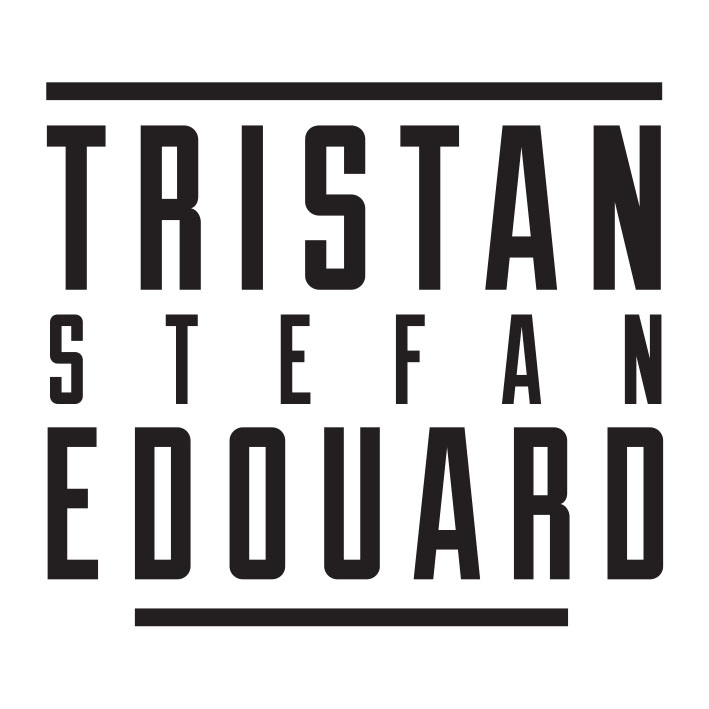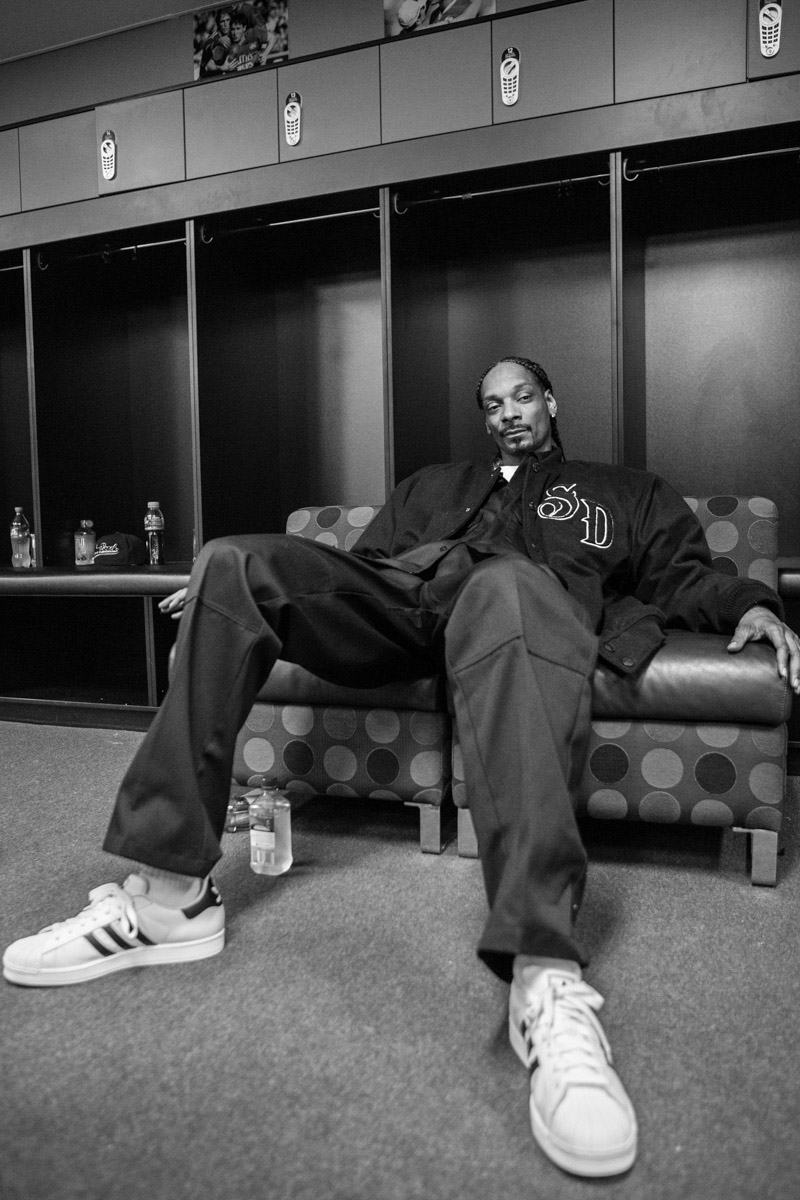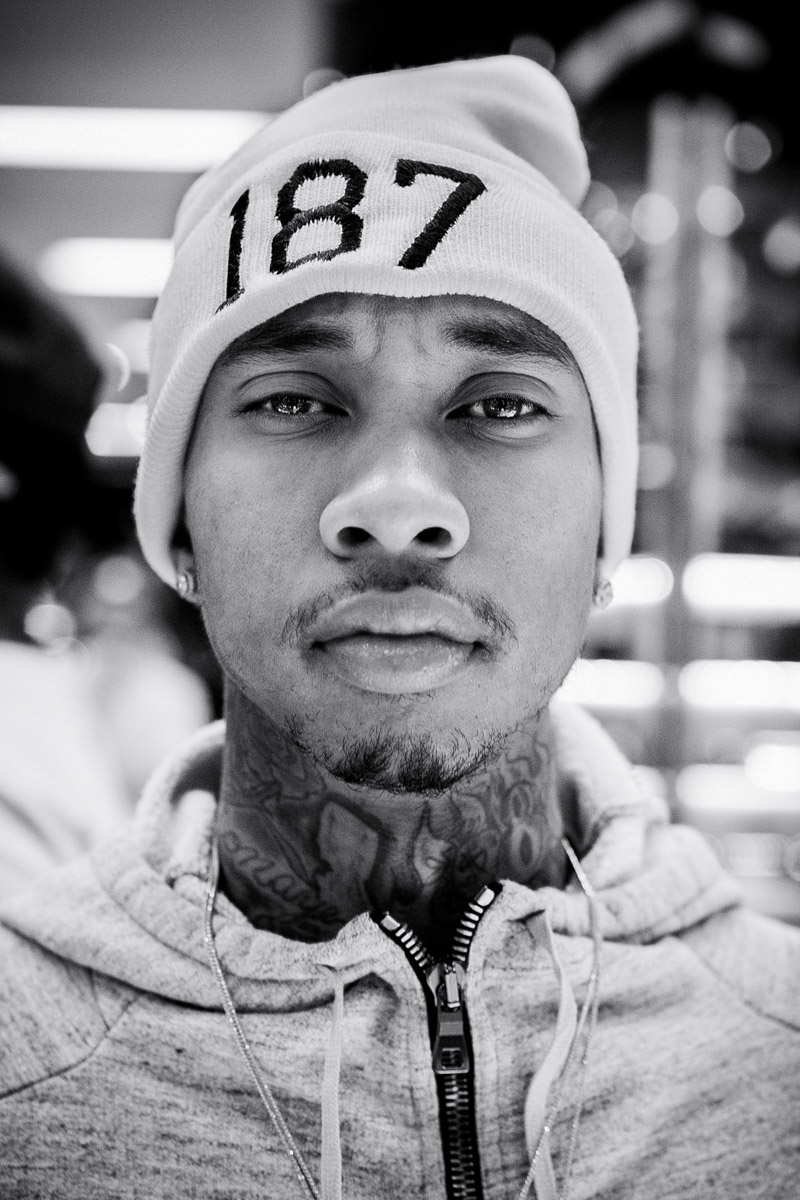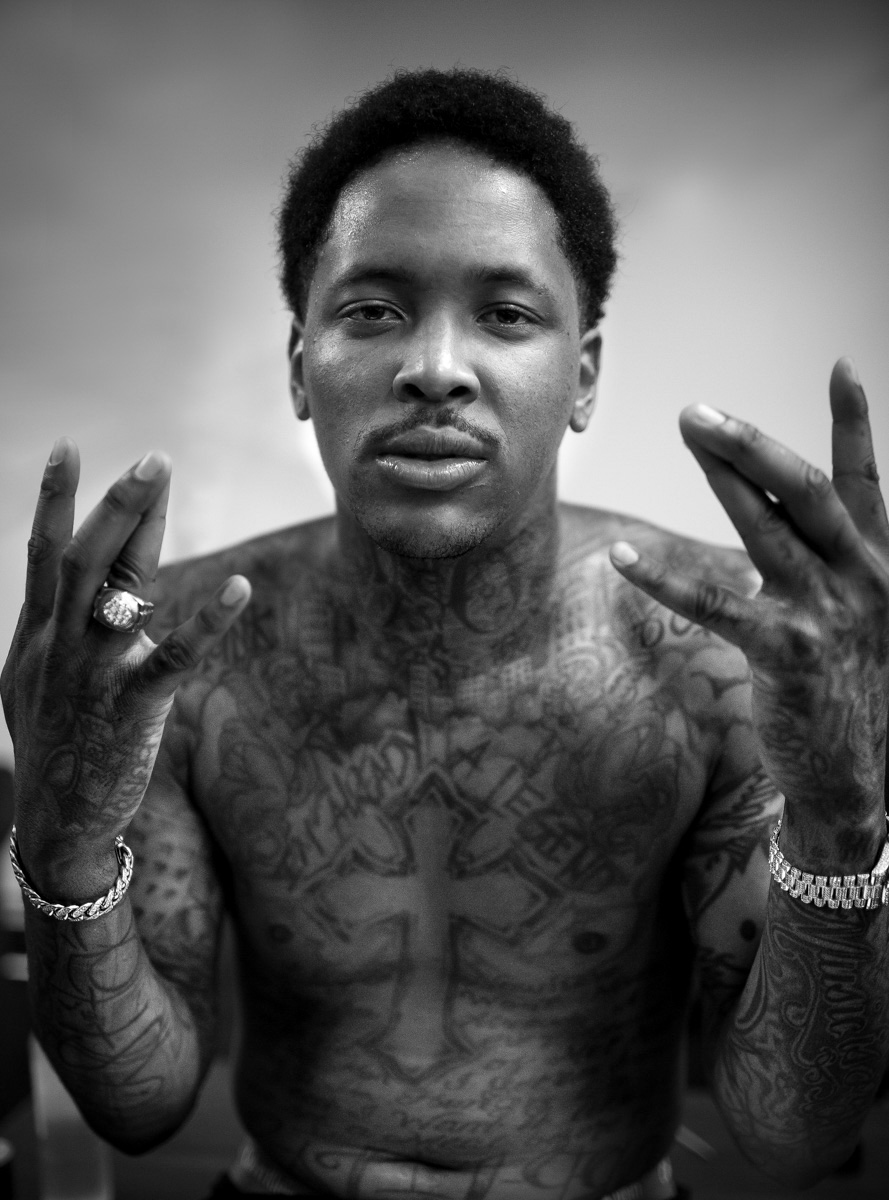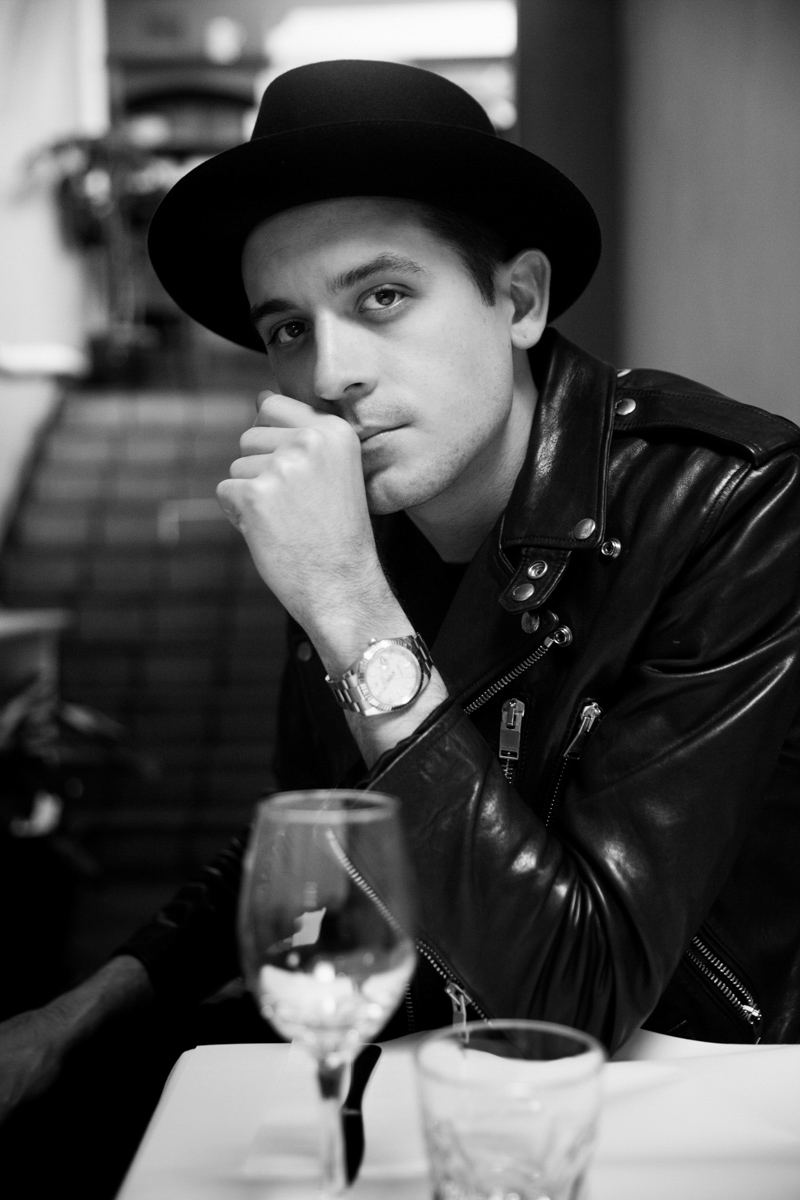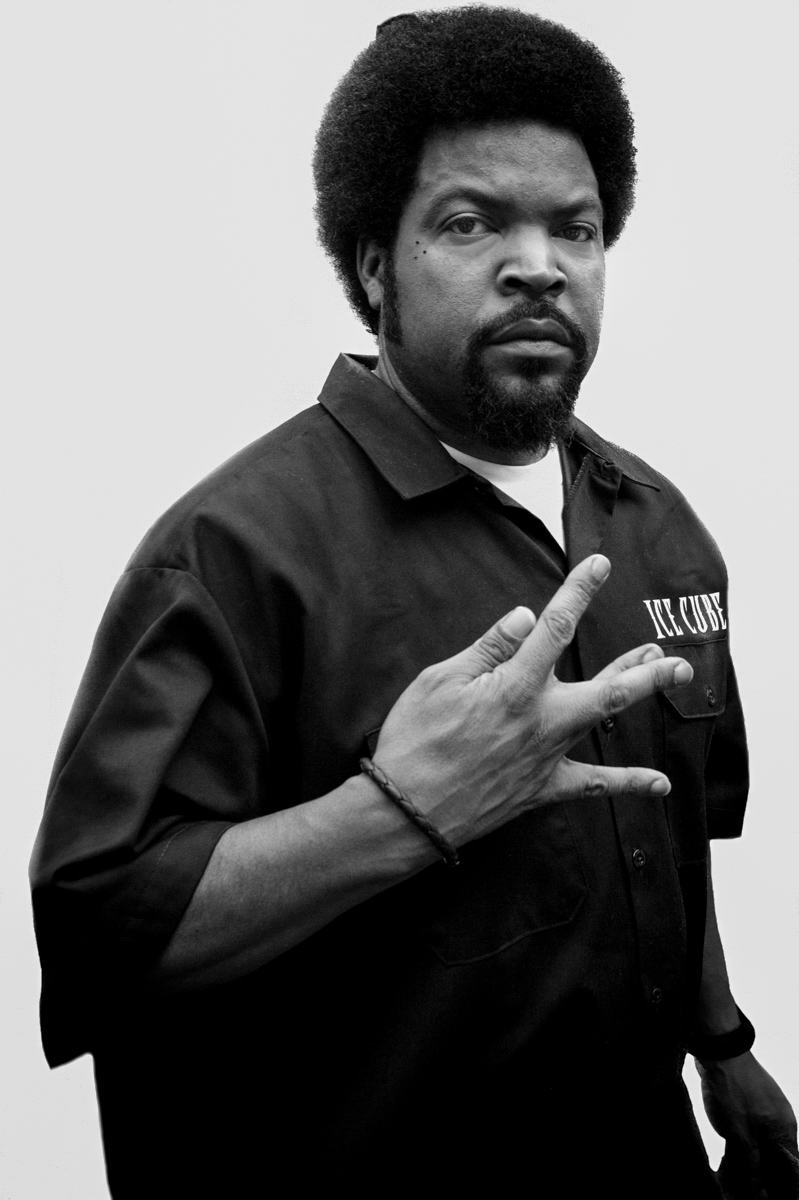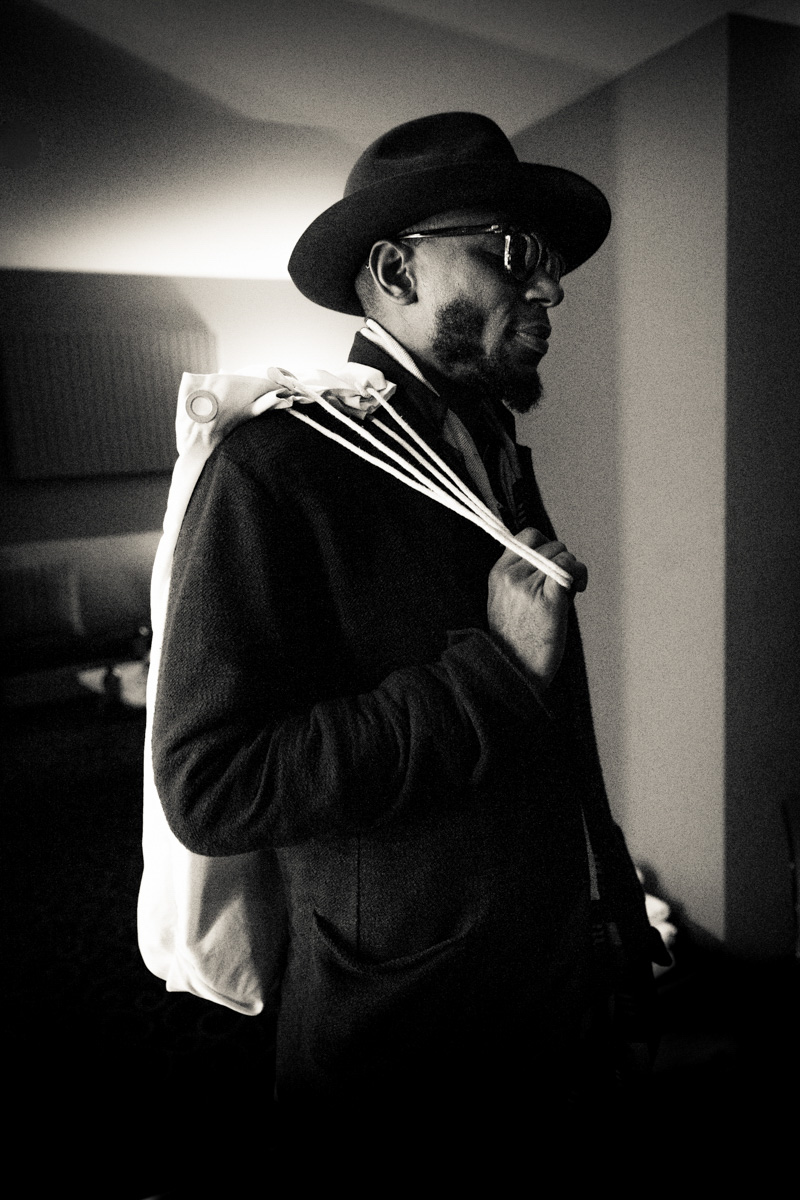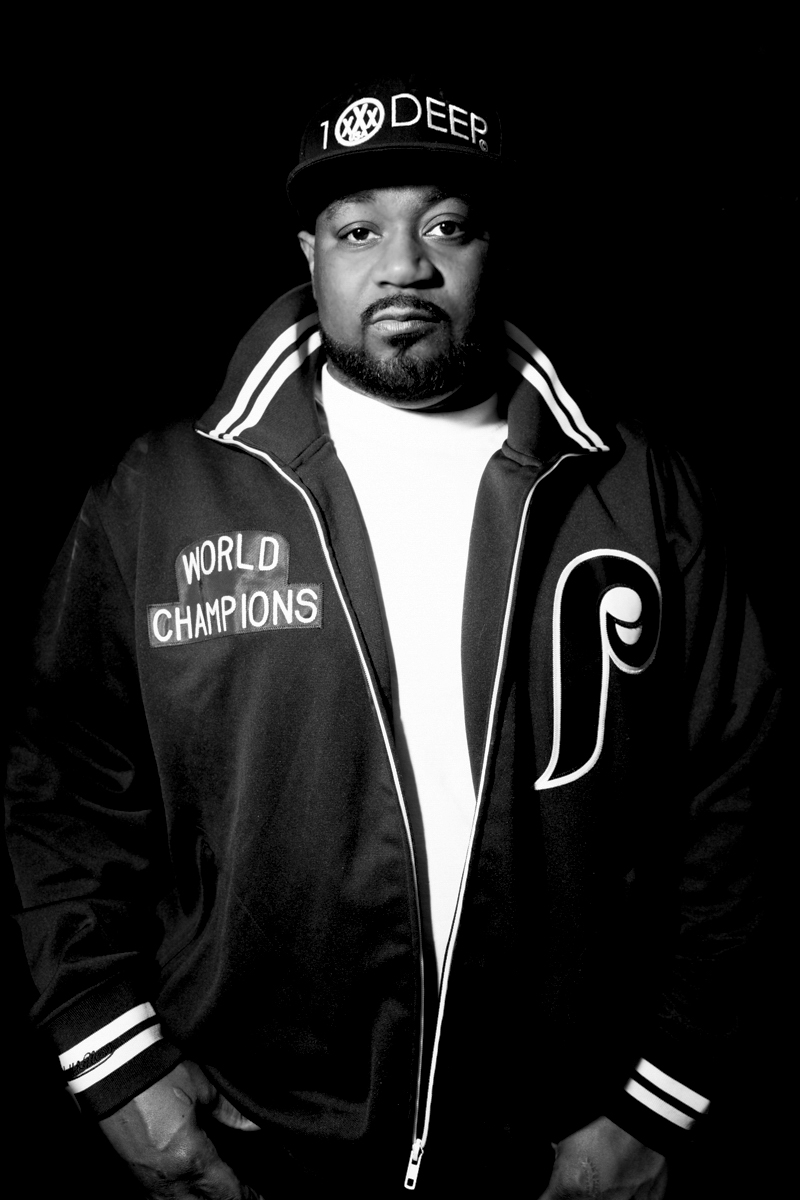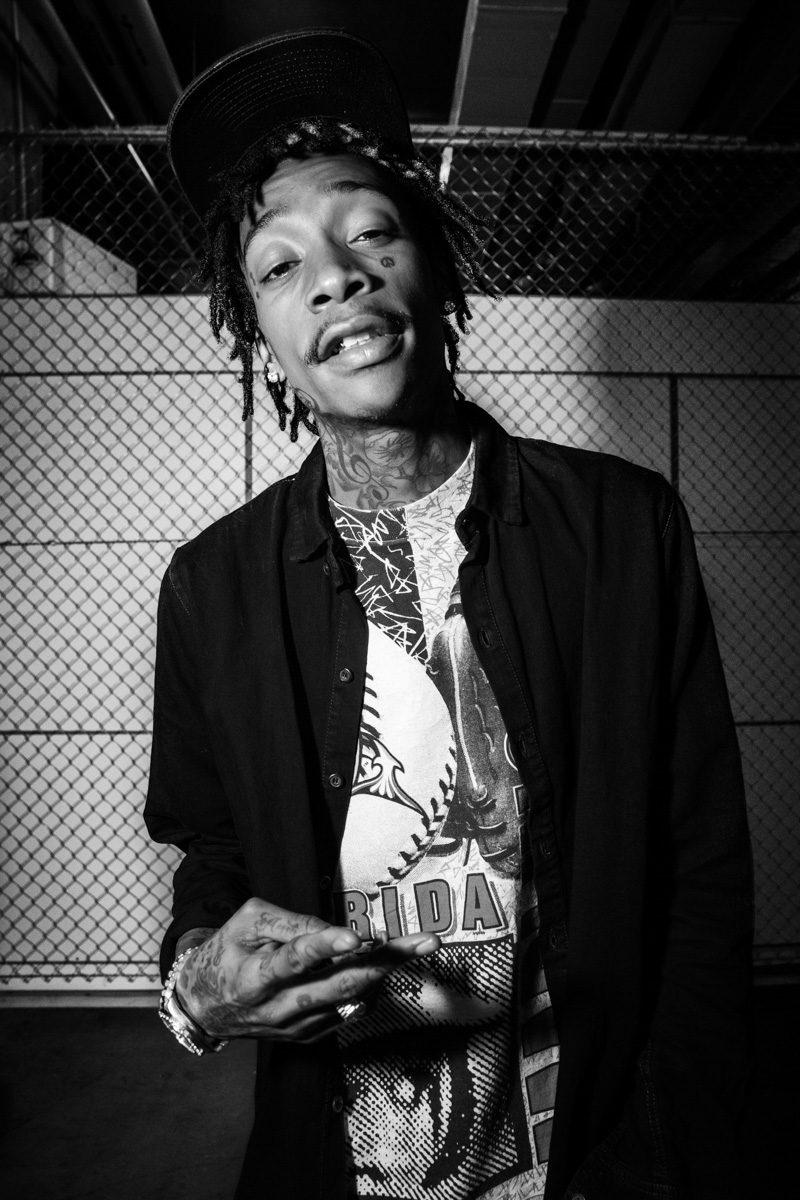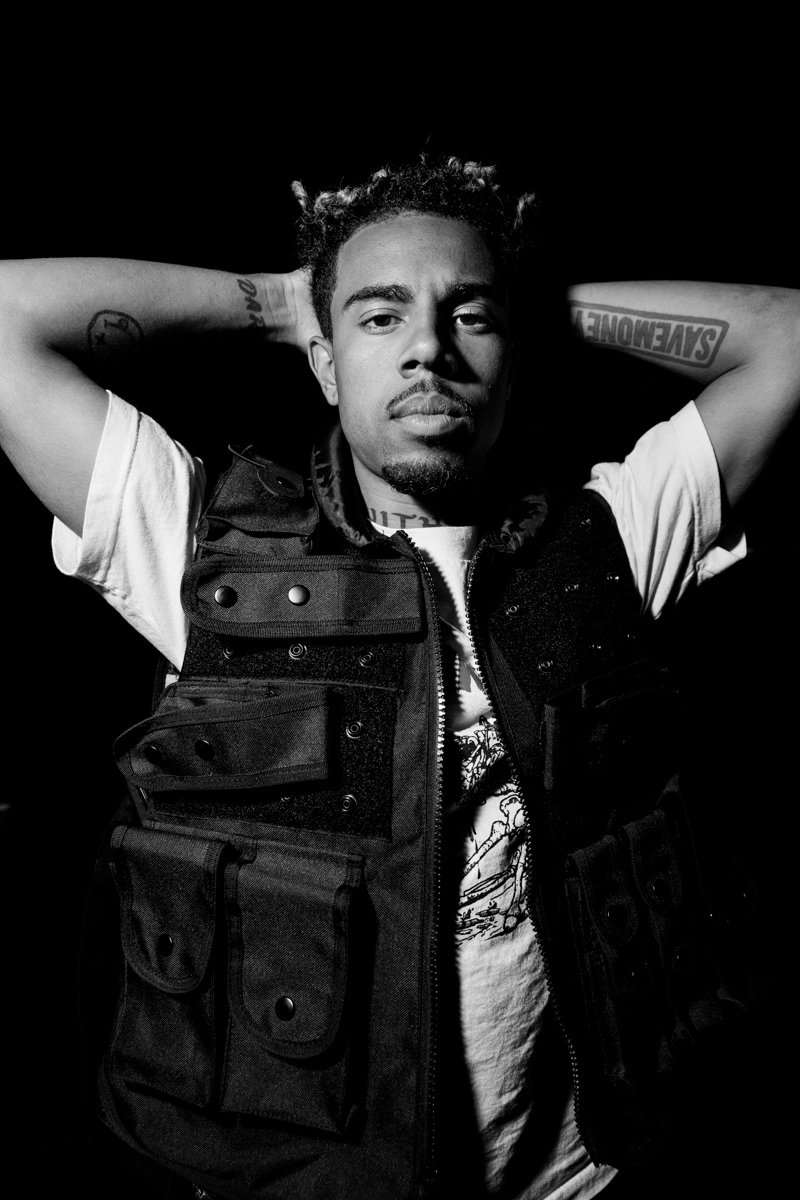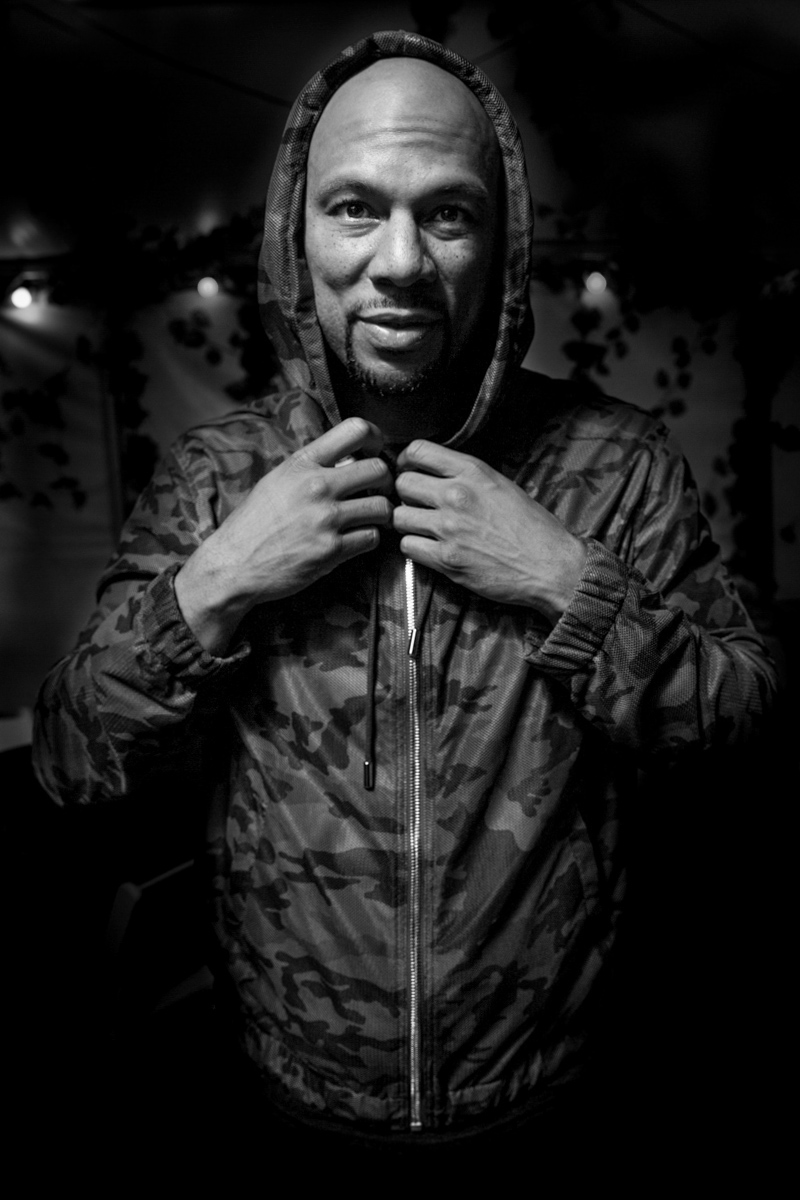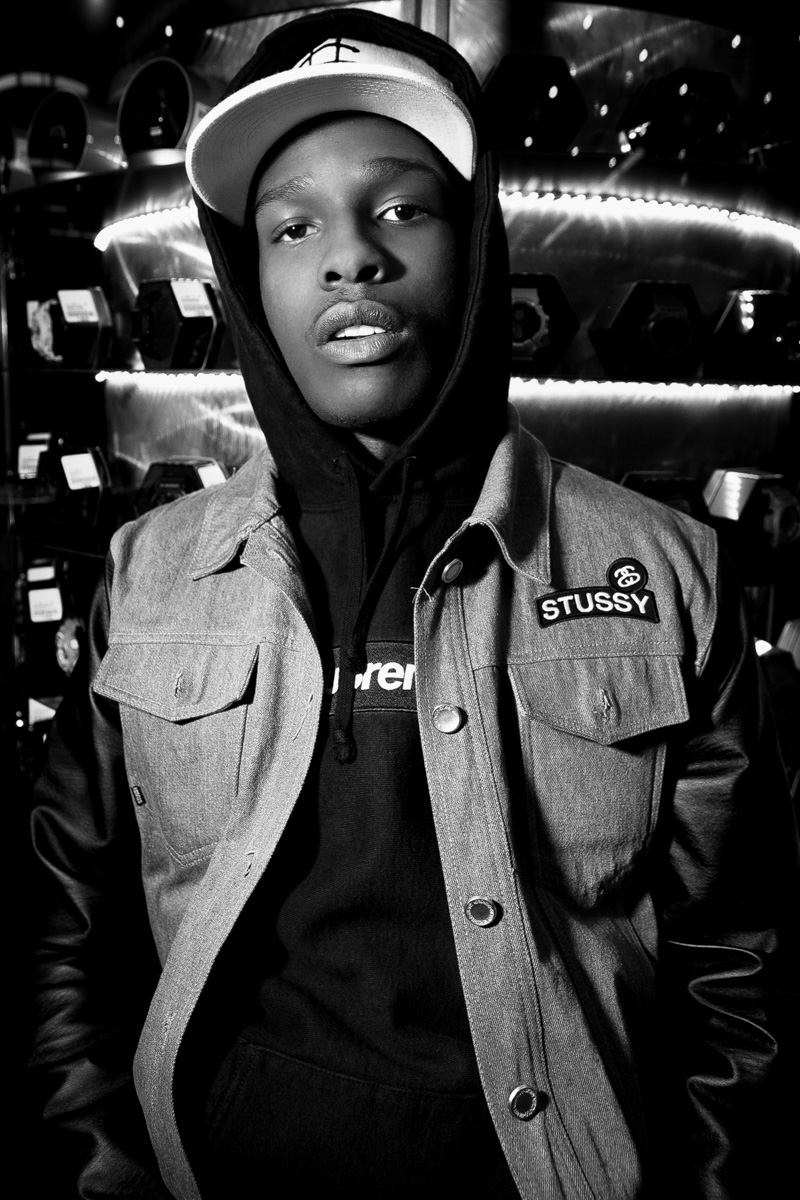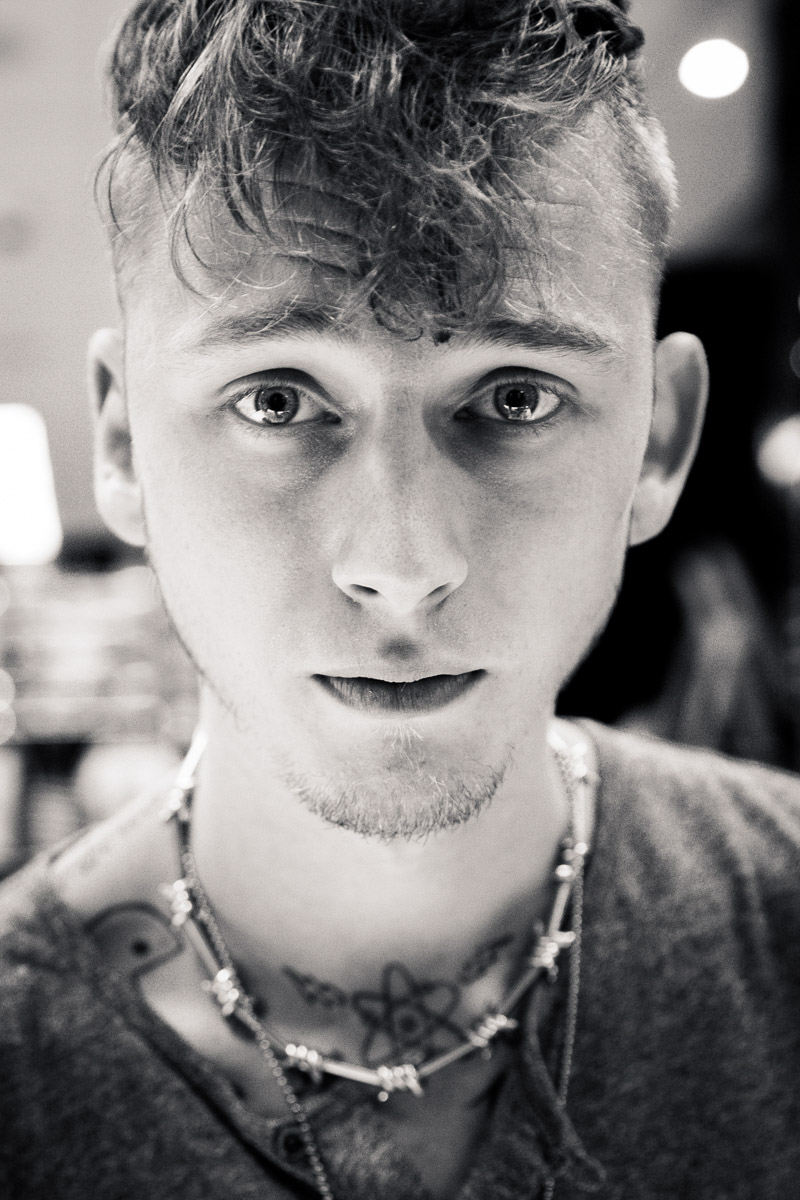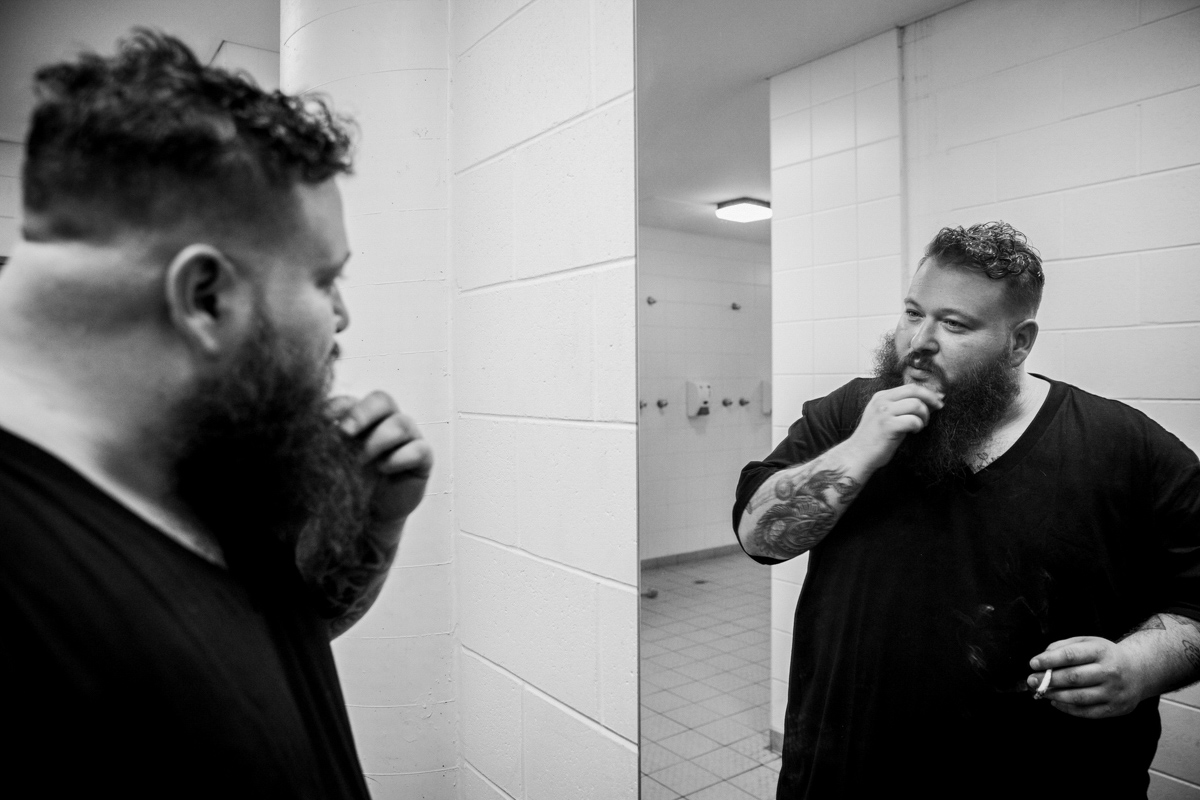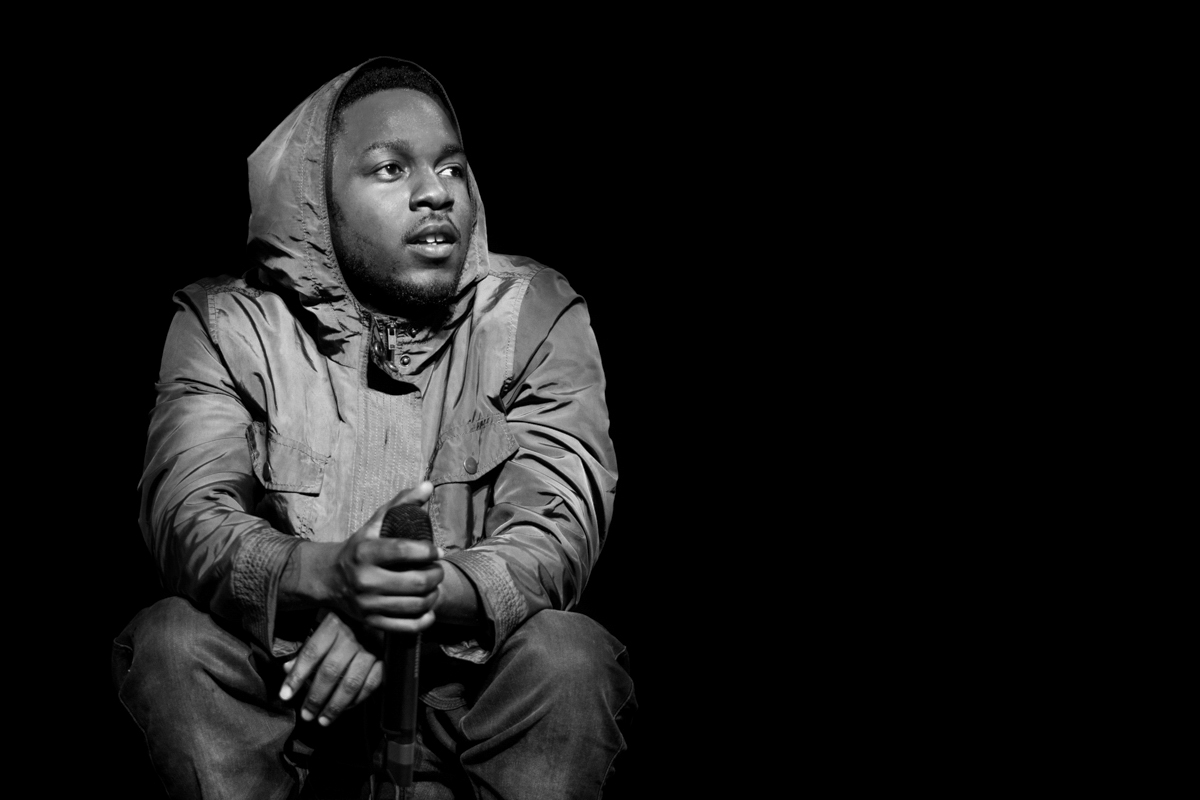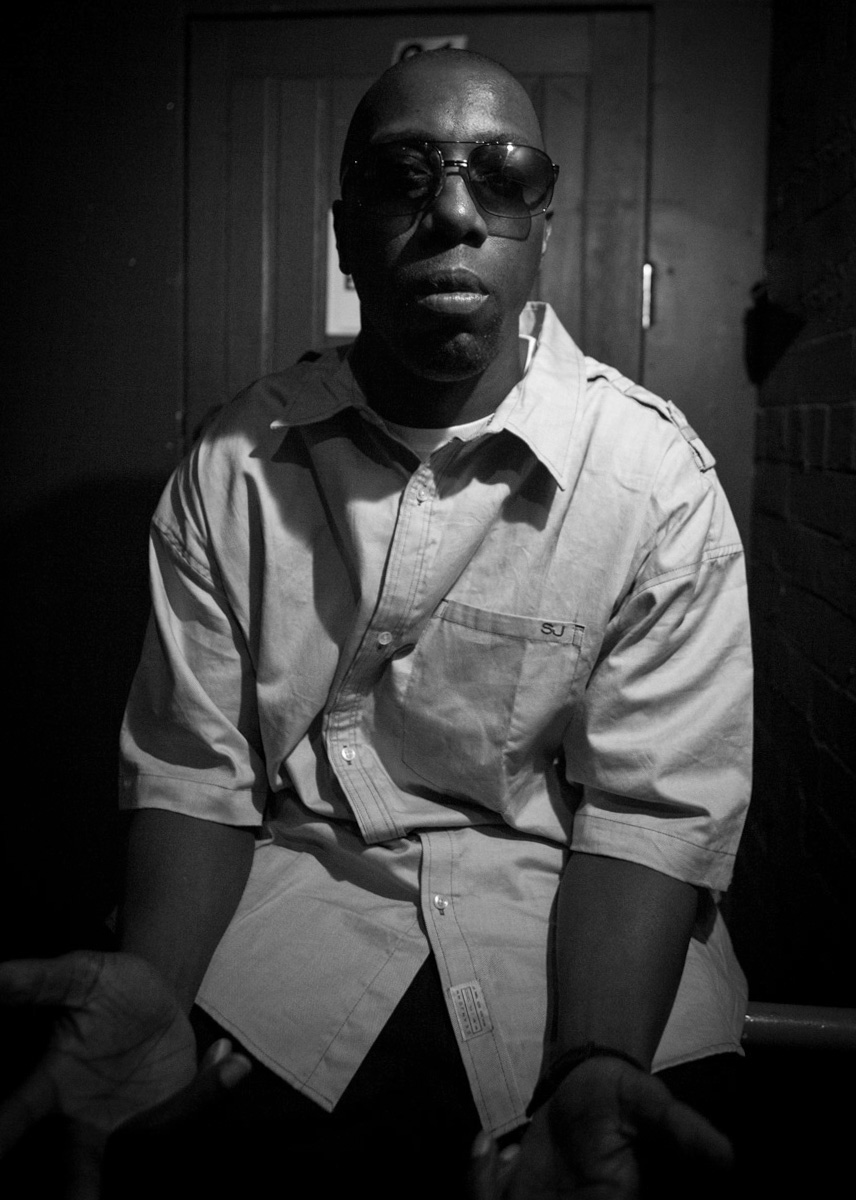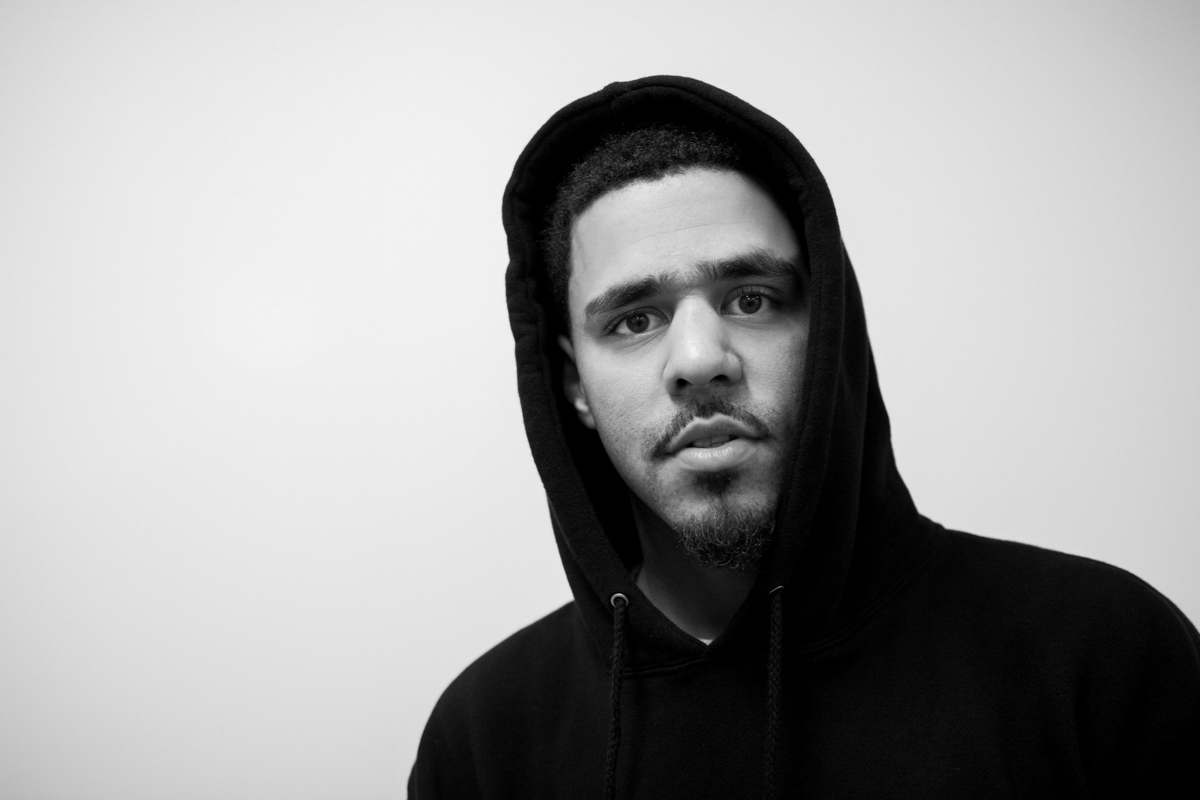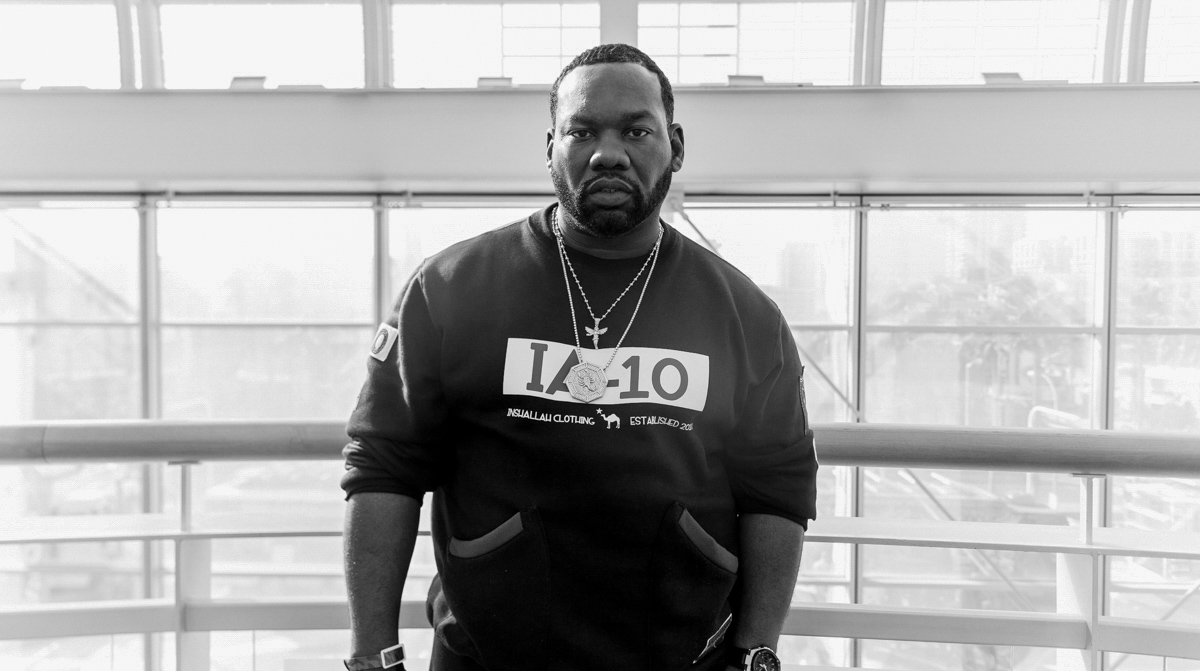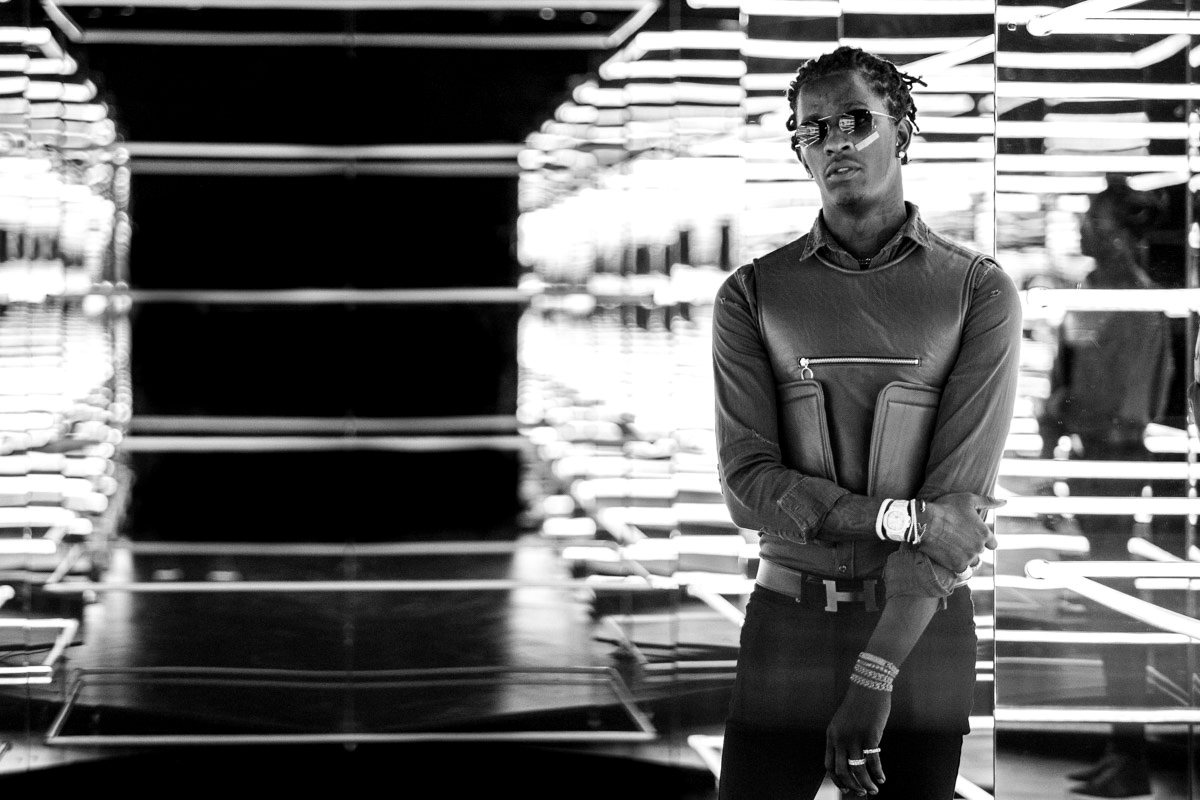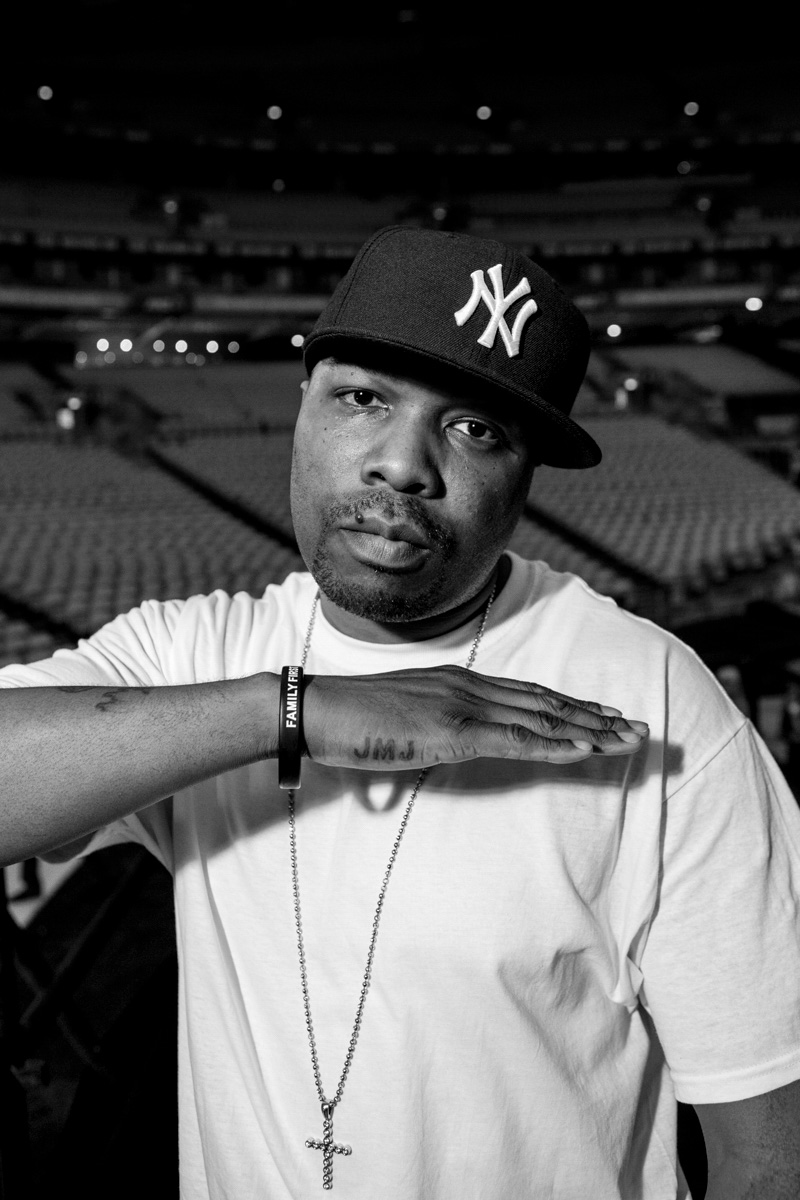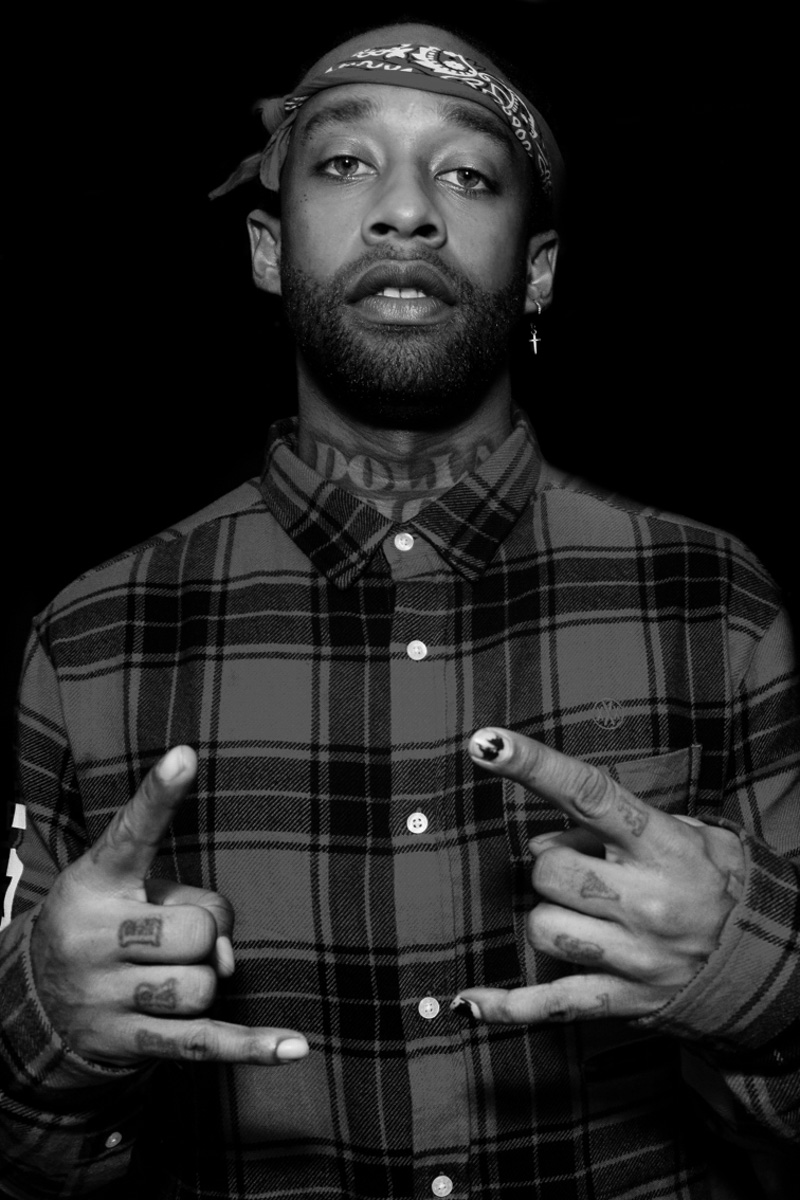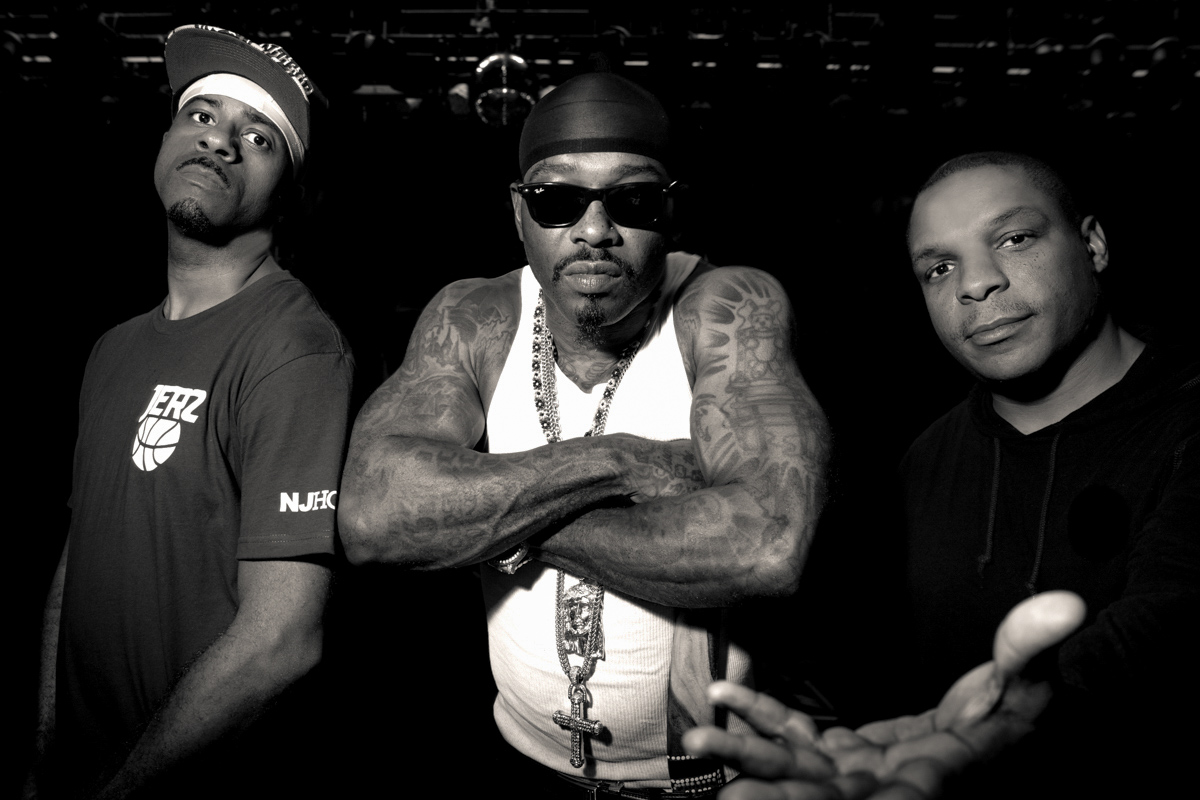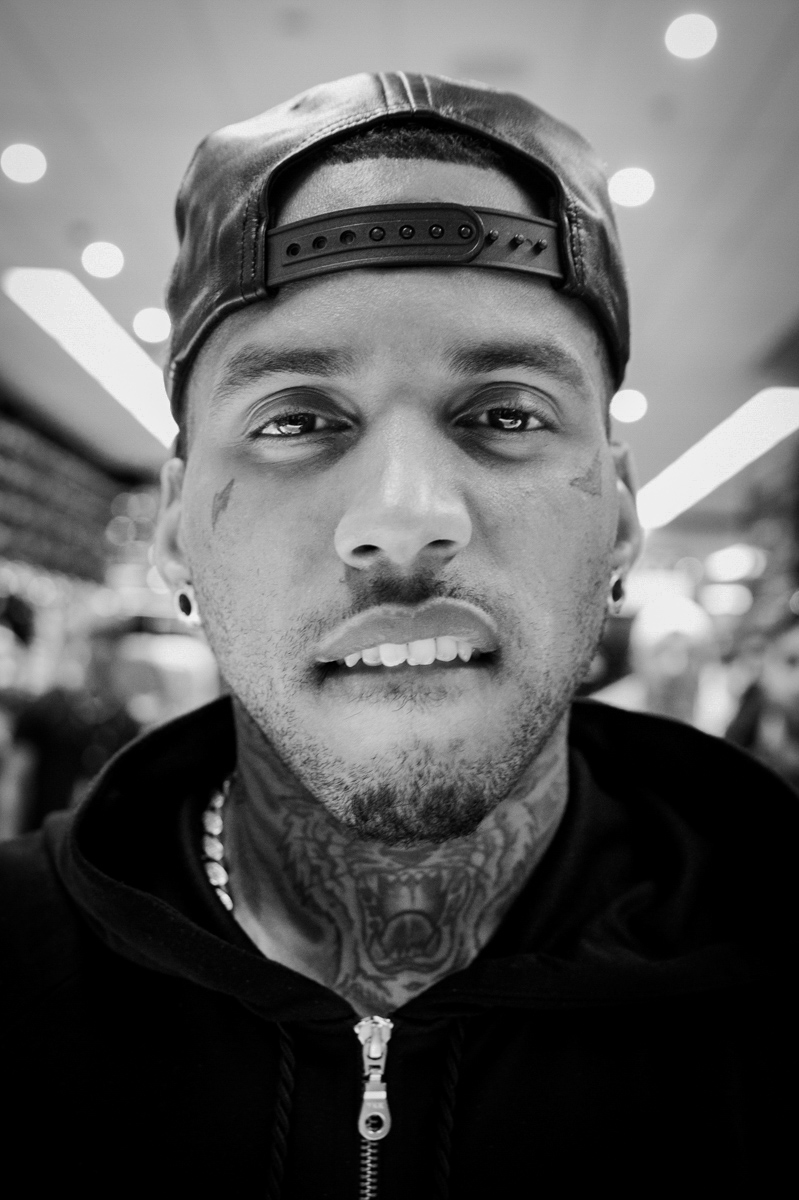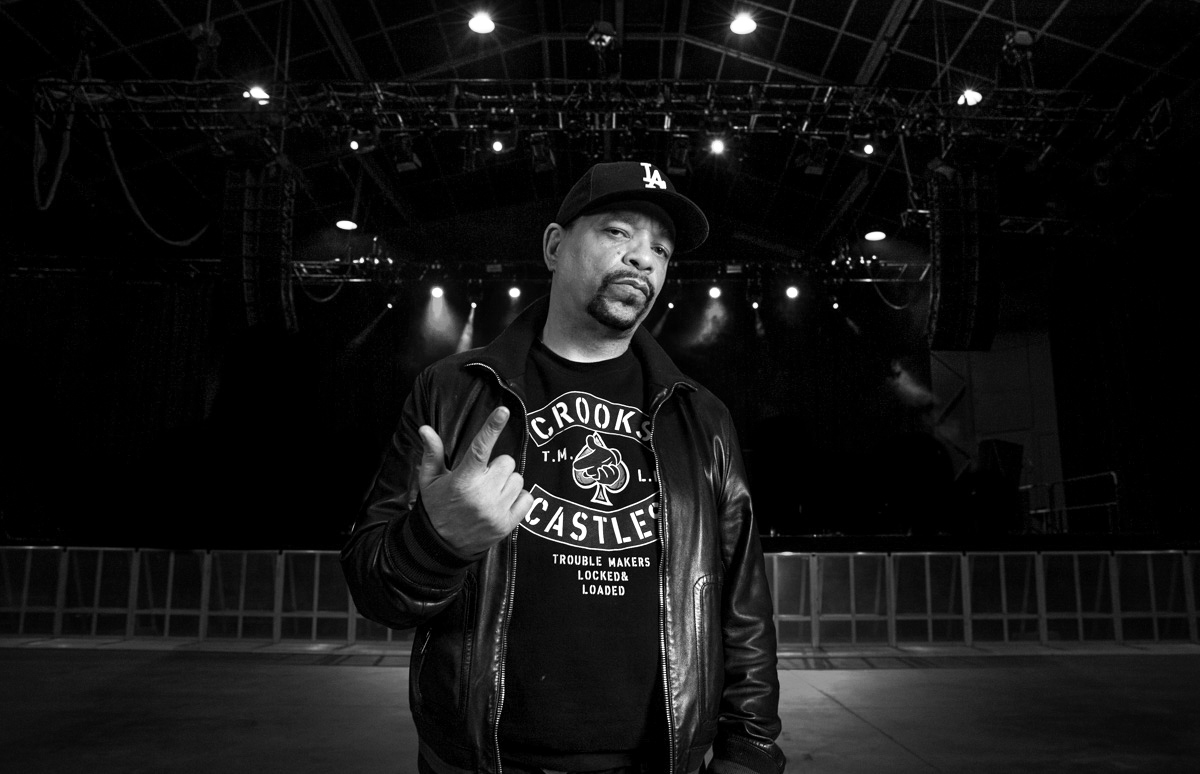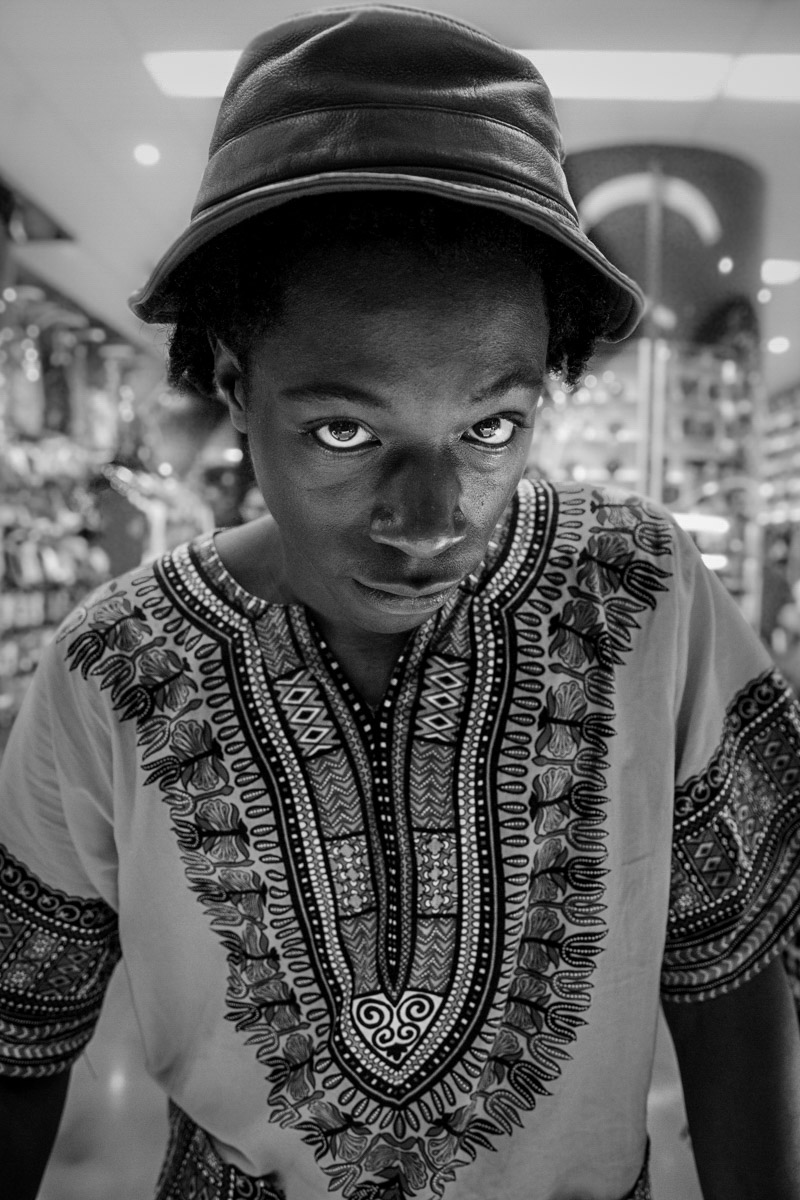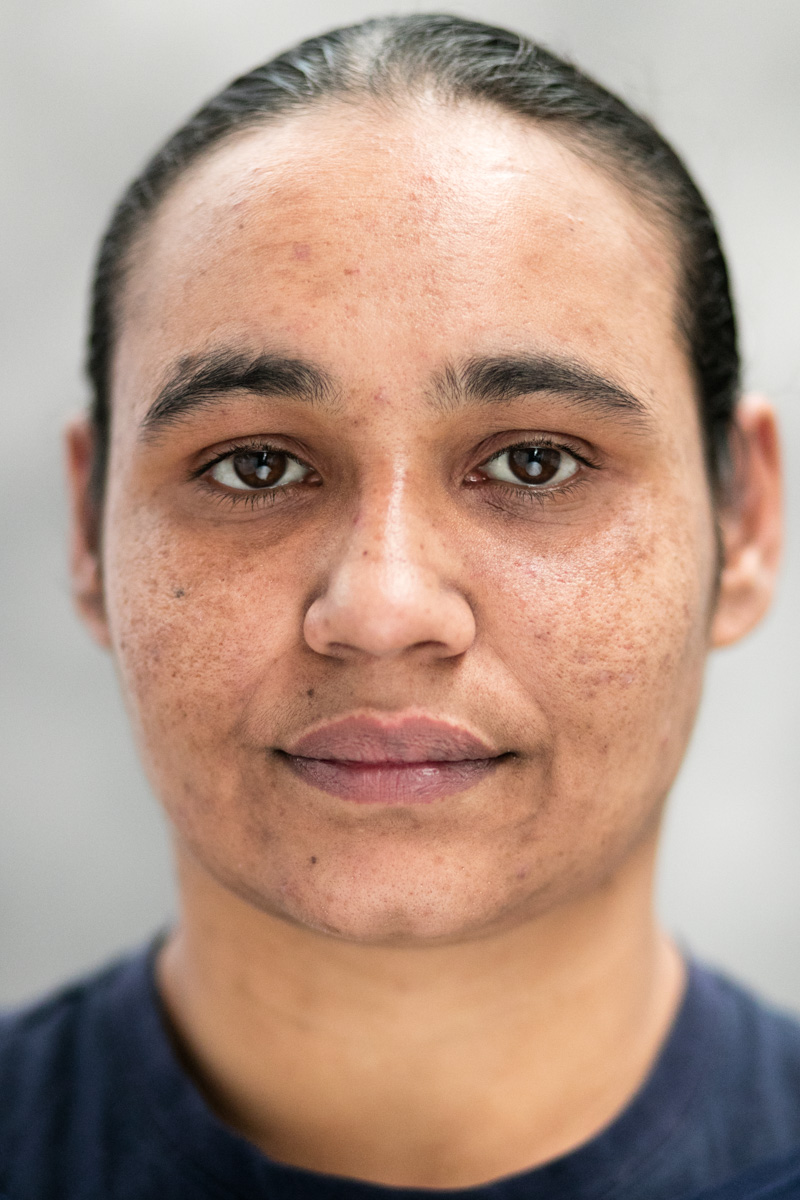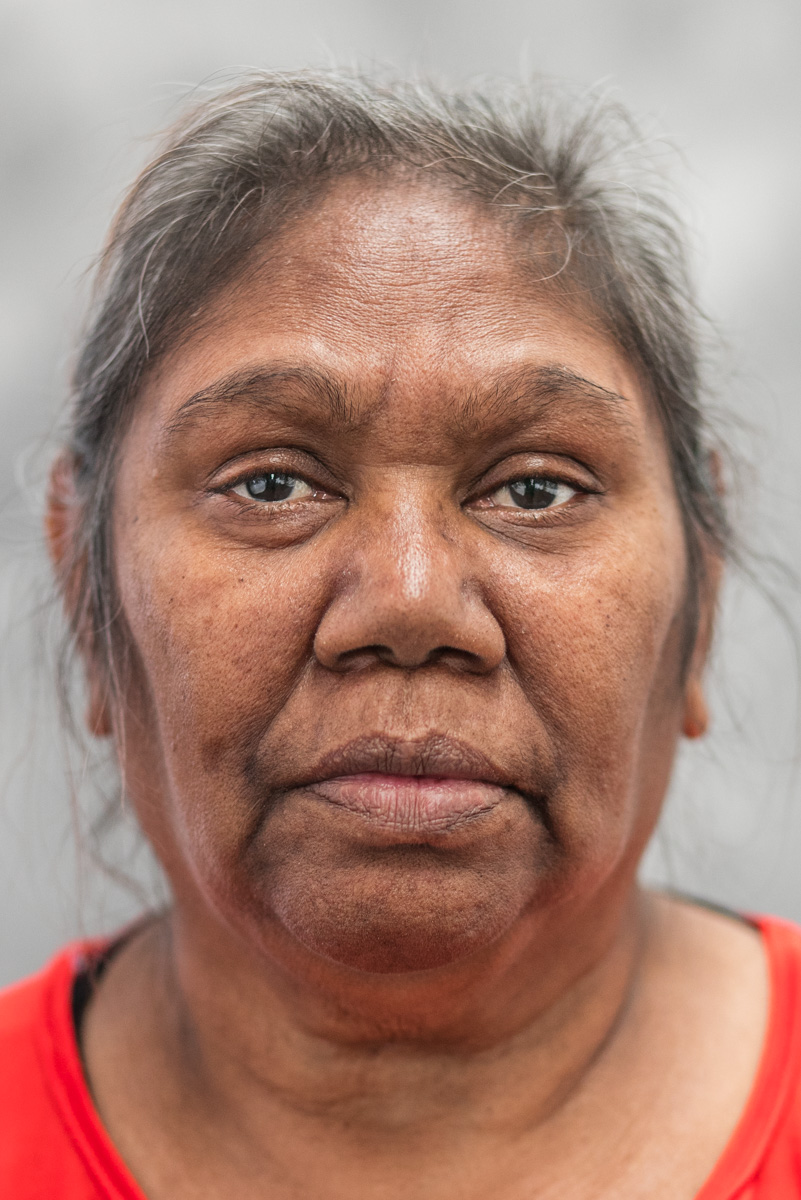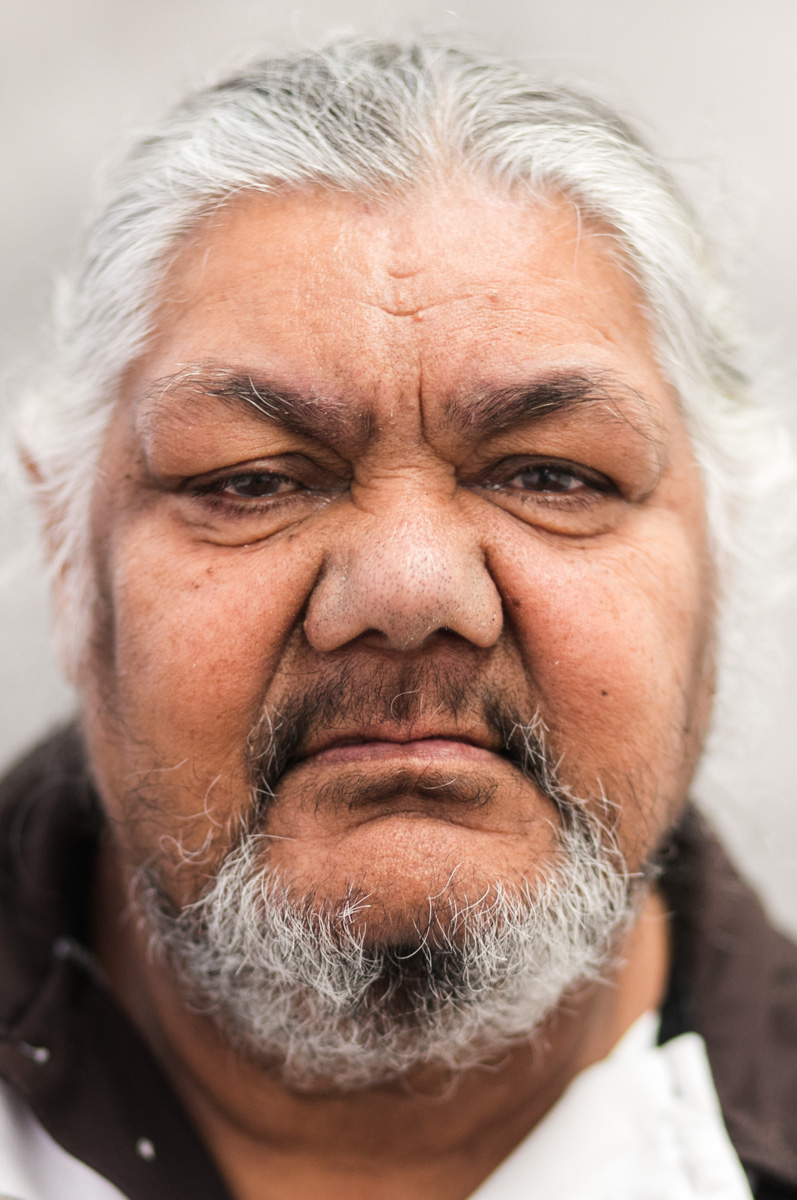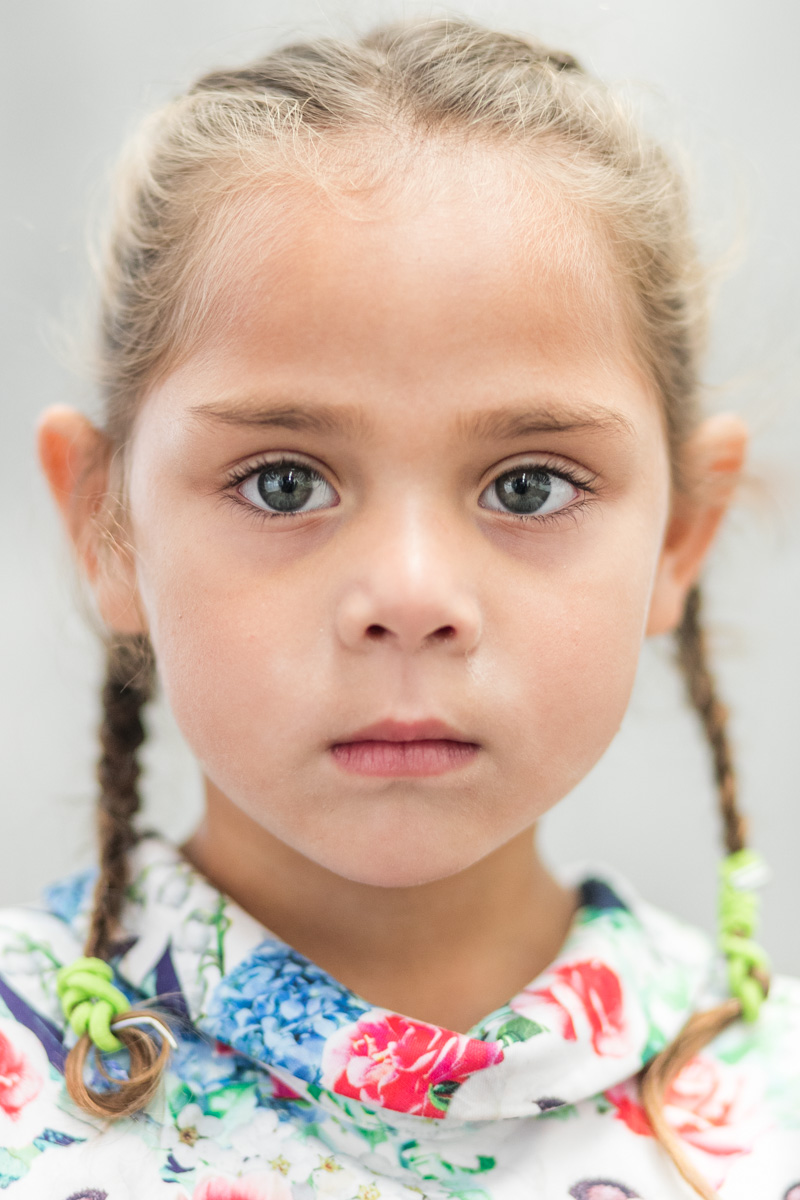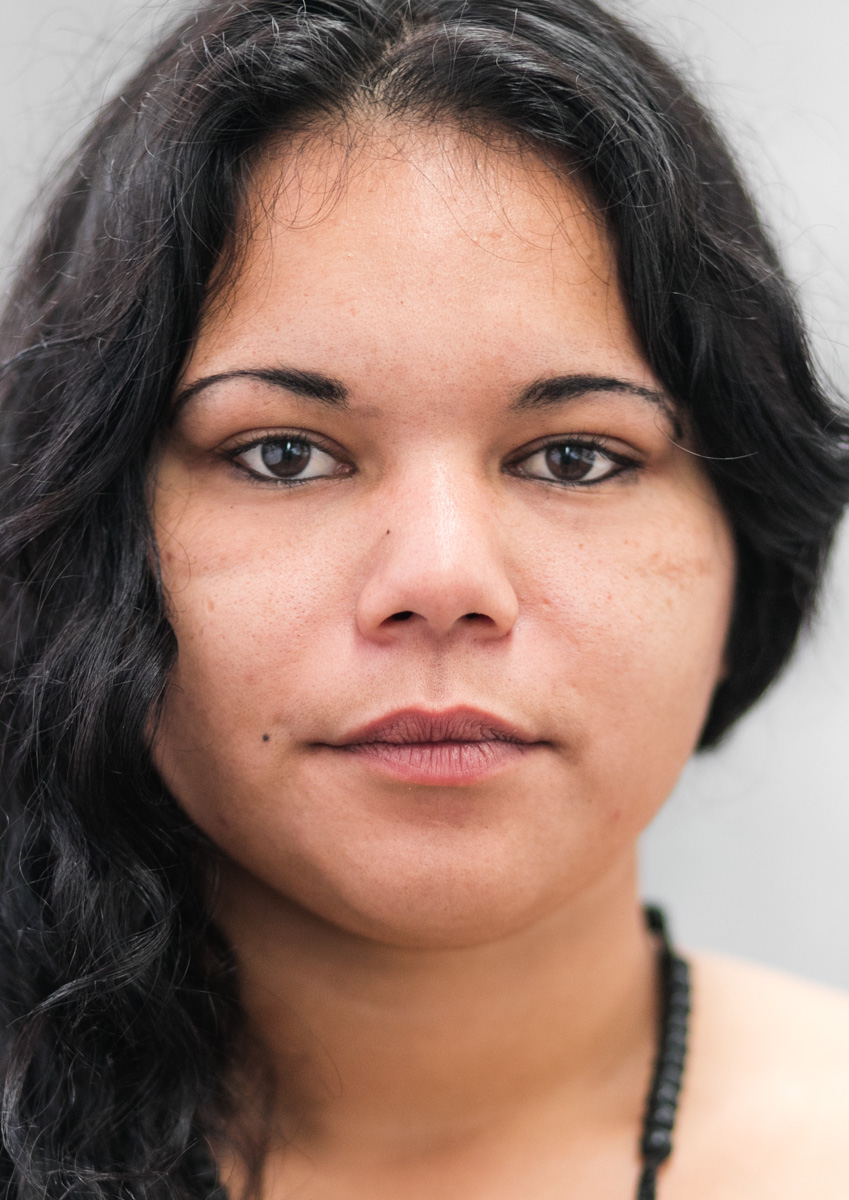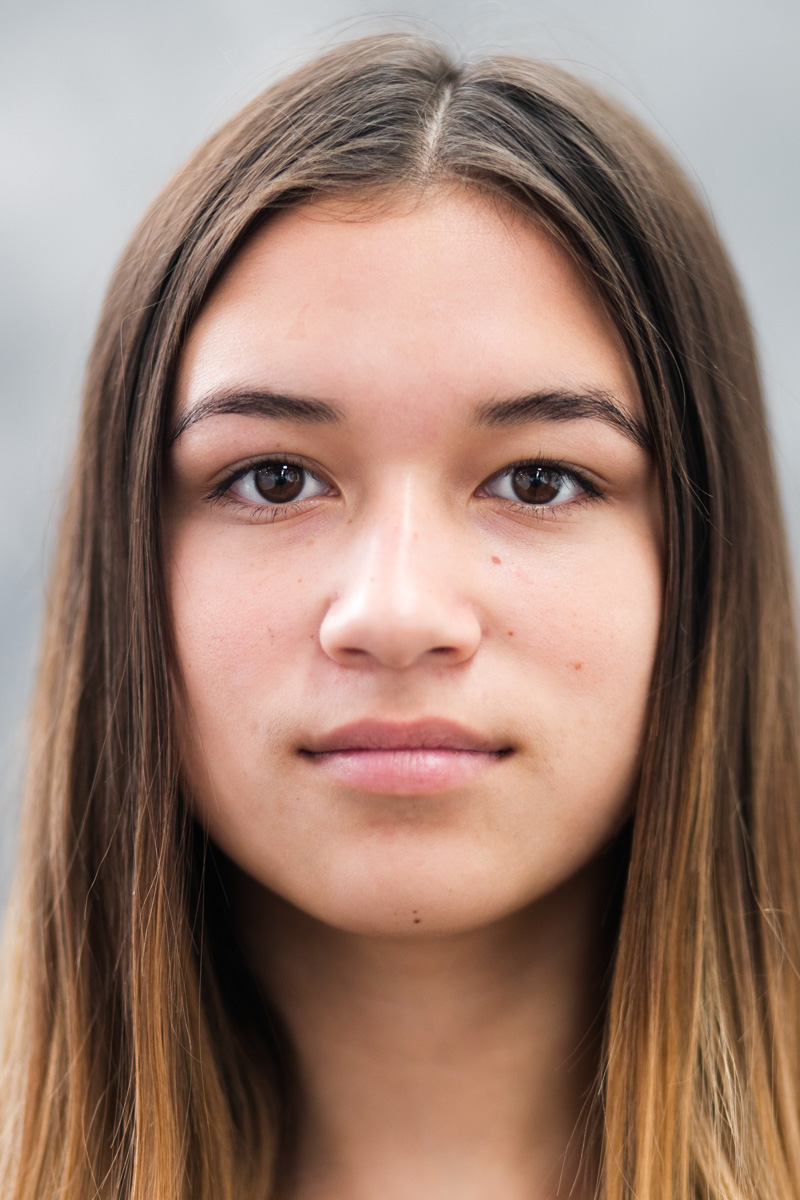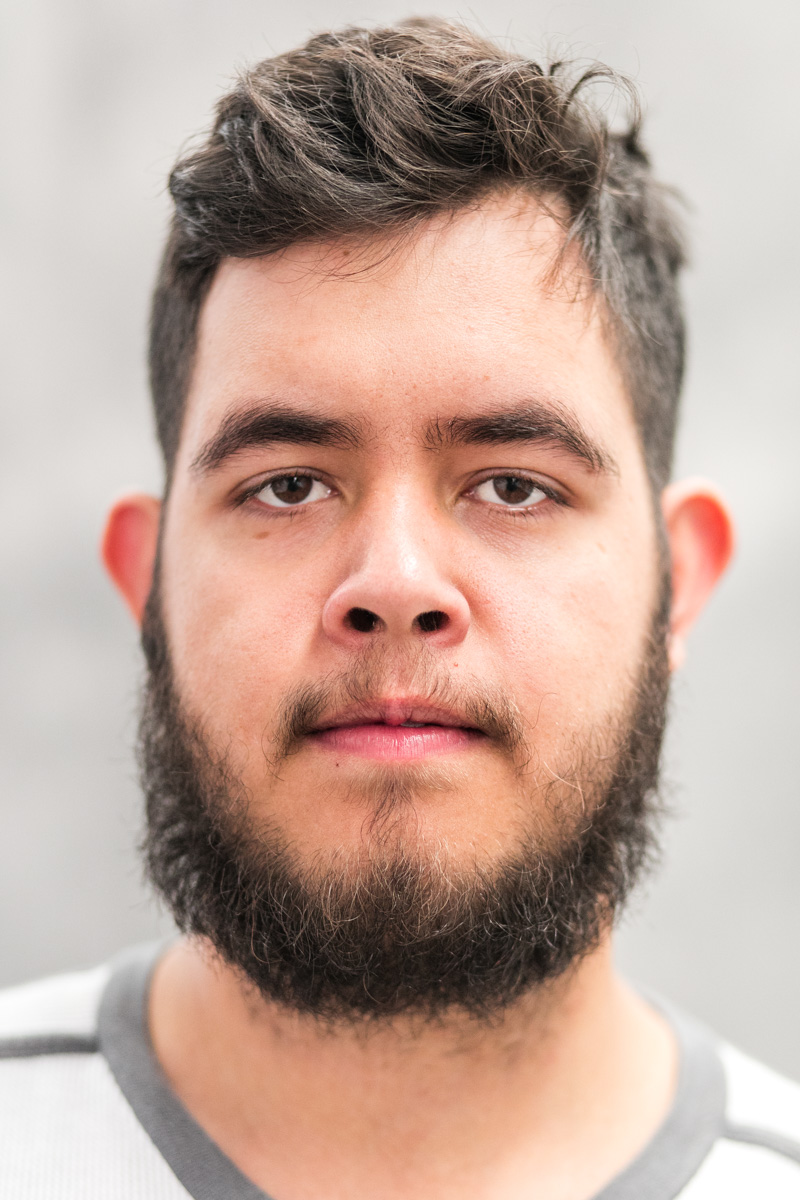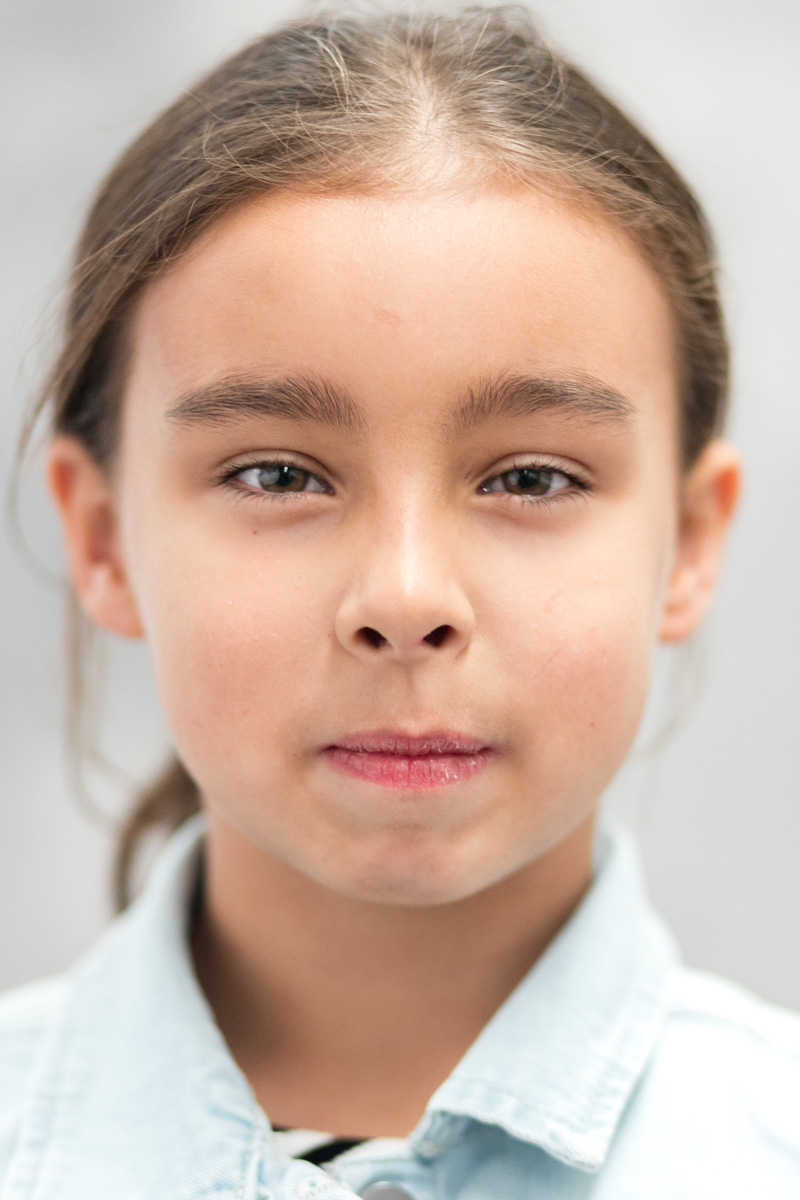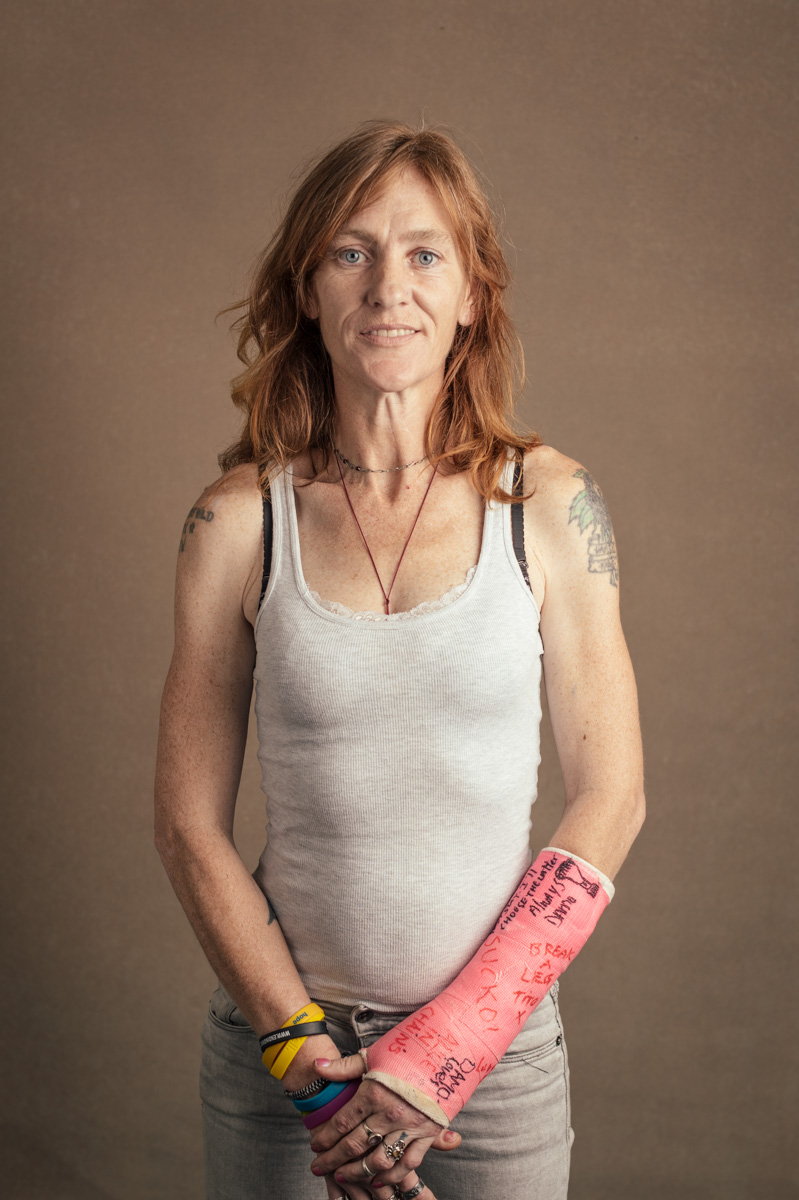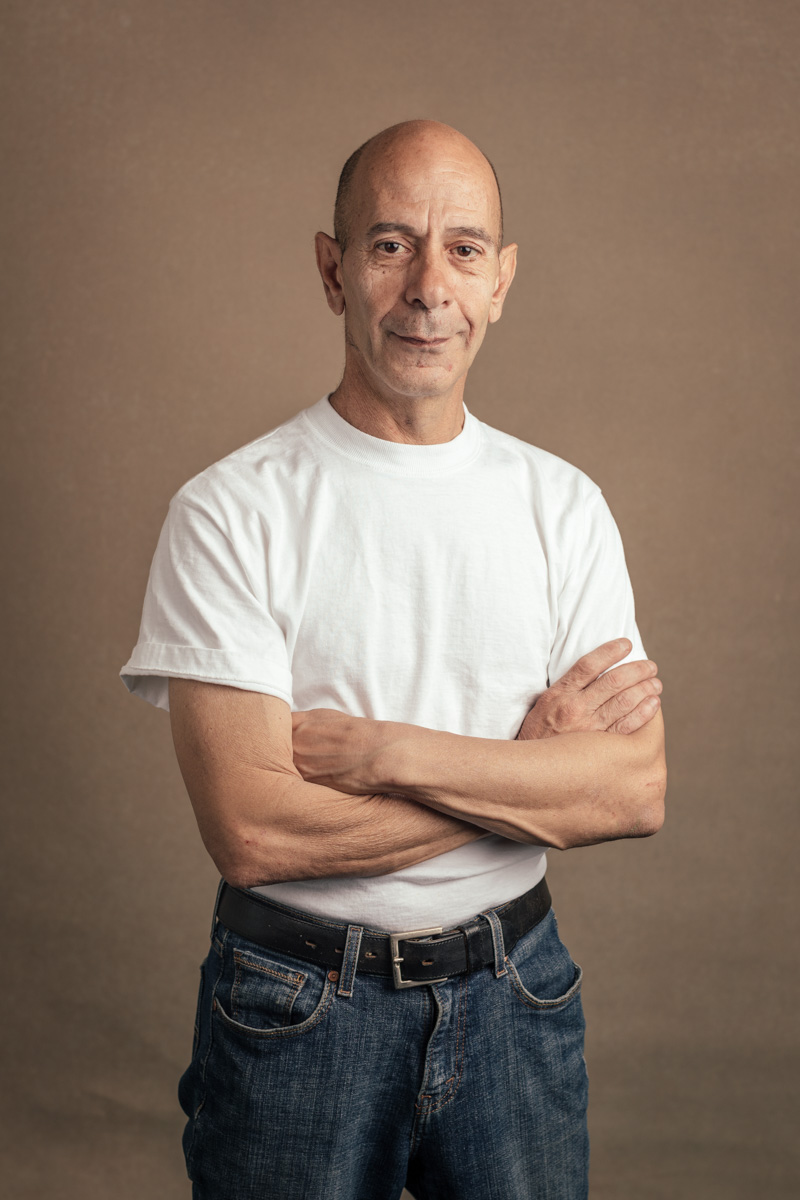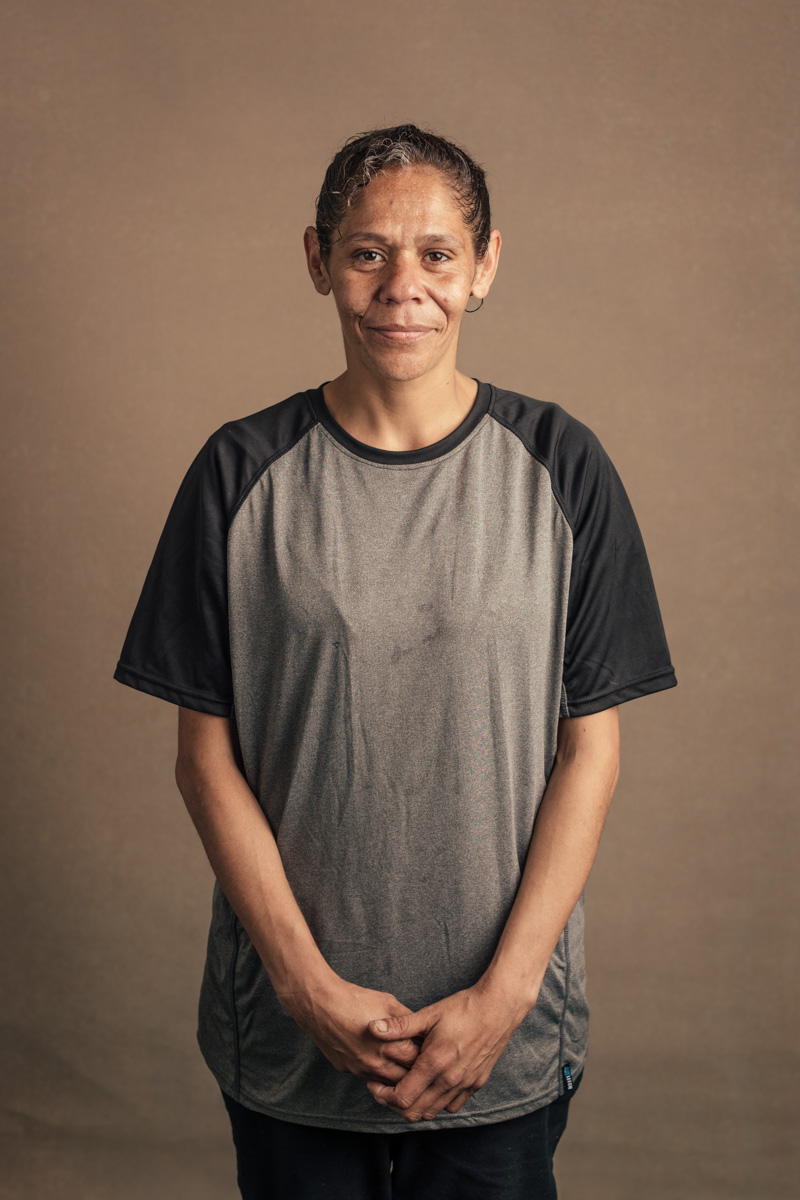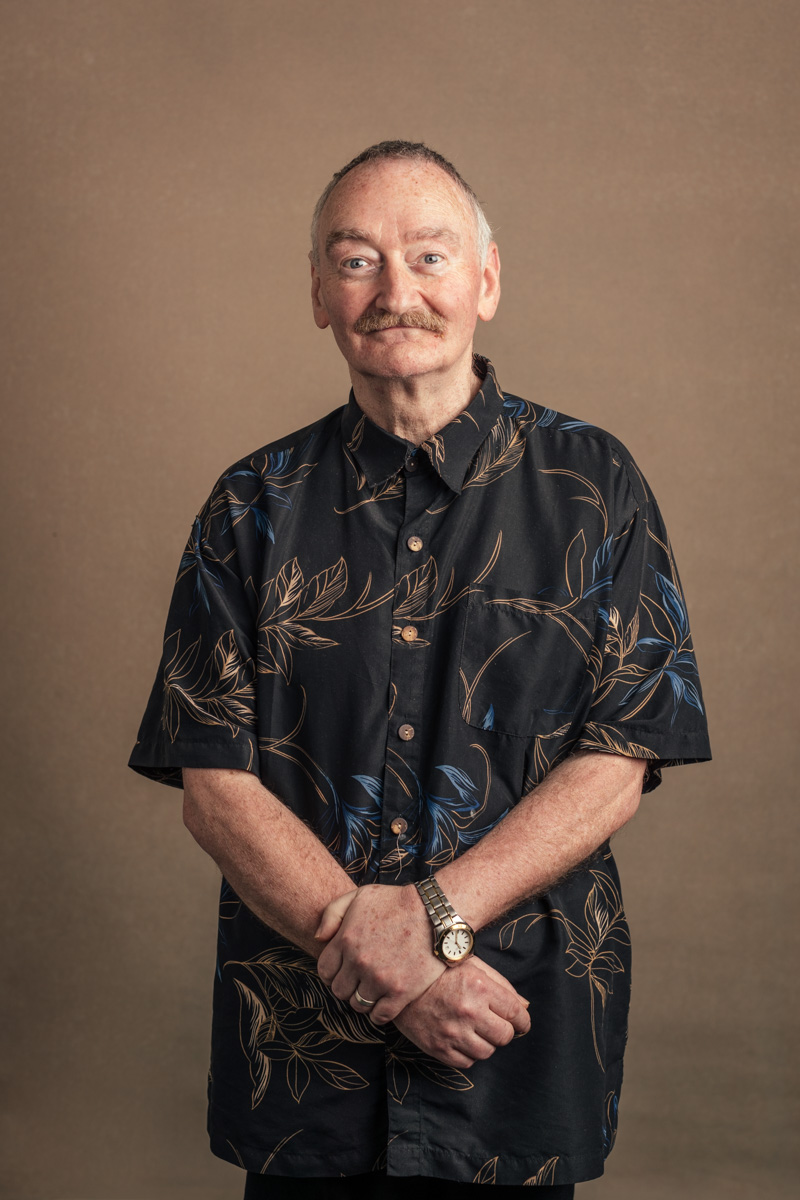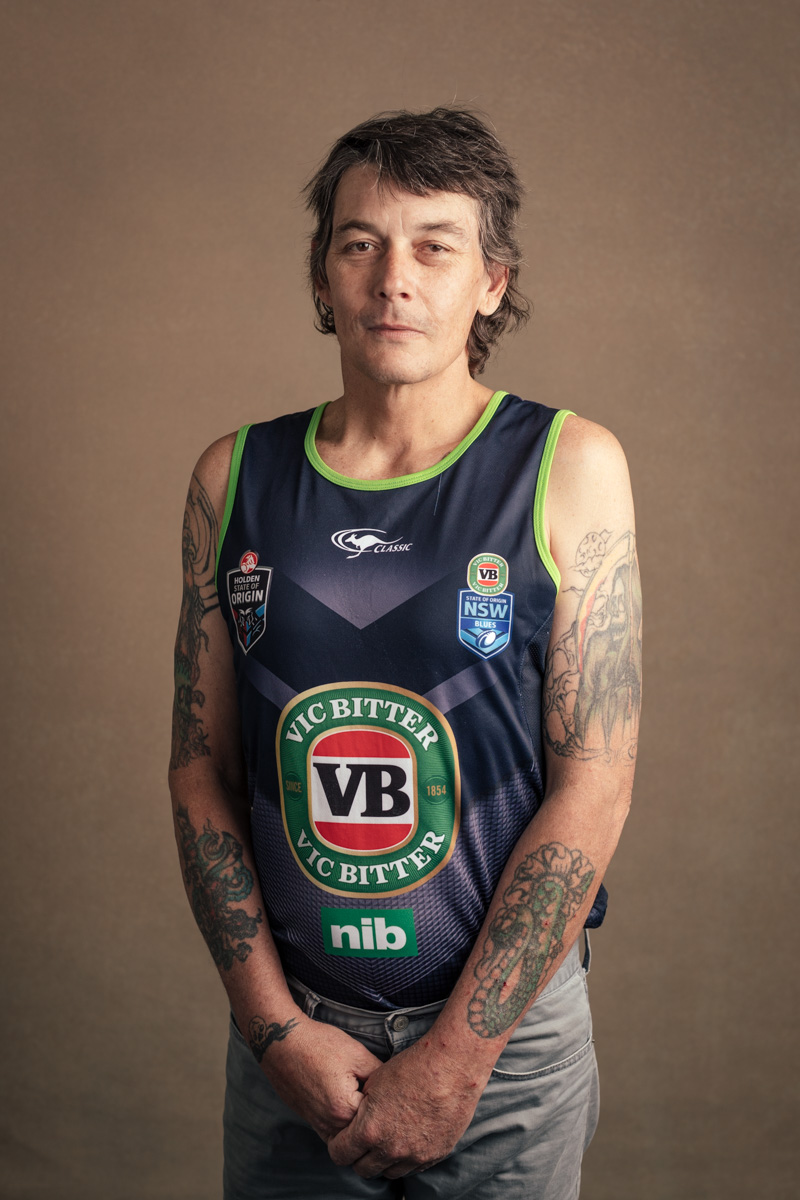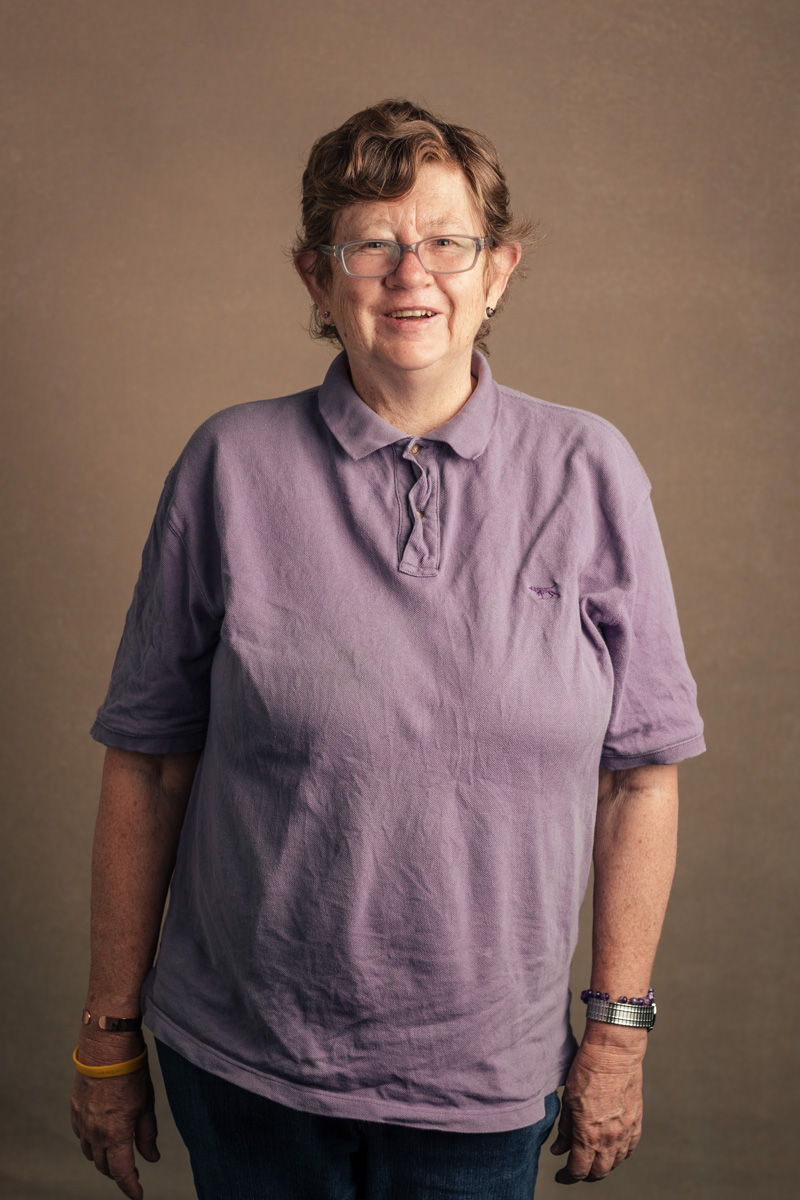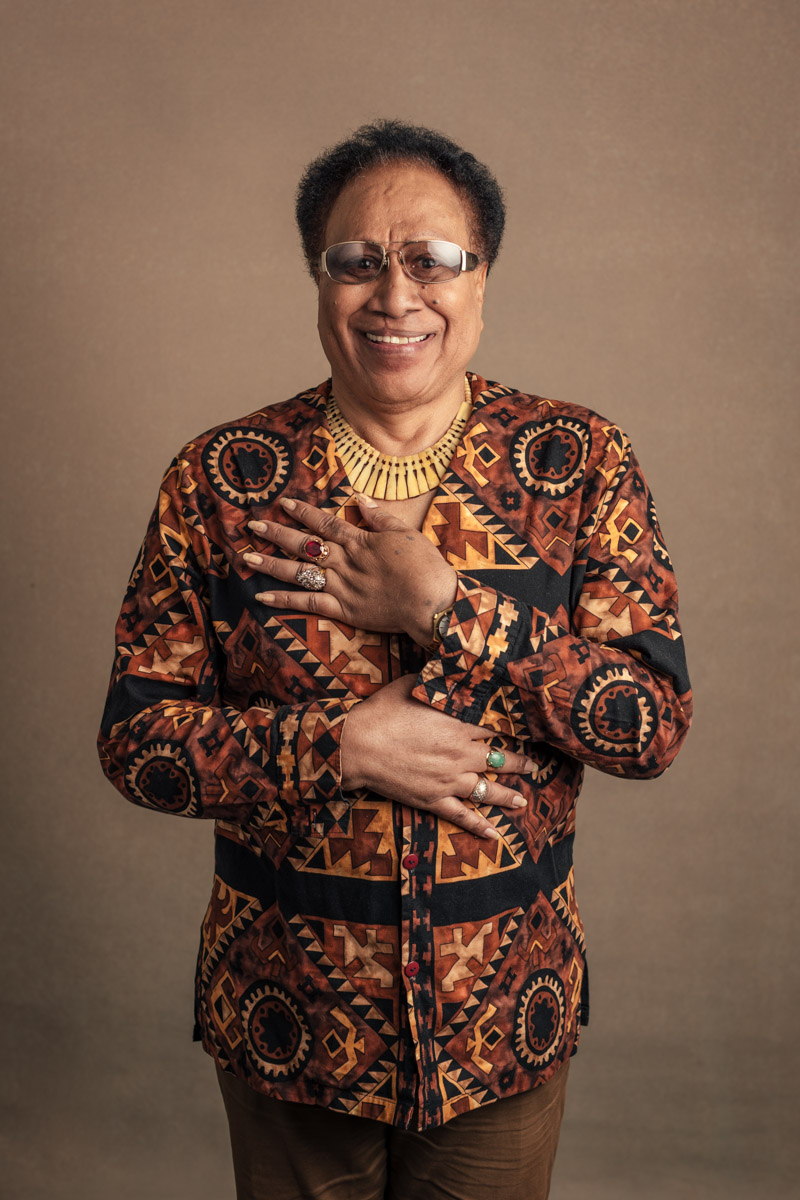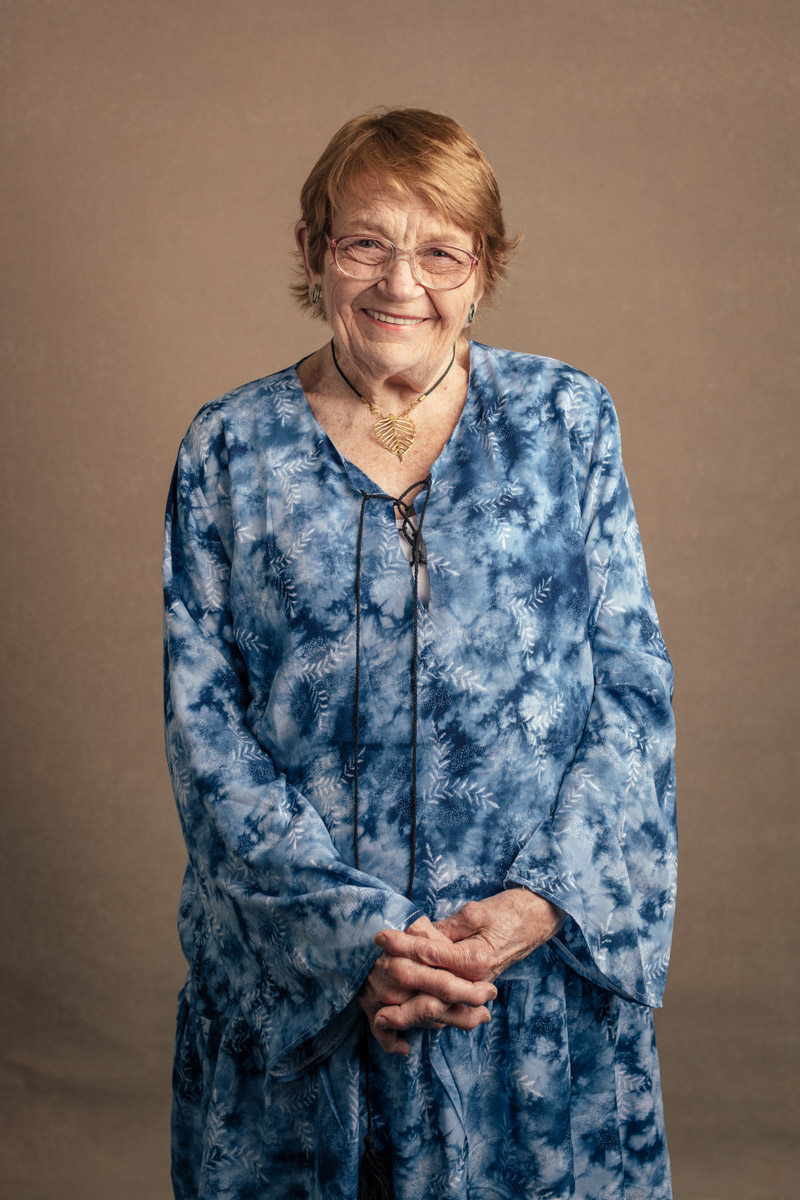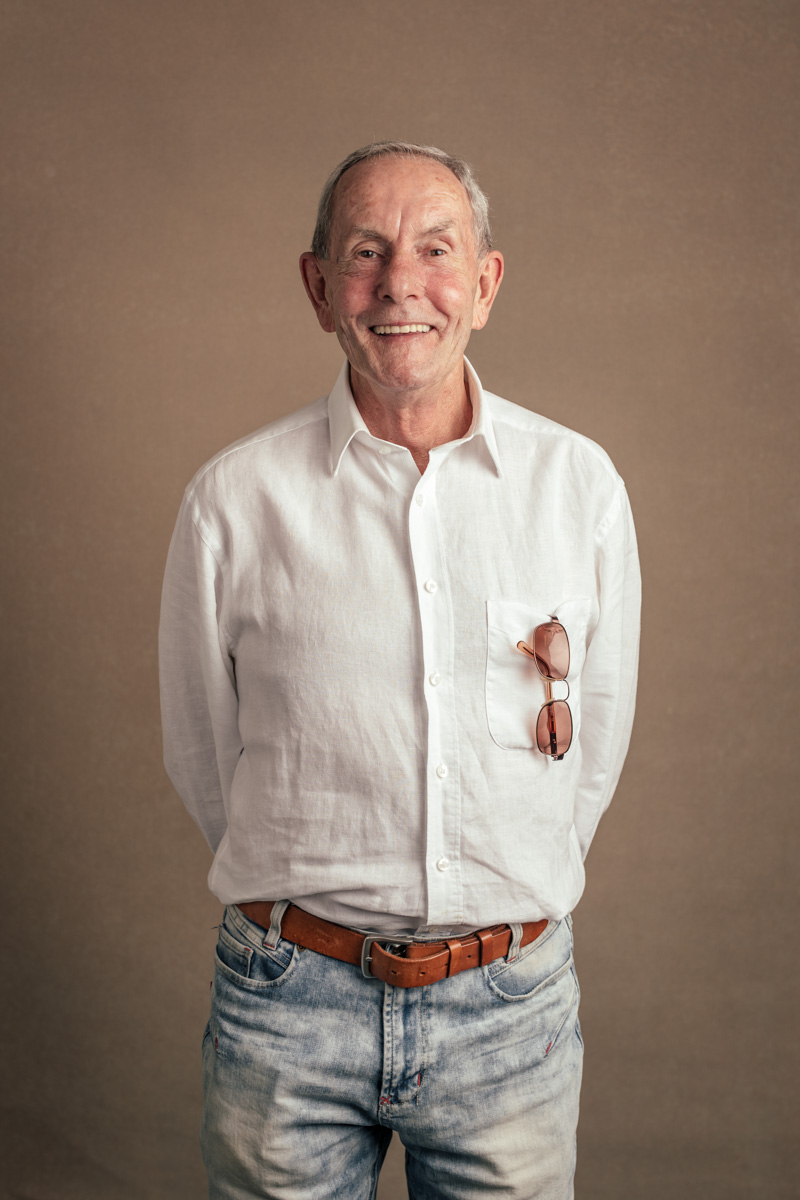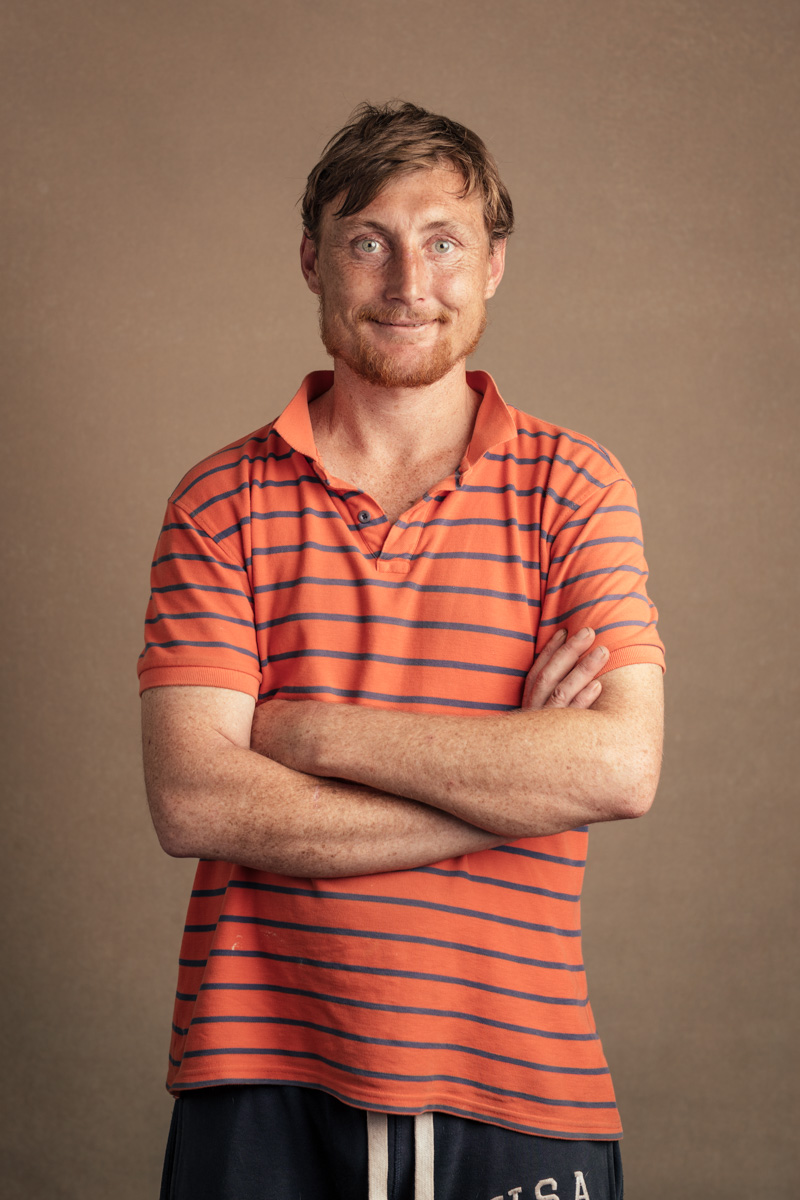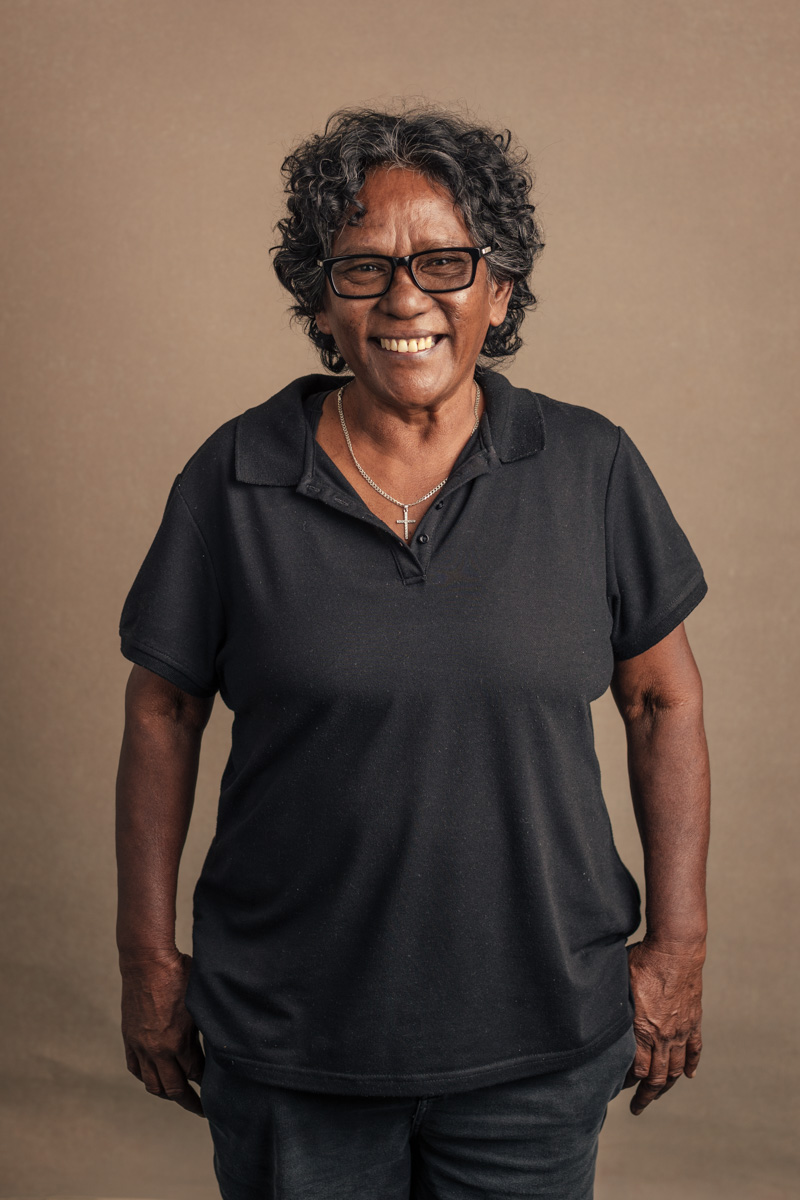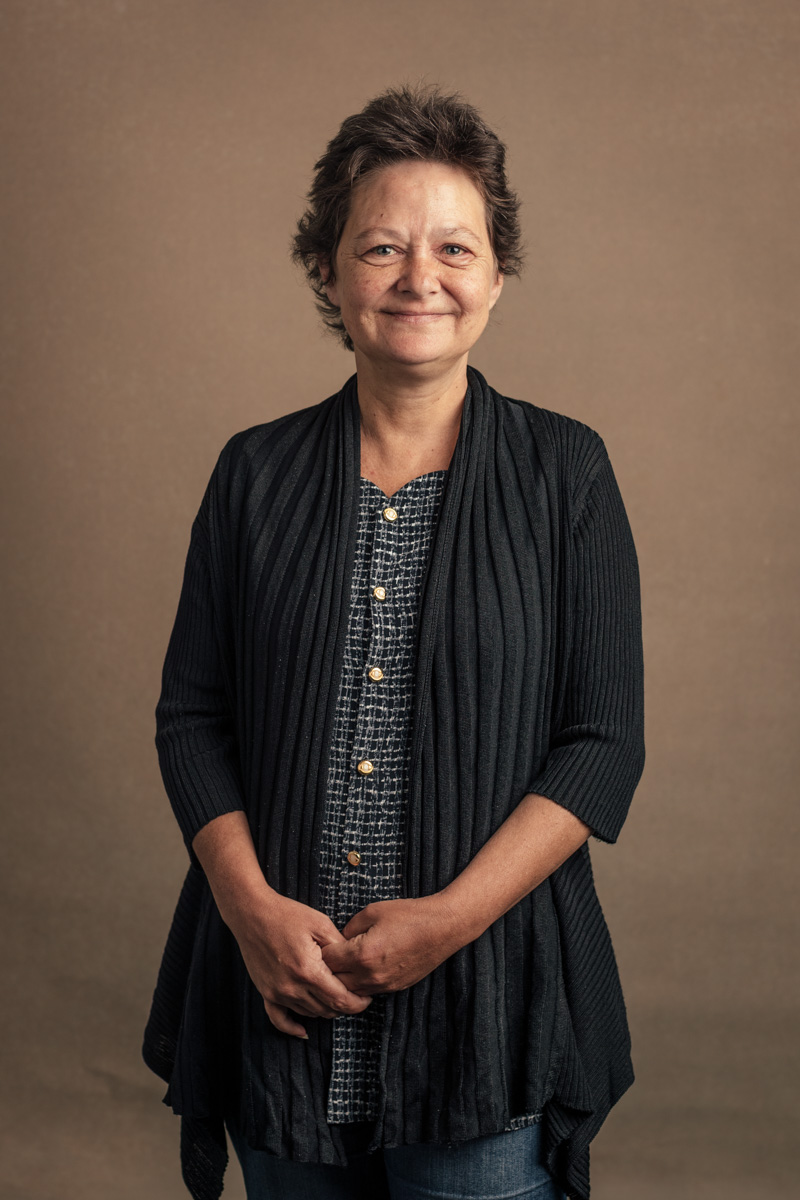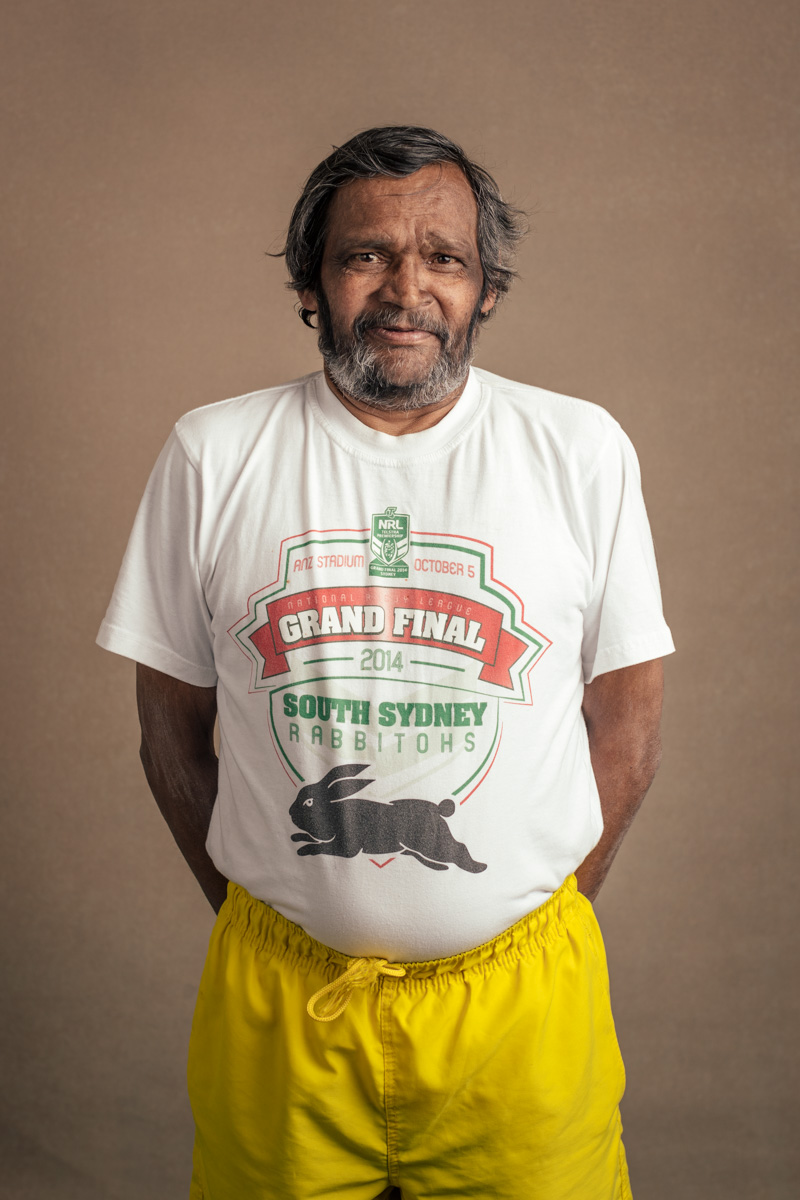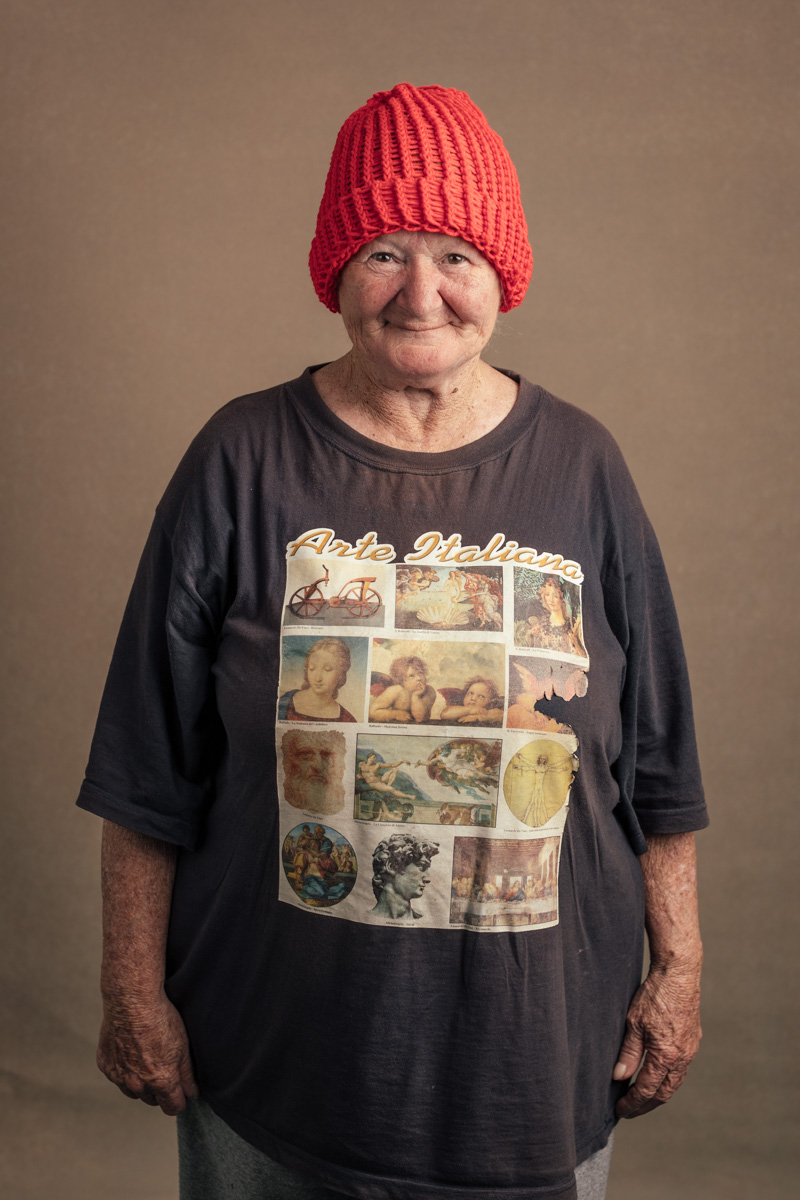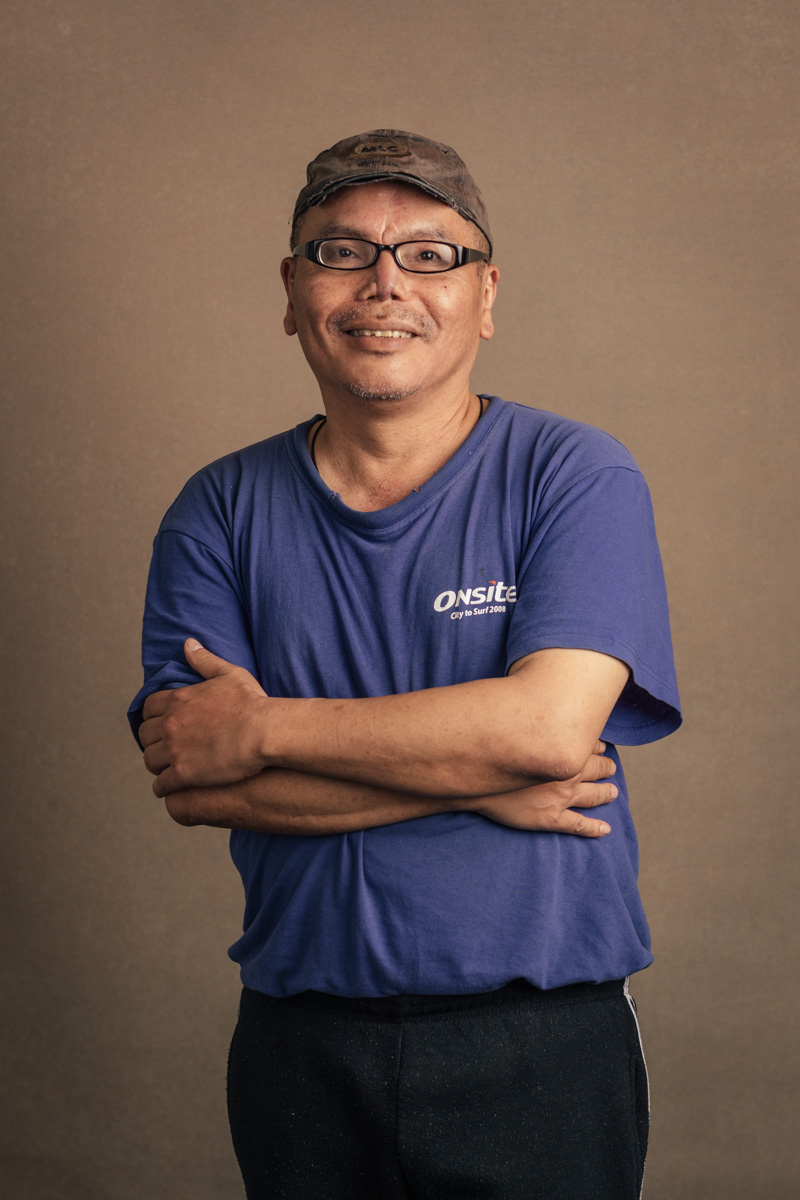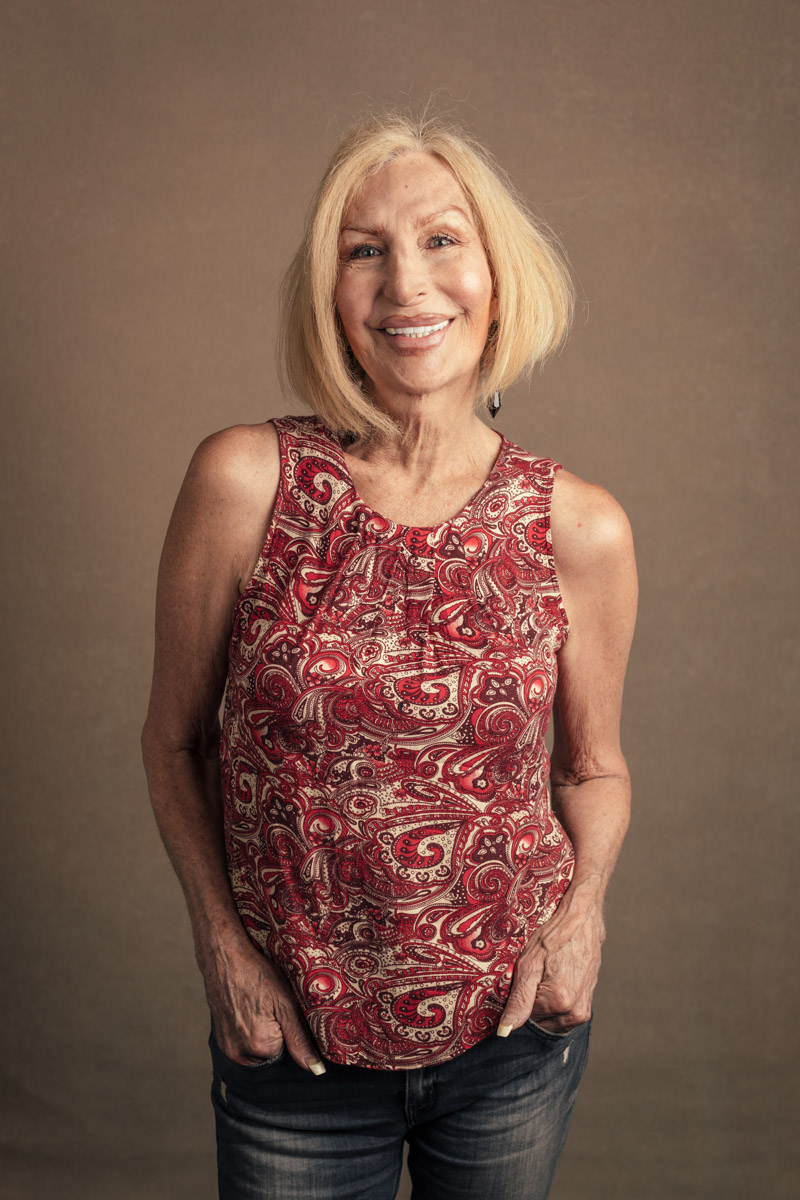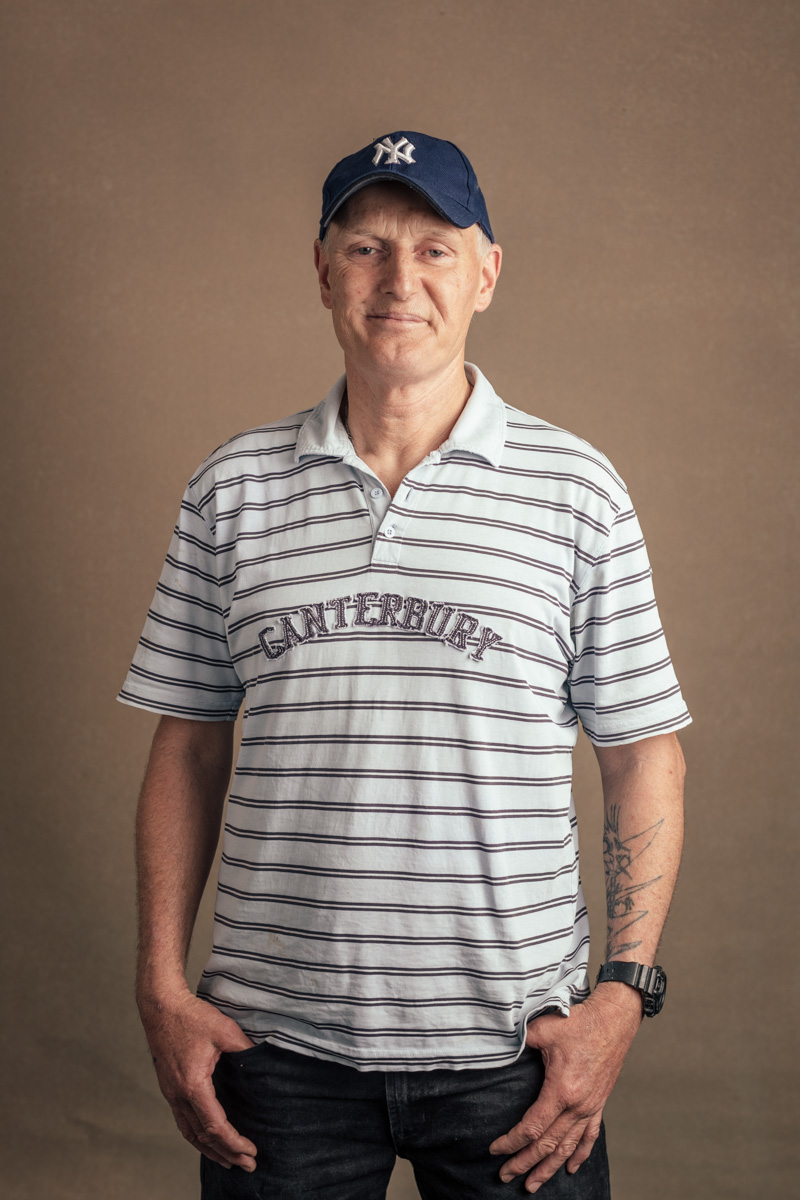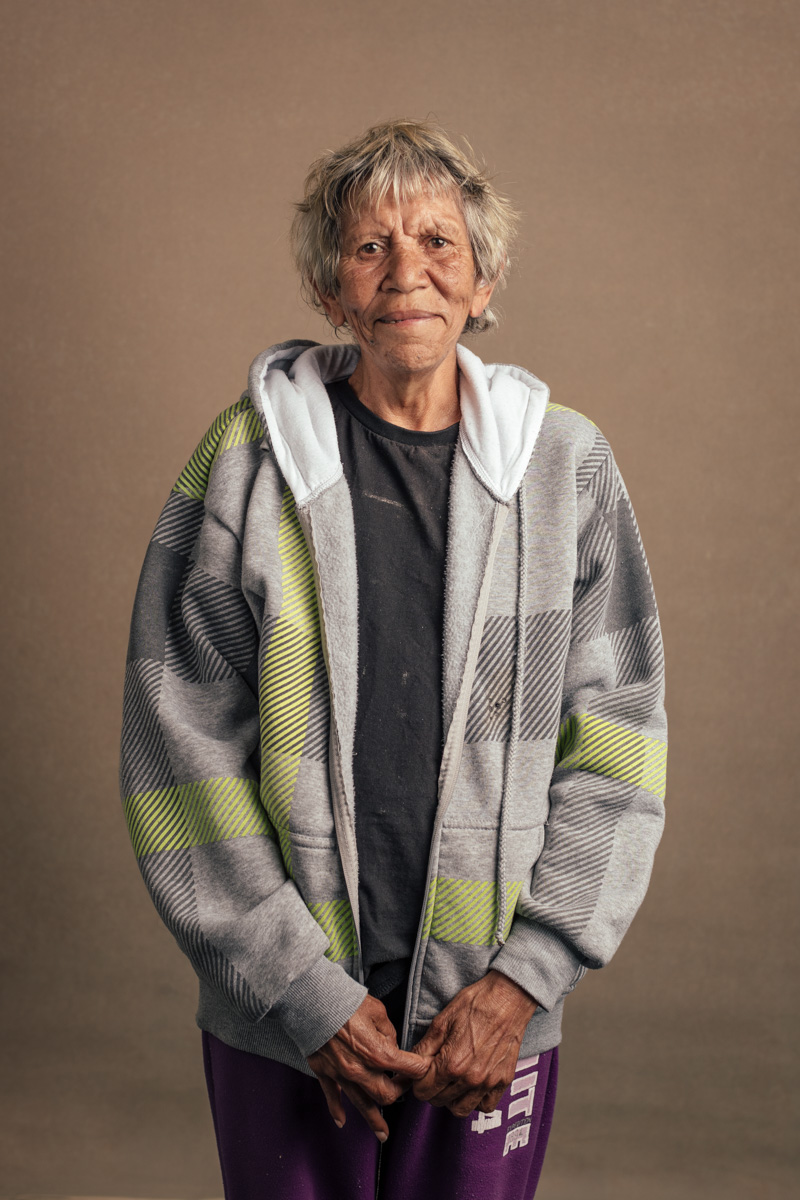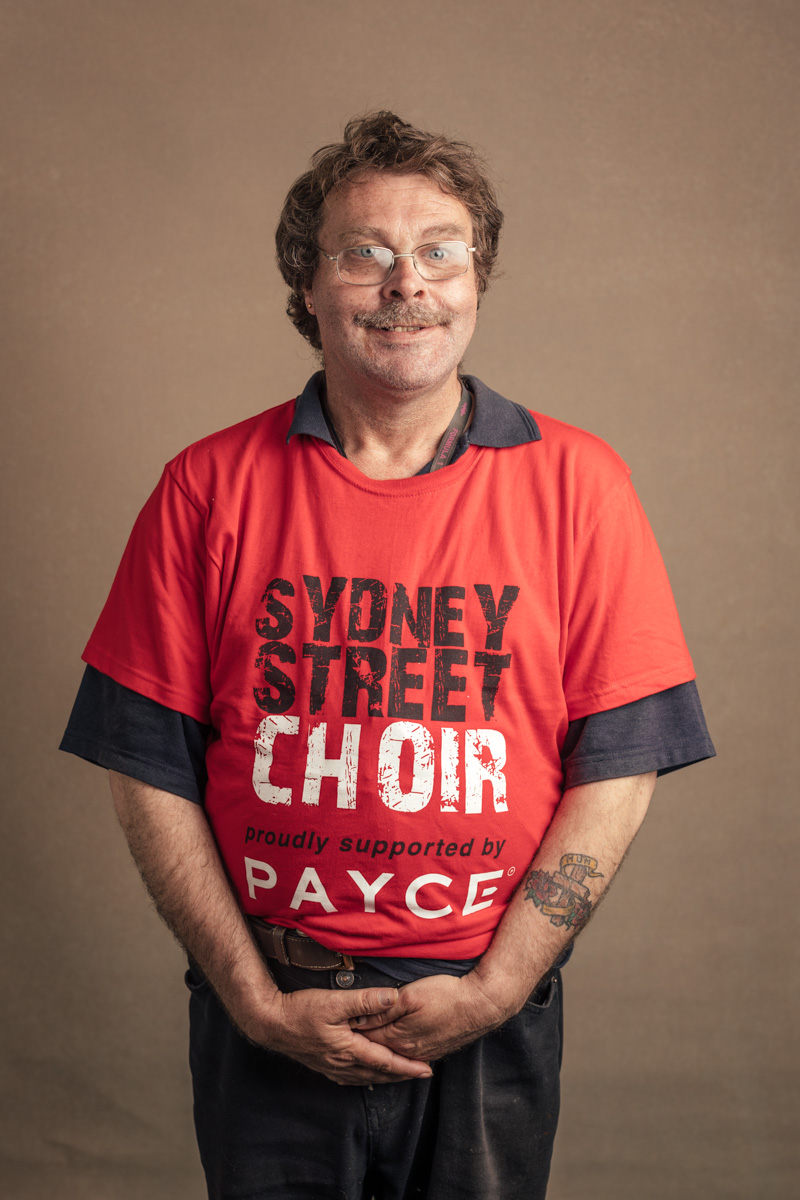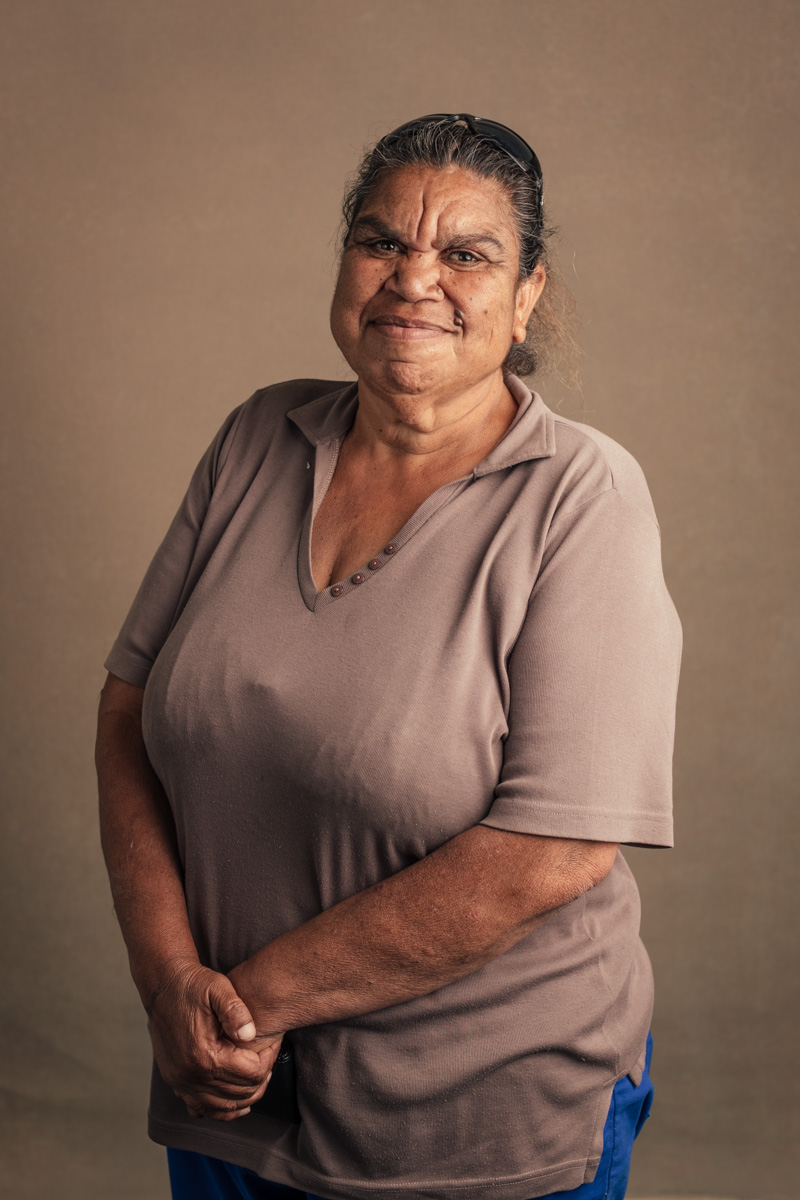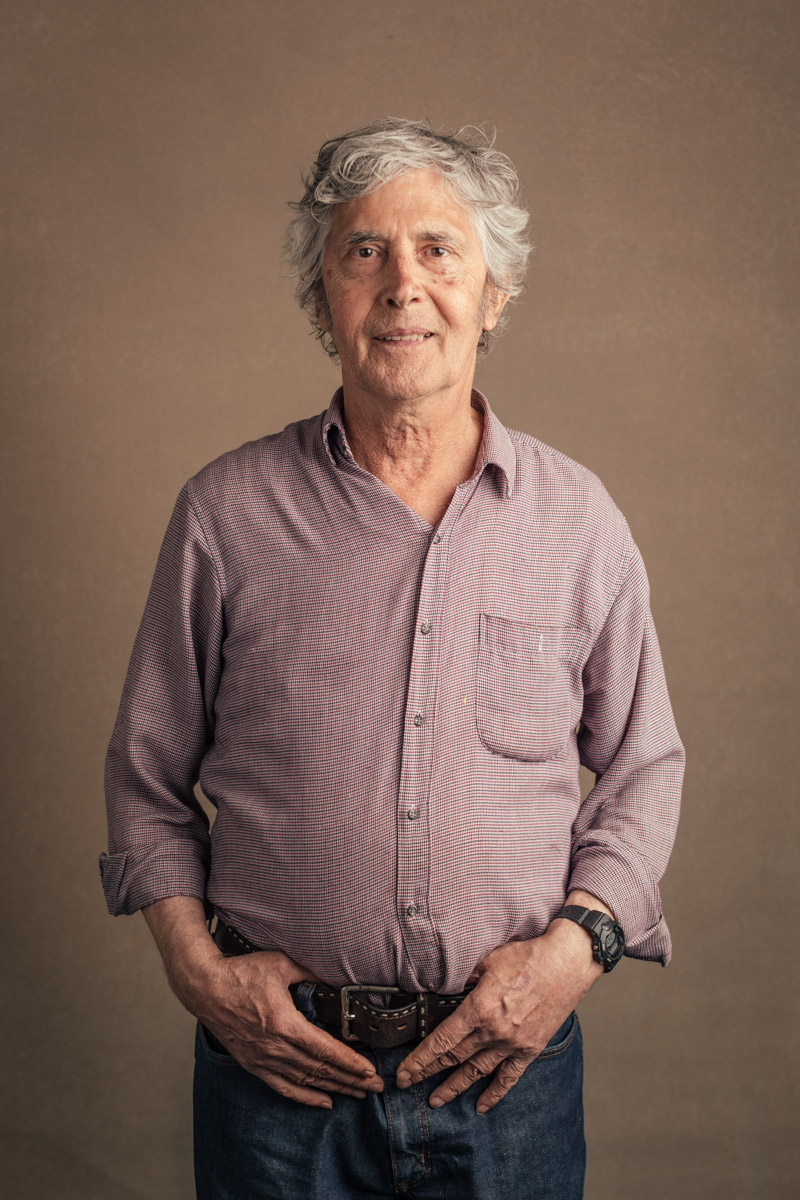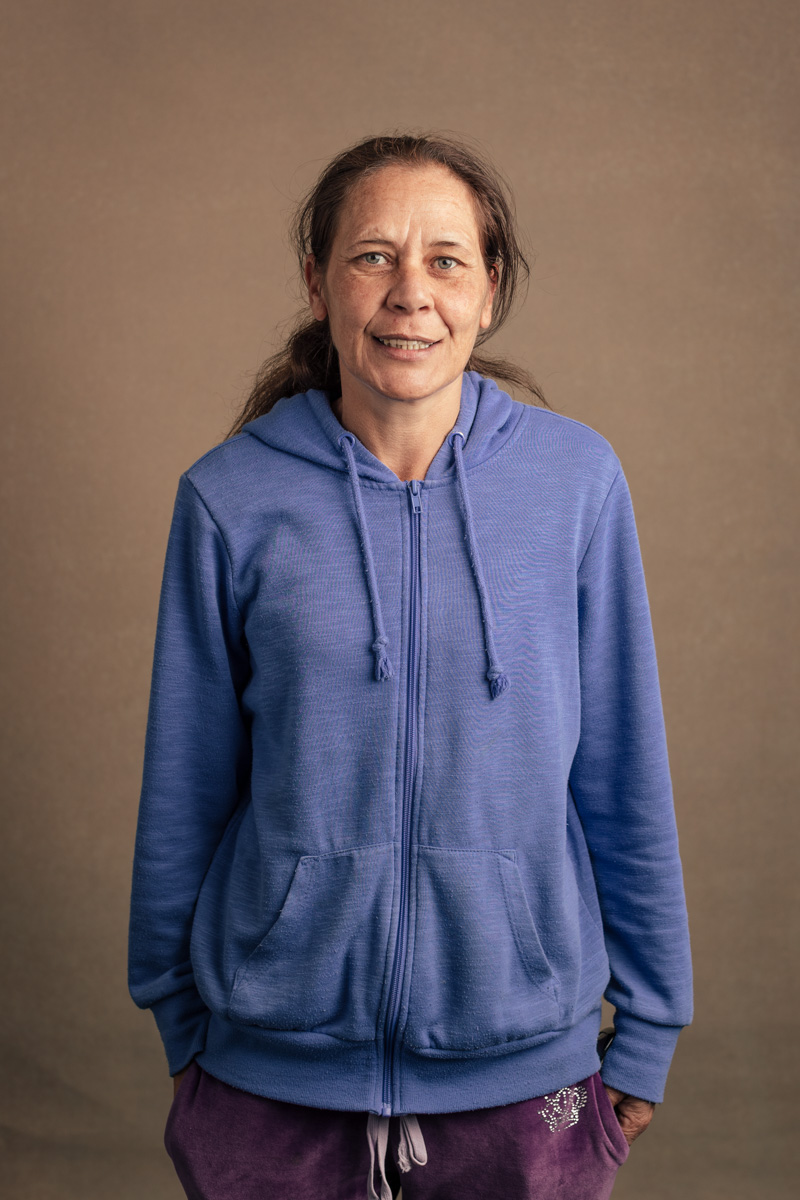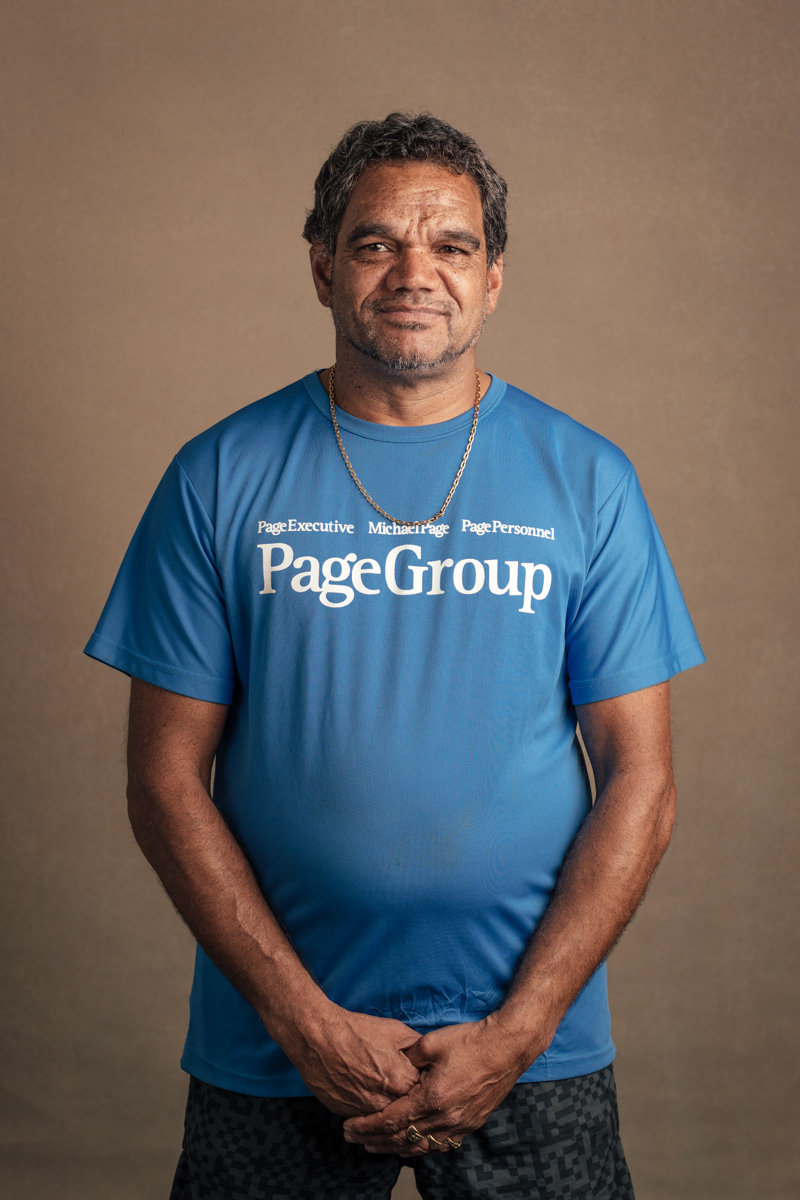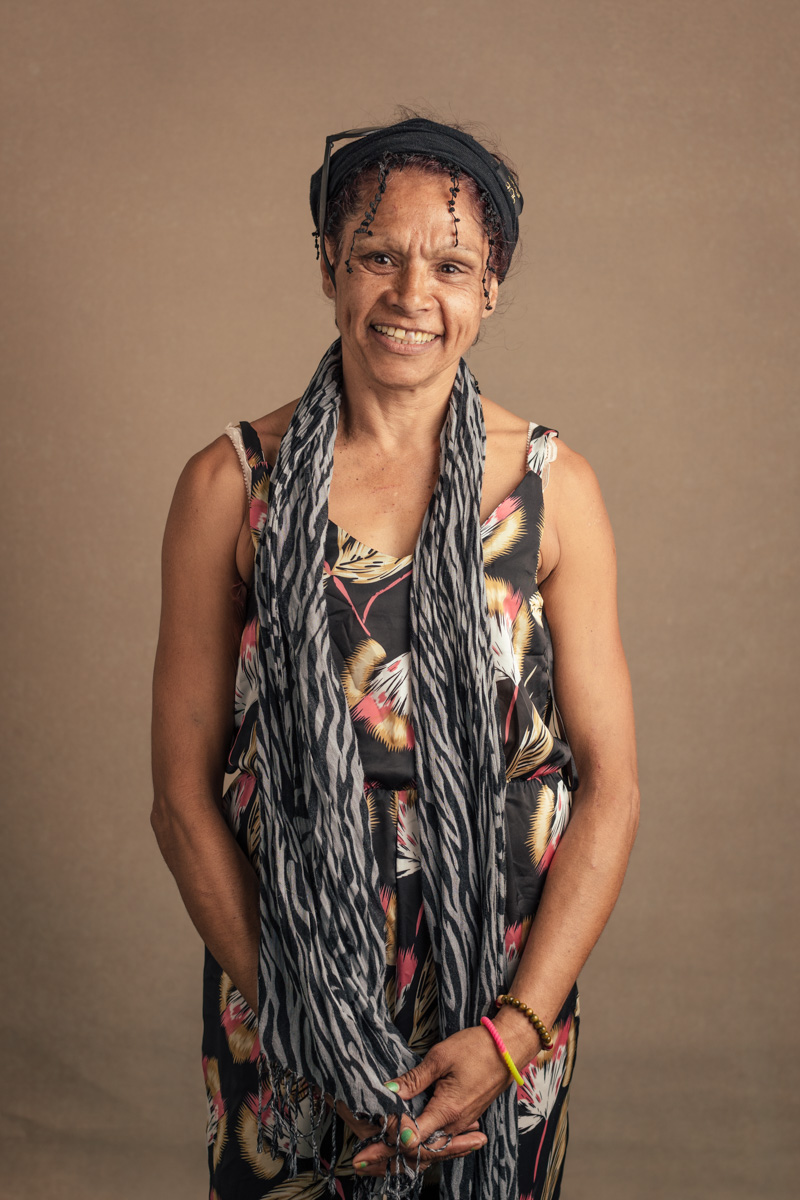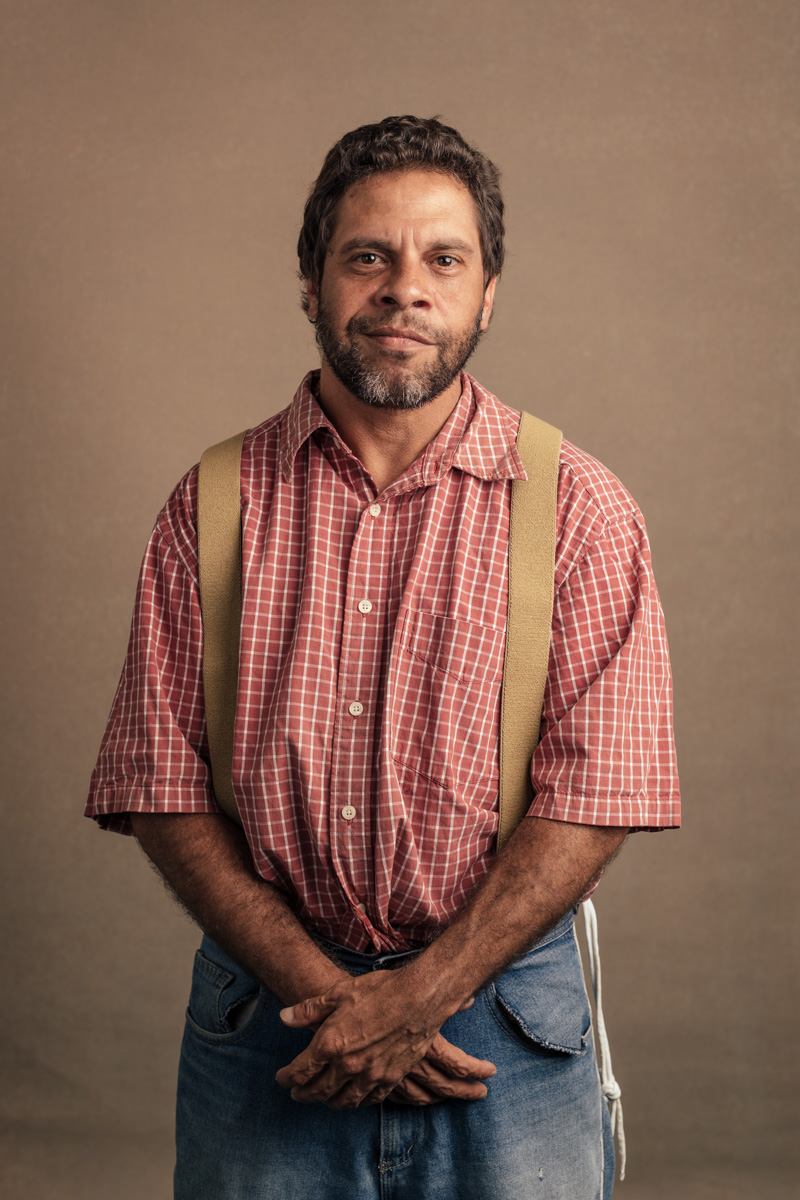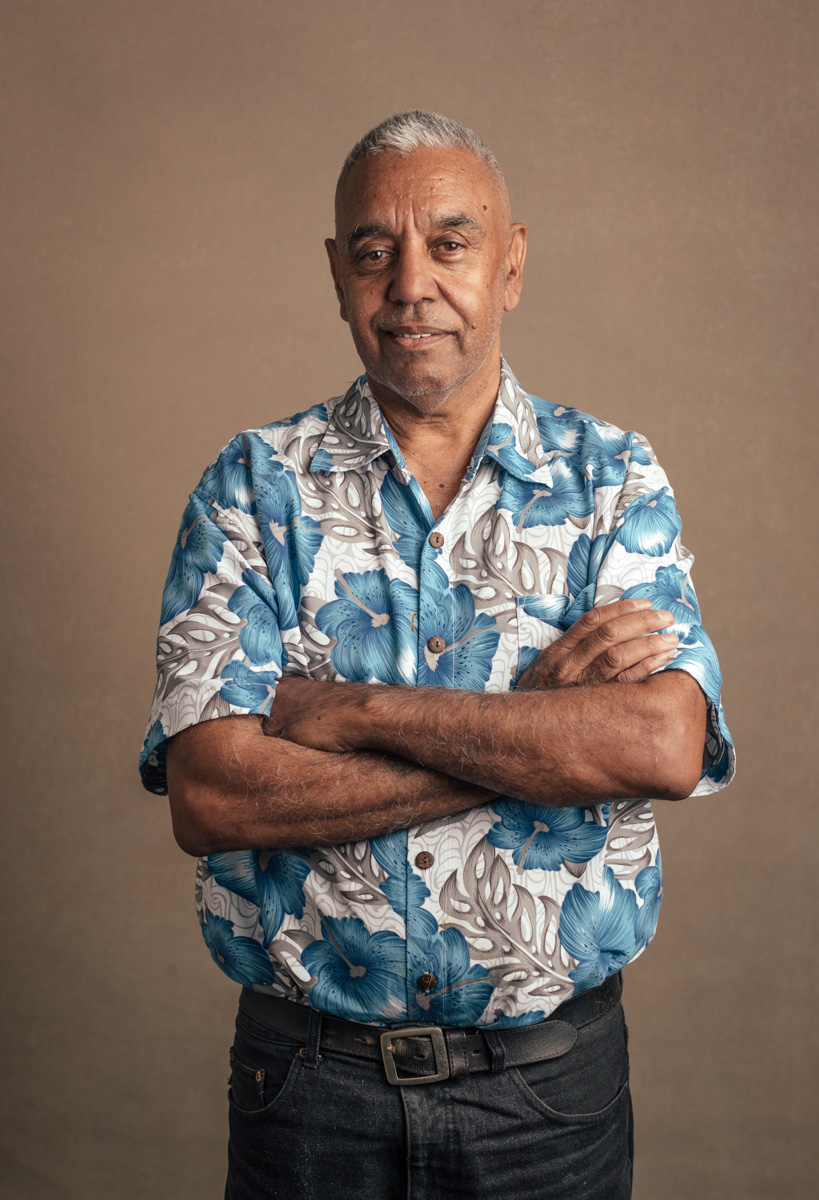A Way Of Life
A small selection of portraits from a long term passion project, exploring the various artists associated with Hip Hop music from the country of its birth, The United States of America. A constant work in progress that began in 2009 and is ever evolving and a great visual timeline of my story.
Stories of Lived Experience
This project was part of a community consultation with Weave Youth & Community Services. Weave is a non-profit community organisation that has been working with disadvantaged young people, women and children for over 40 years in Redfern and surrounding areas. ARTD worked with Weave and Aboriginal community organisations to develop a qualitative evaluation involving interviews with Aboriginal and non-Aboriginal clients, community and staff to understand what is most useful about how Weave works; the difference that Weave makes for clients and the community; and how Weave and the sector can improve.
Part of the consultation was documenting some of the clients in a visual way, to accompany the written report and attribute real faces to the information.
The Urban Forest Project
The Urban Forest Project is a creative community portrait project, run in partnership with Weave Youth & Community Services and Housing NSW at the McKell Social Housing Block in Redfern. Weave Youth & Community Services was invited to run this project after a series of violent crimes, murders and negative media attention at the McKell Social Housing Block.
The project was created to tell the stories of the history and diverse cultures of a building that has been home to young and old over the last 52 years in Redfern, Sydney. A fundamental aim of the project was also to connect residents and improve social connection in the building.
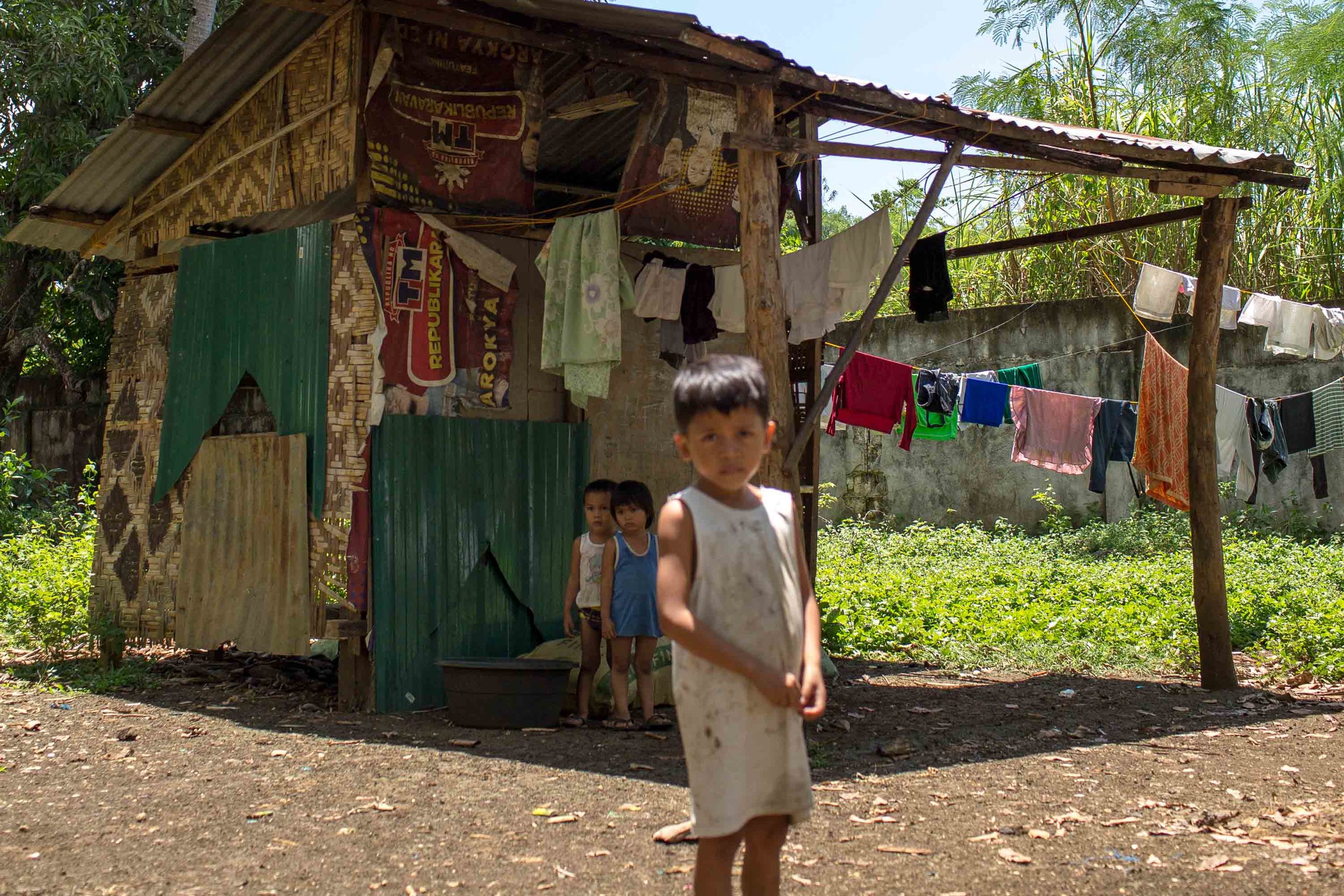
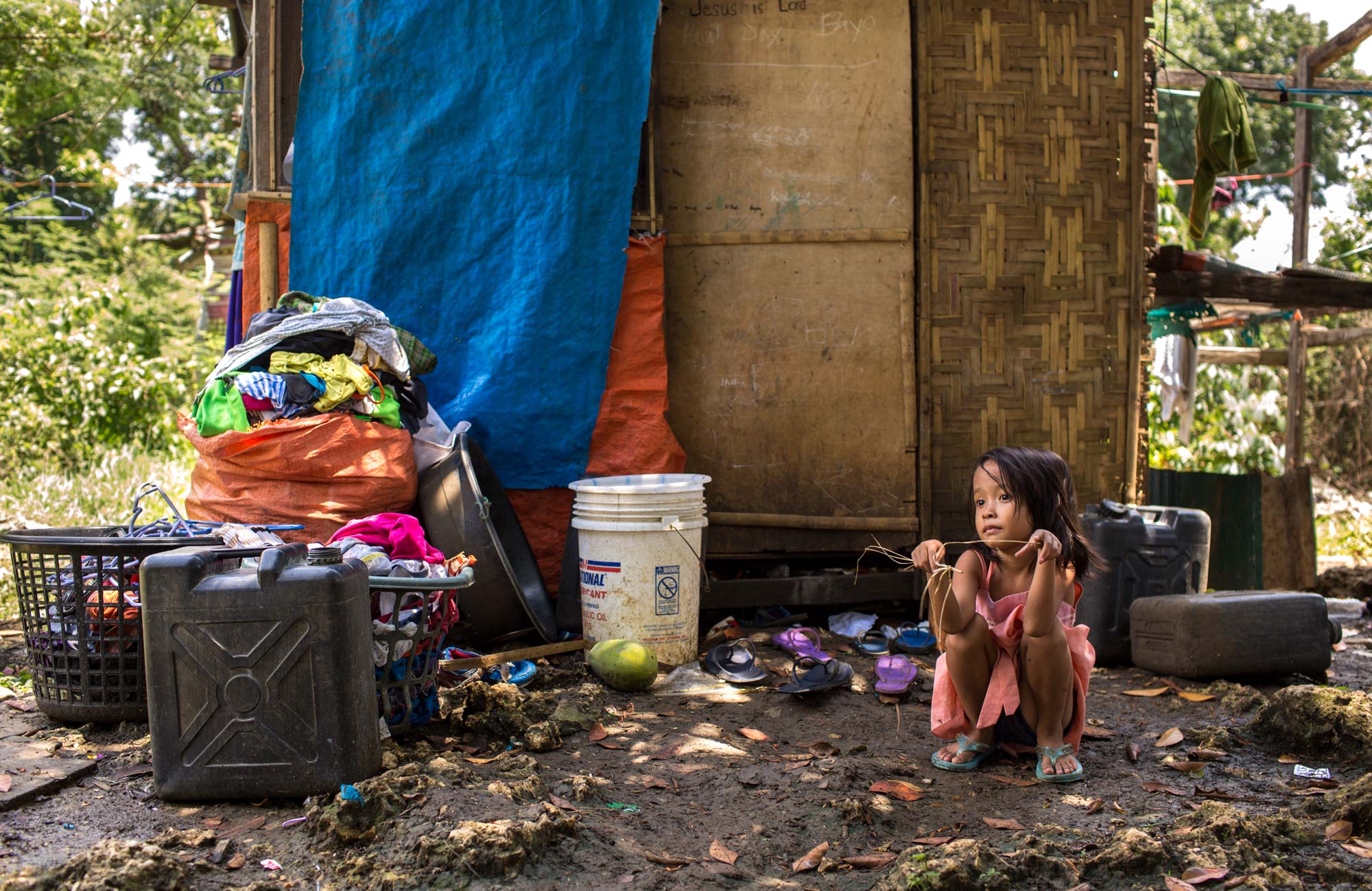
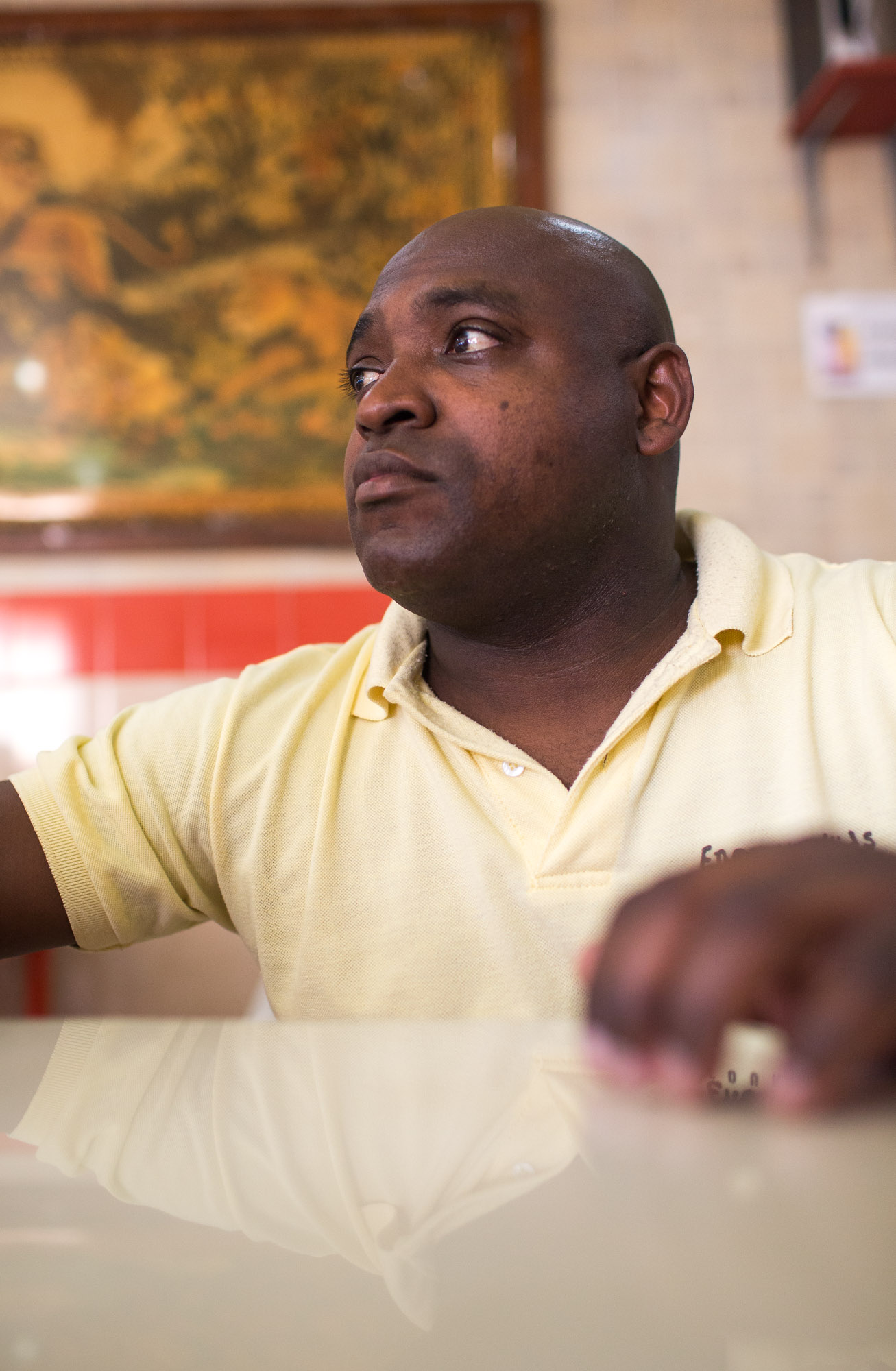
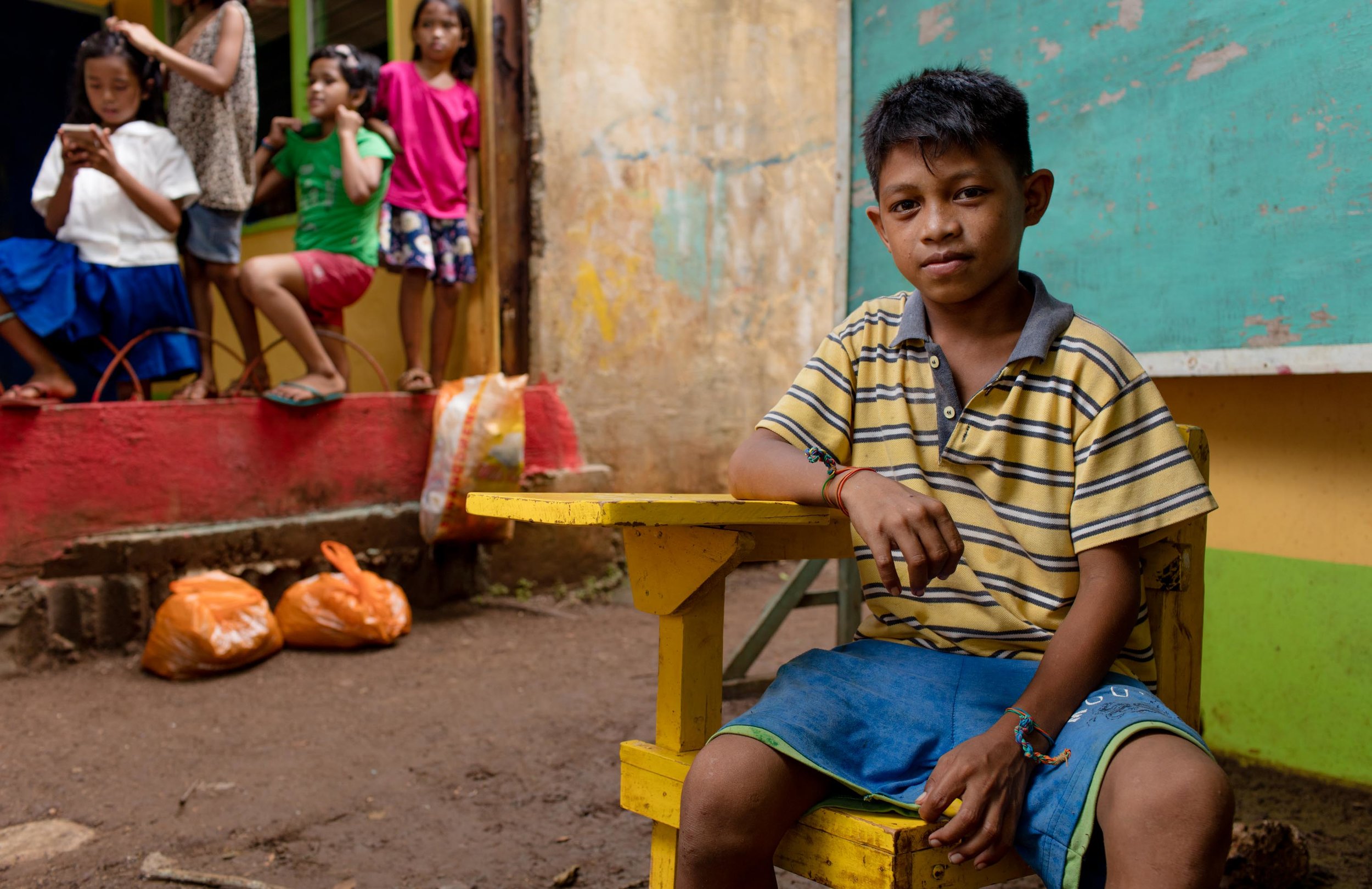
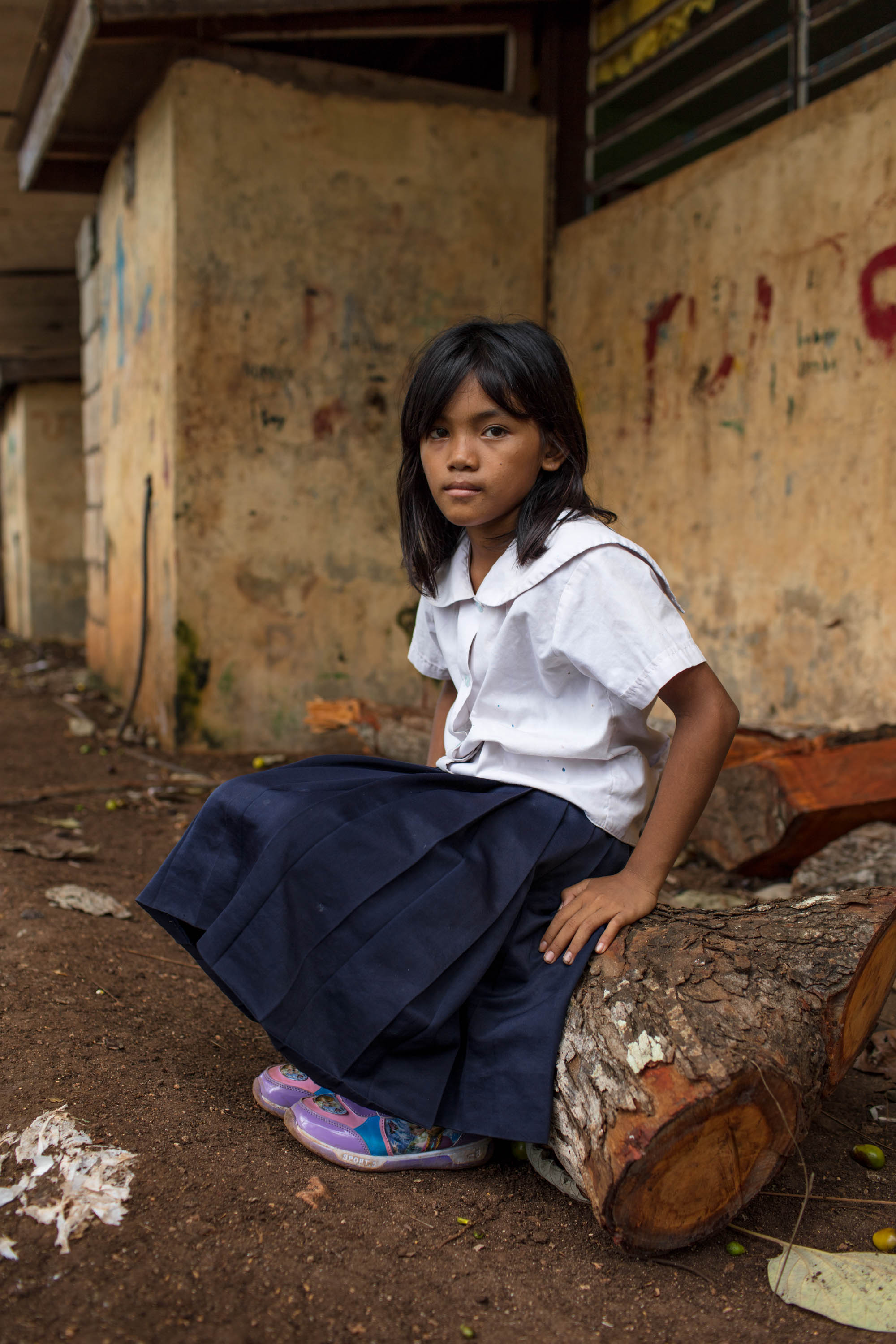
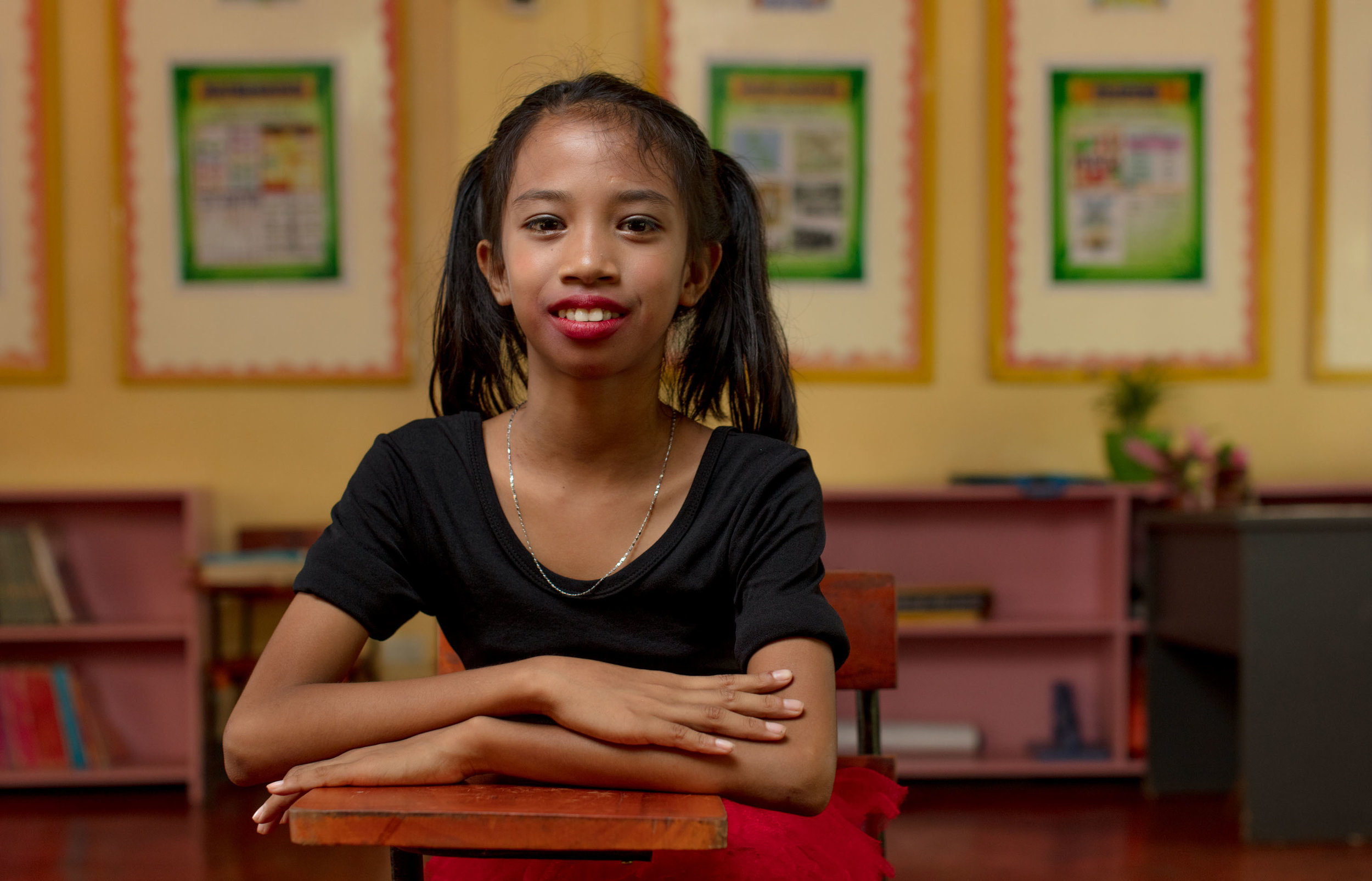
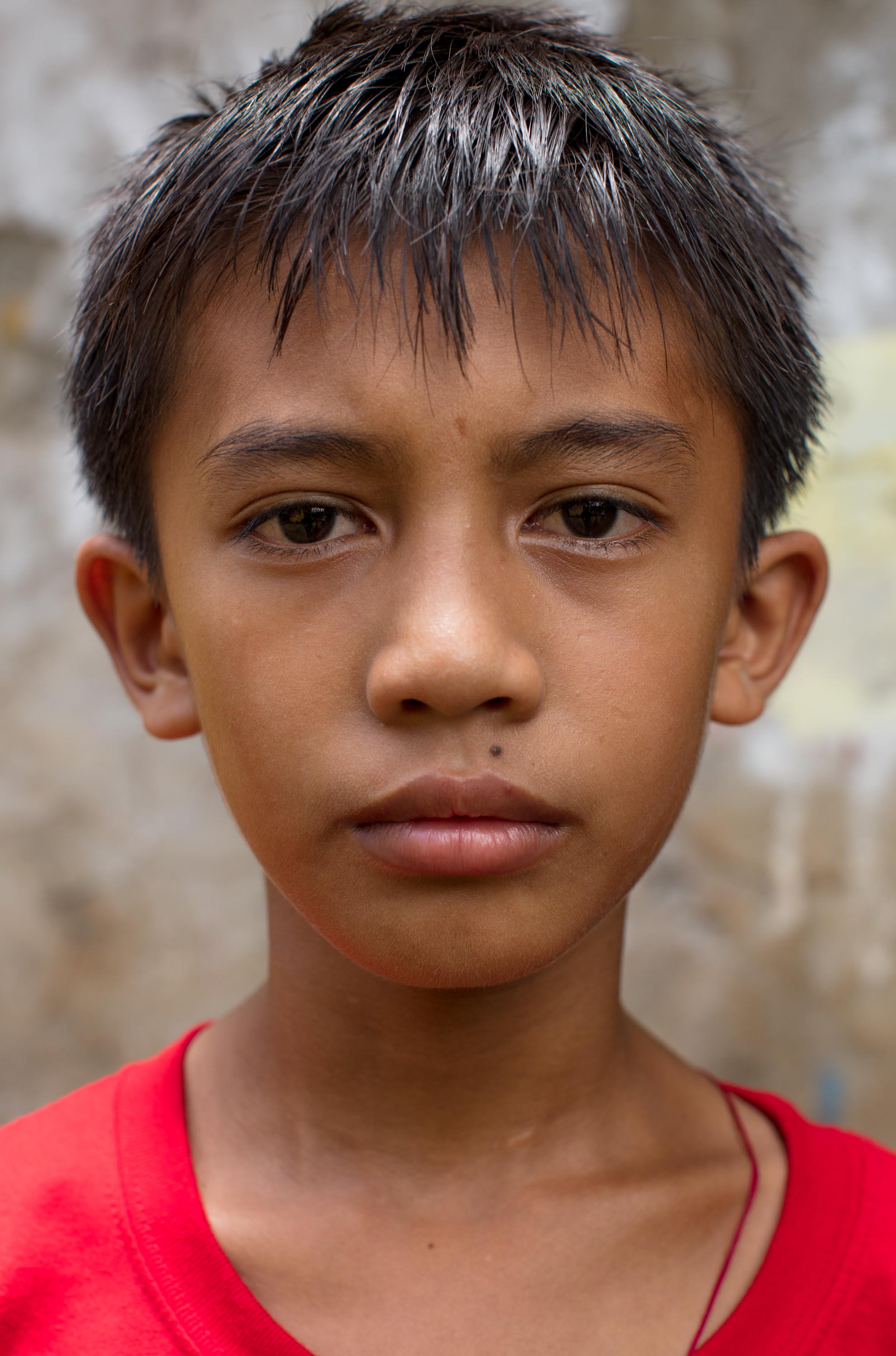
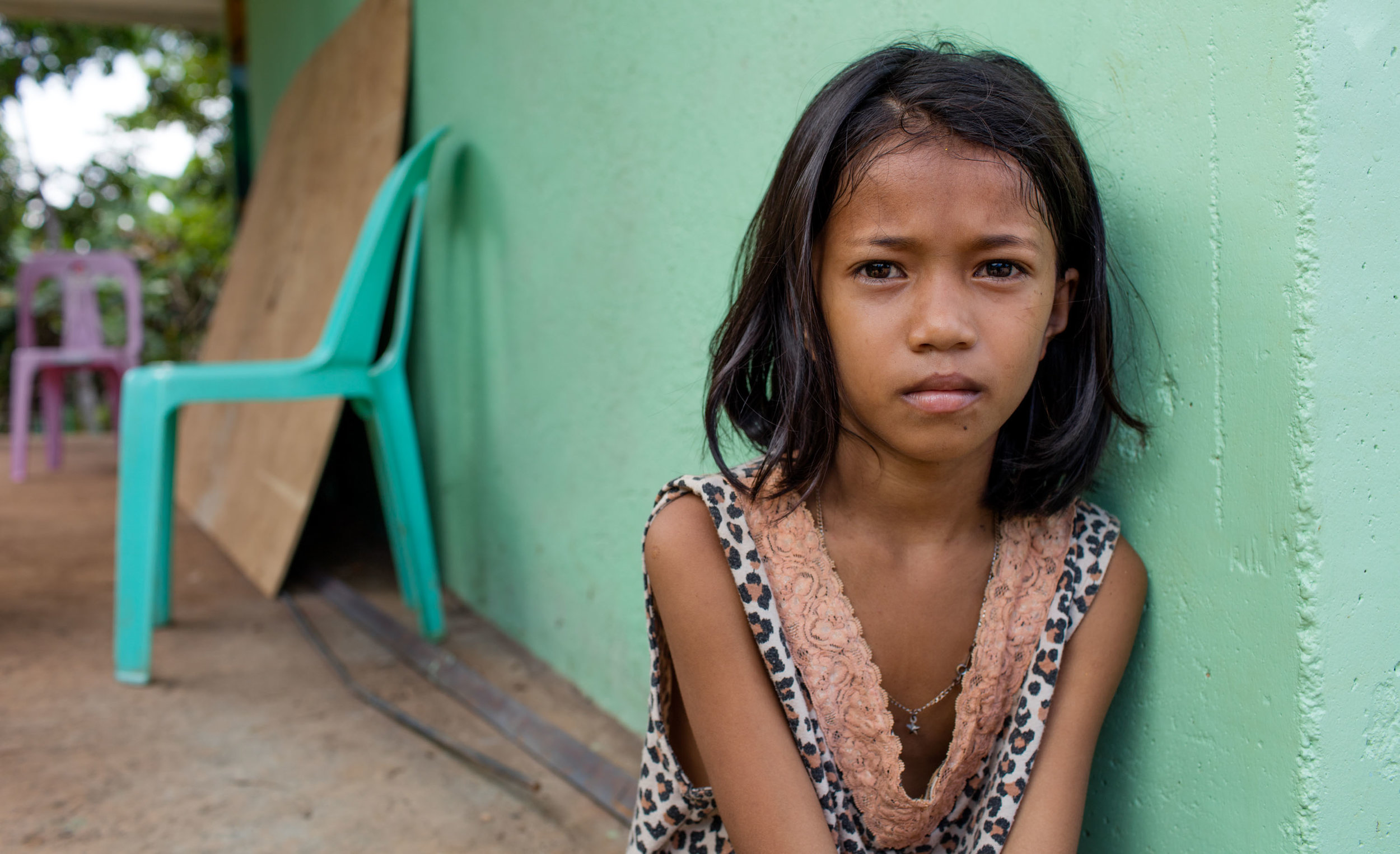



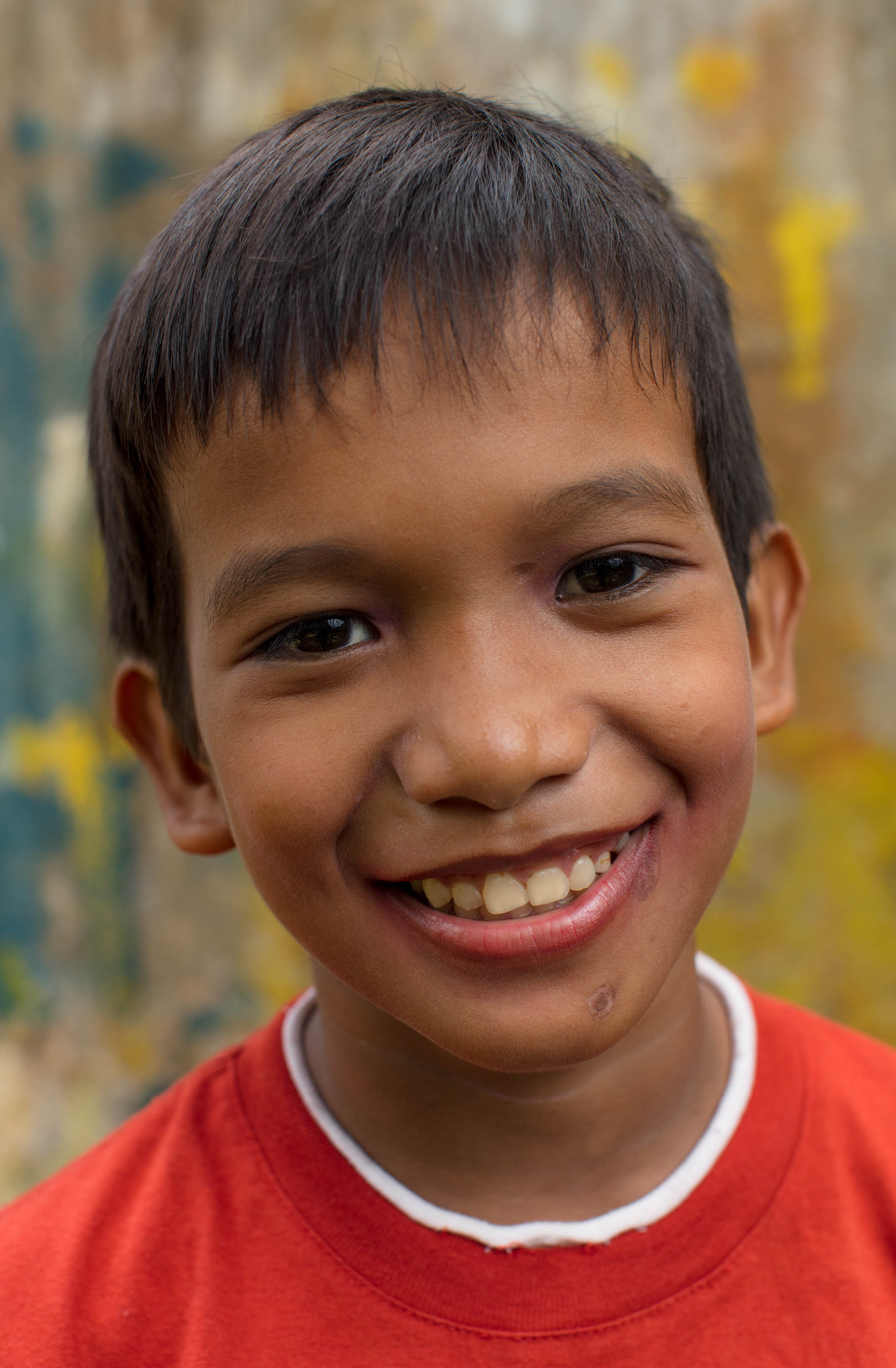
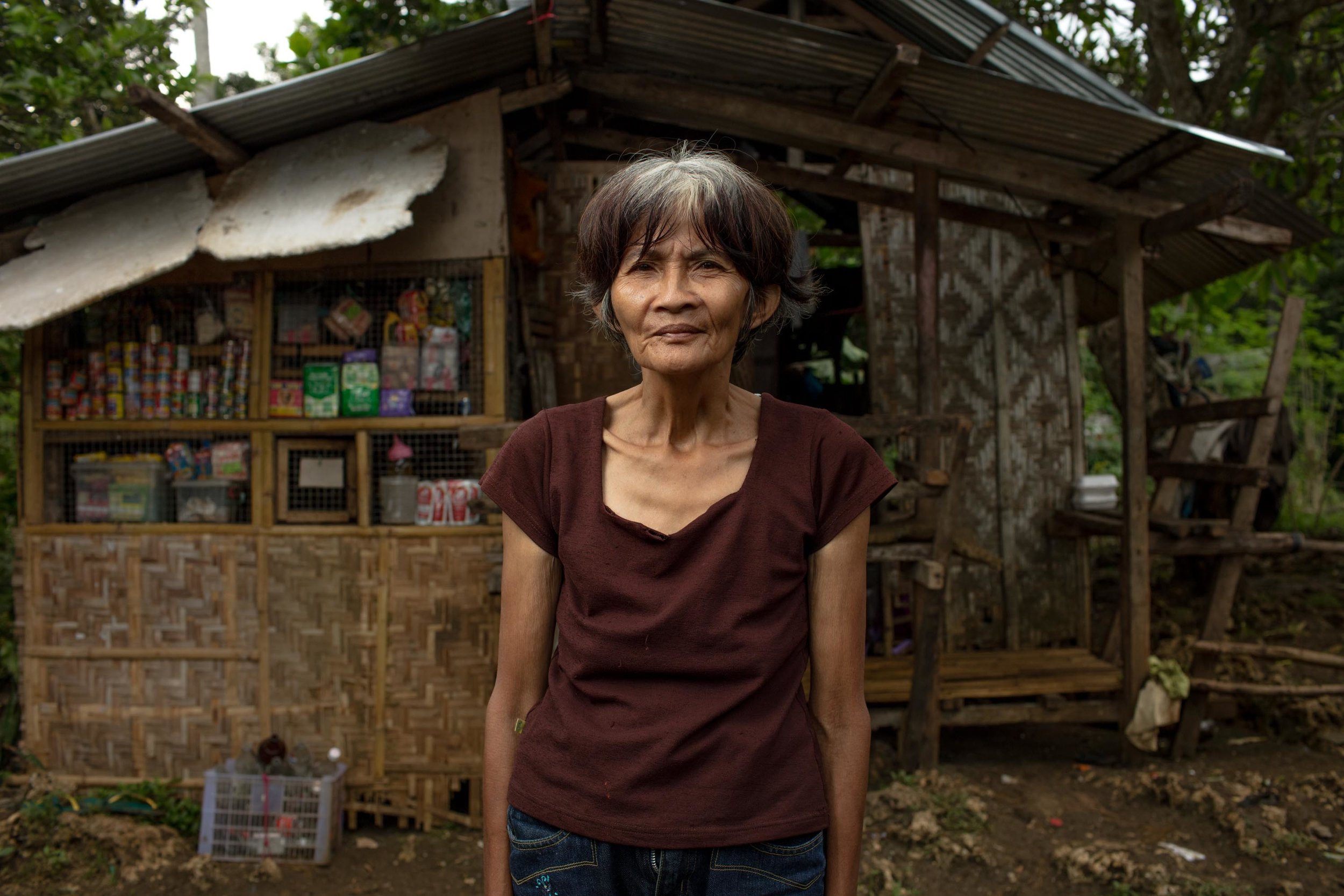
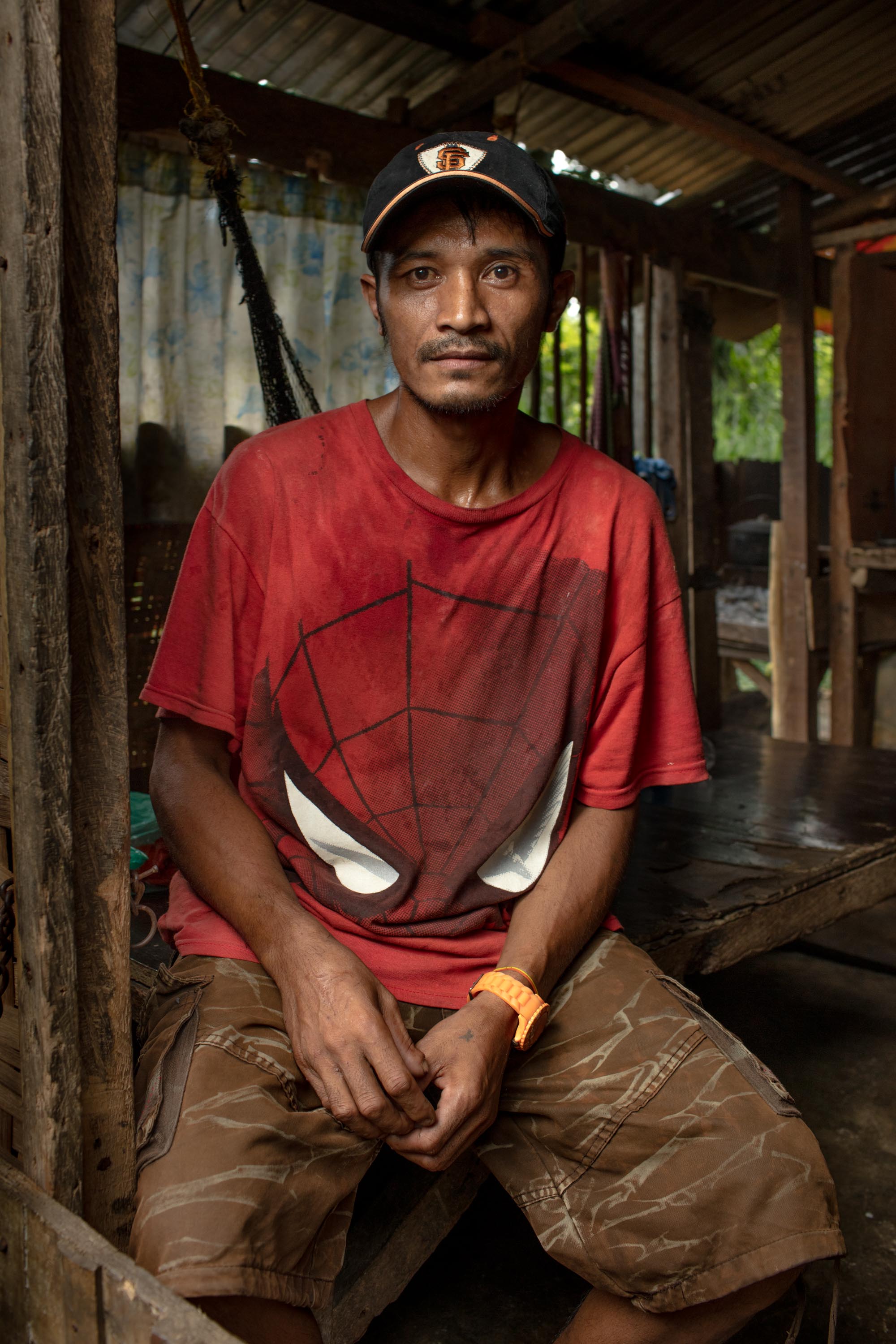
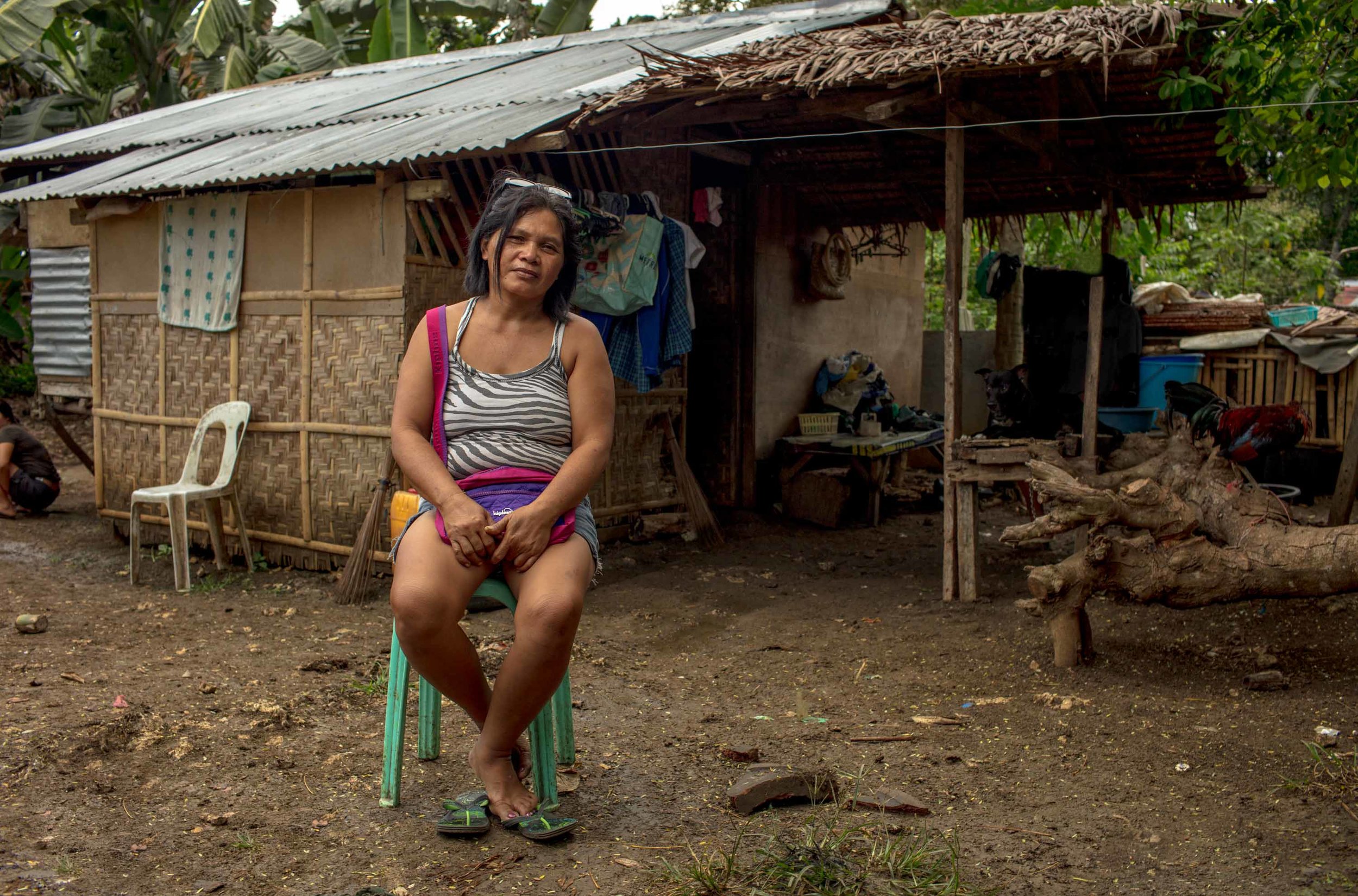
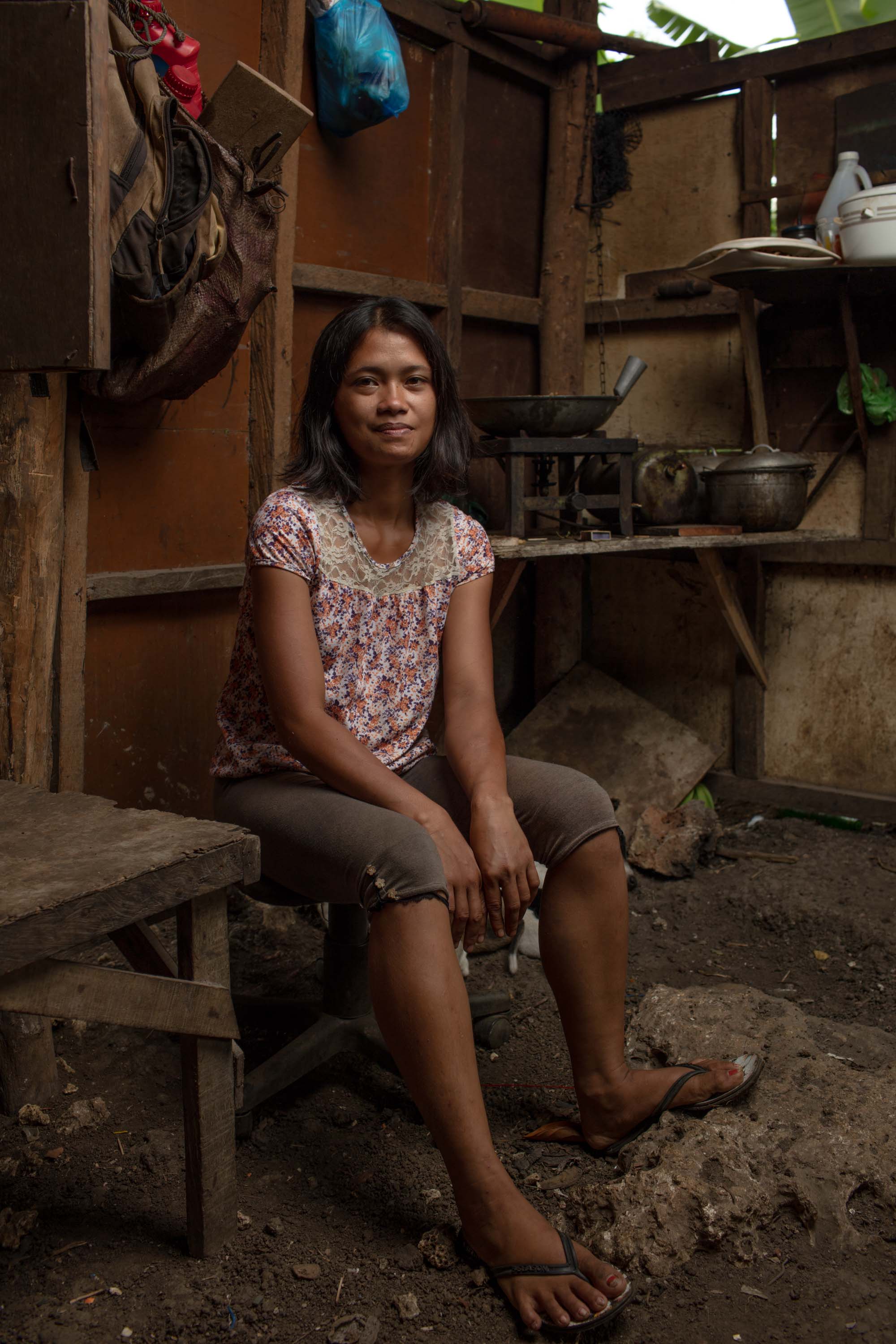



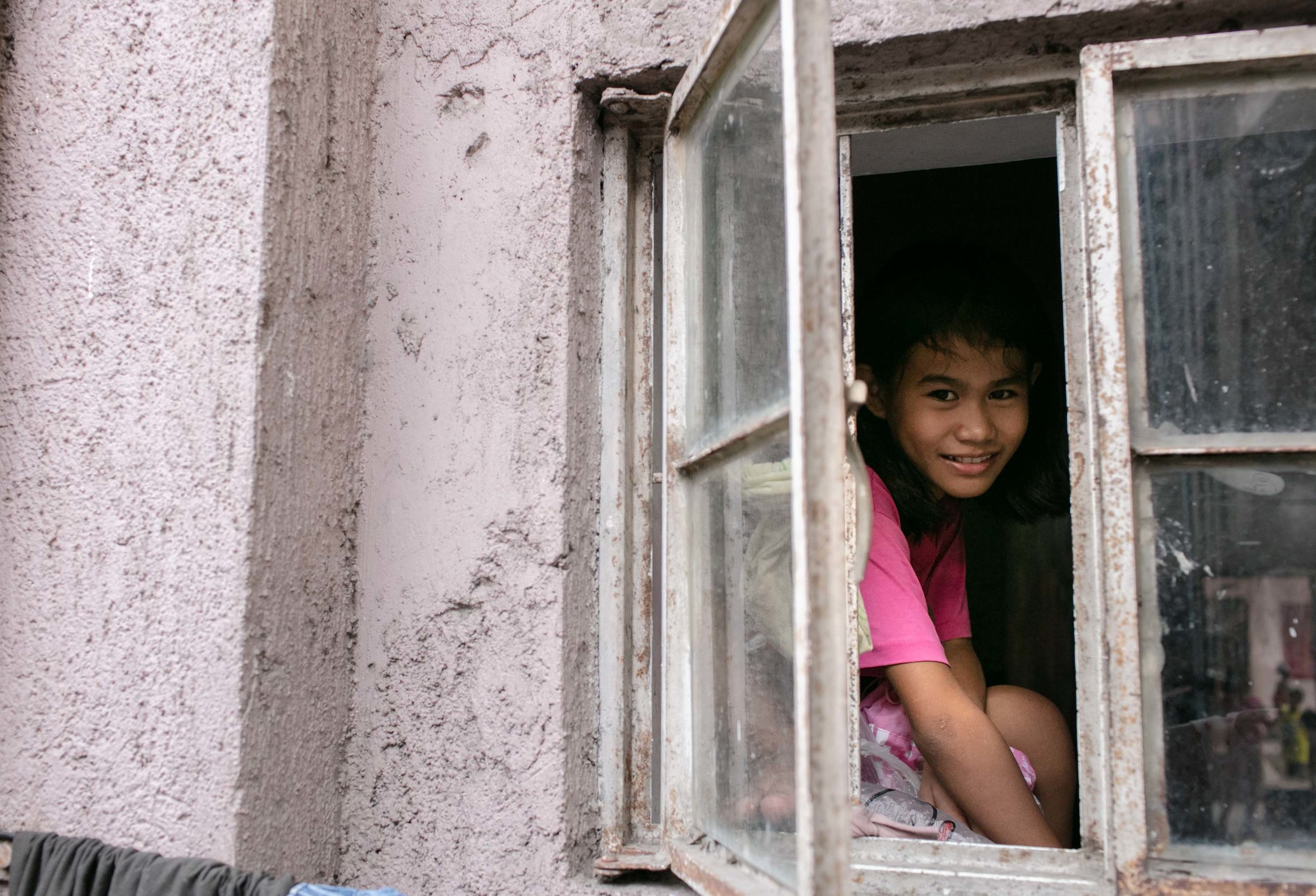
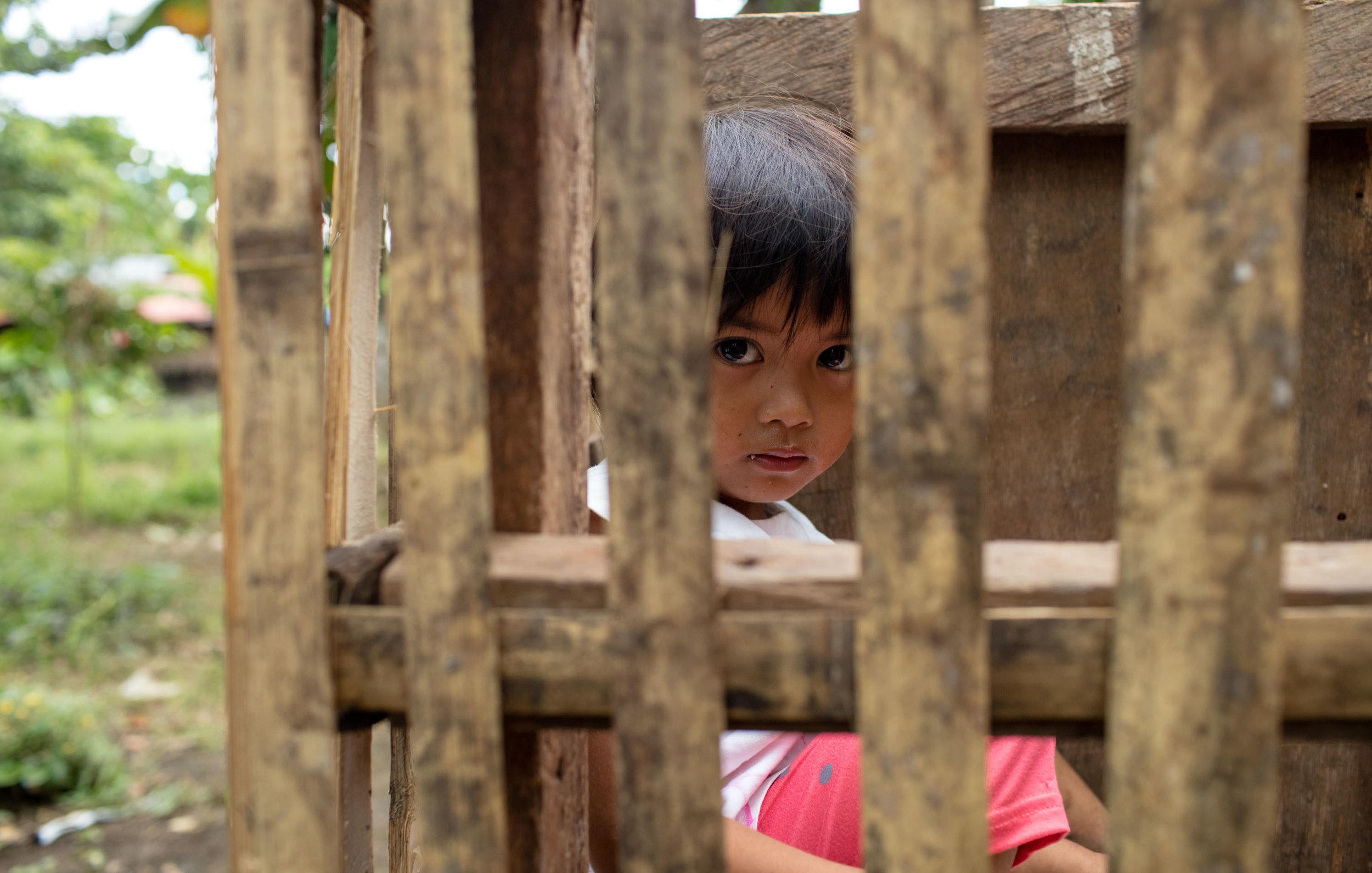
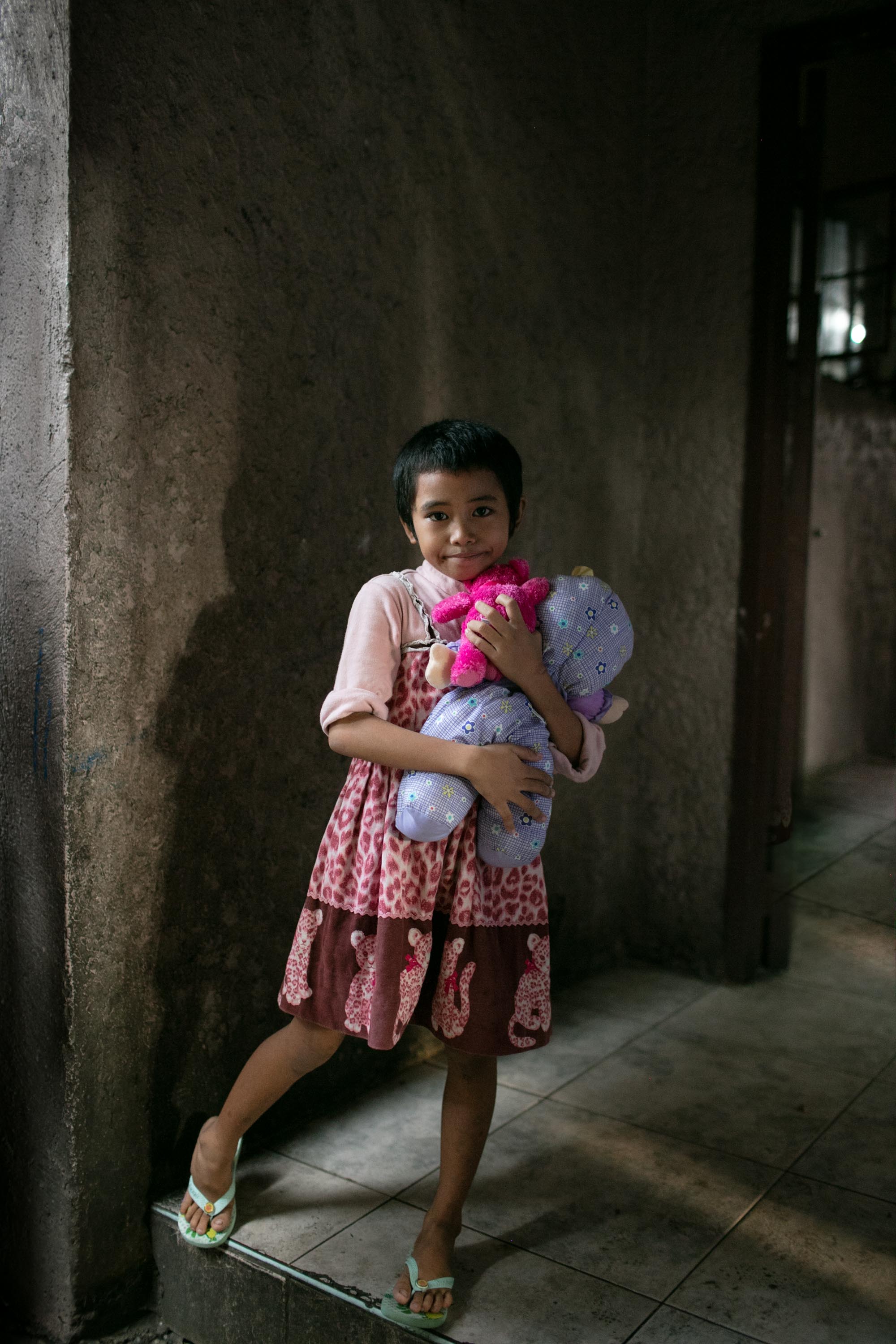
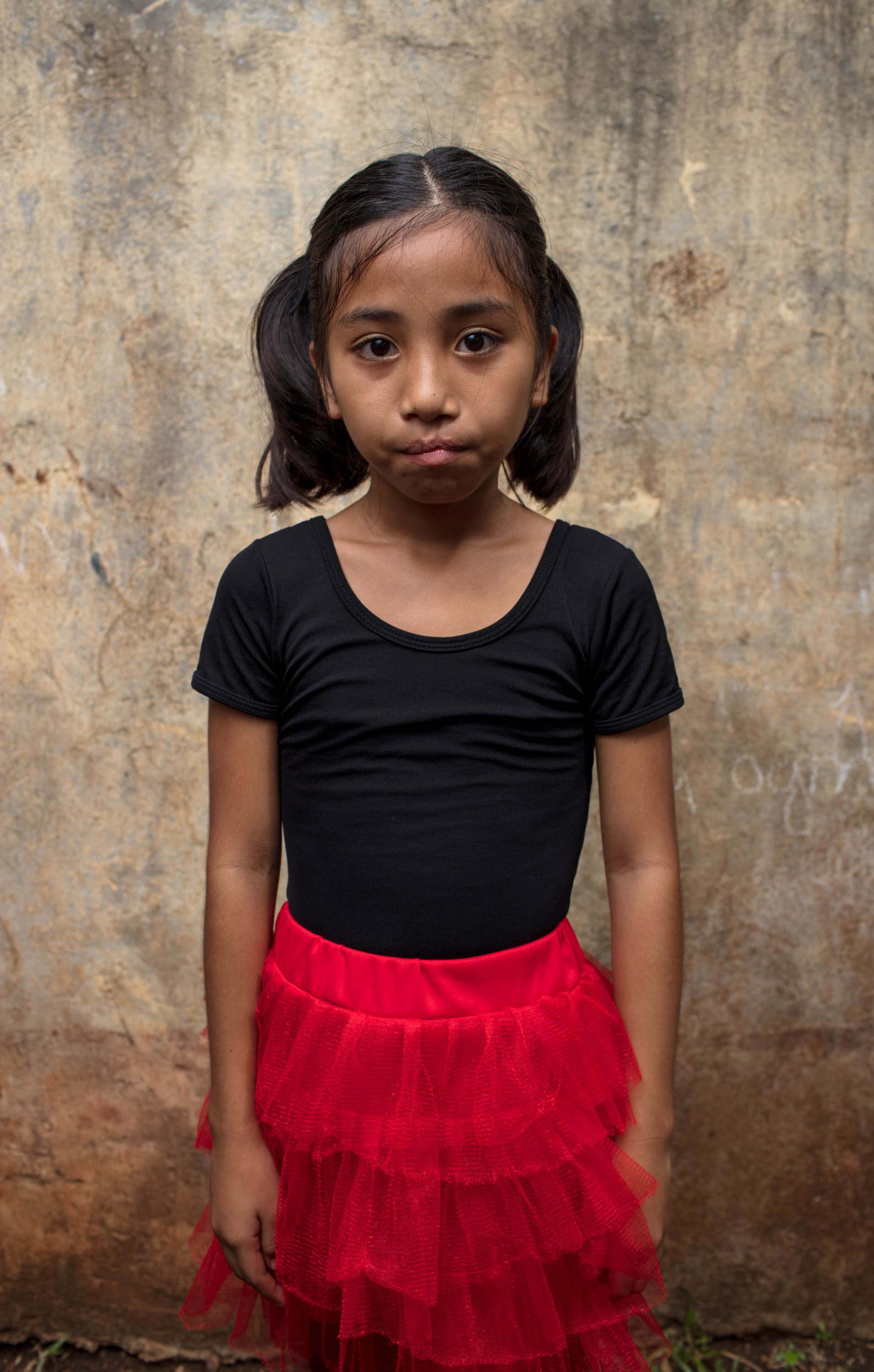
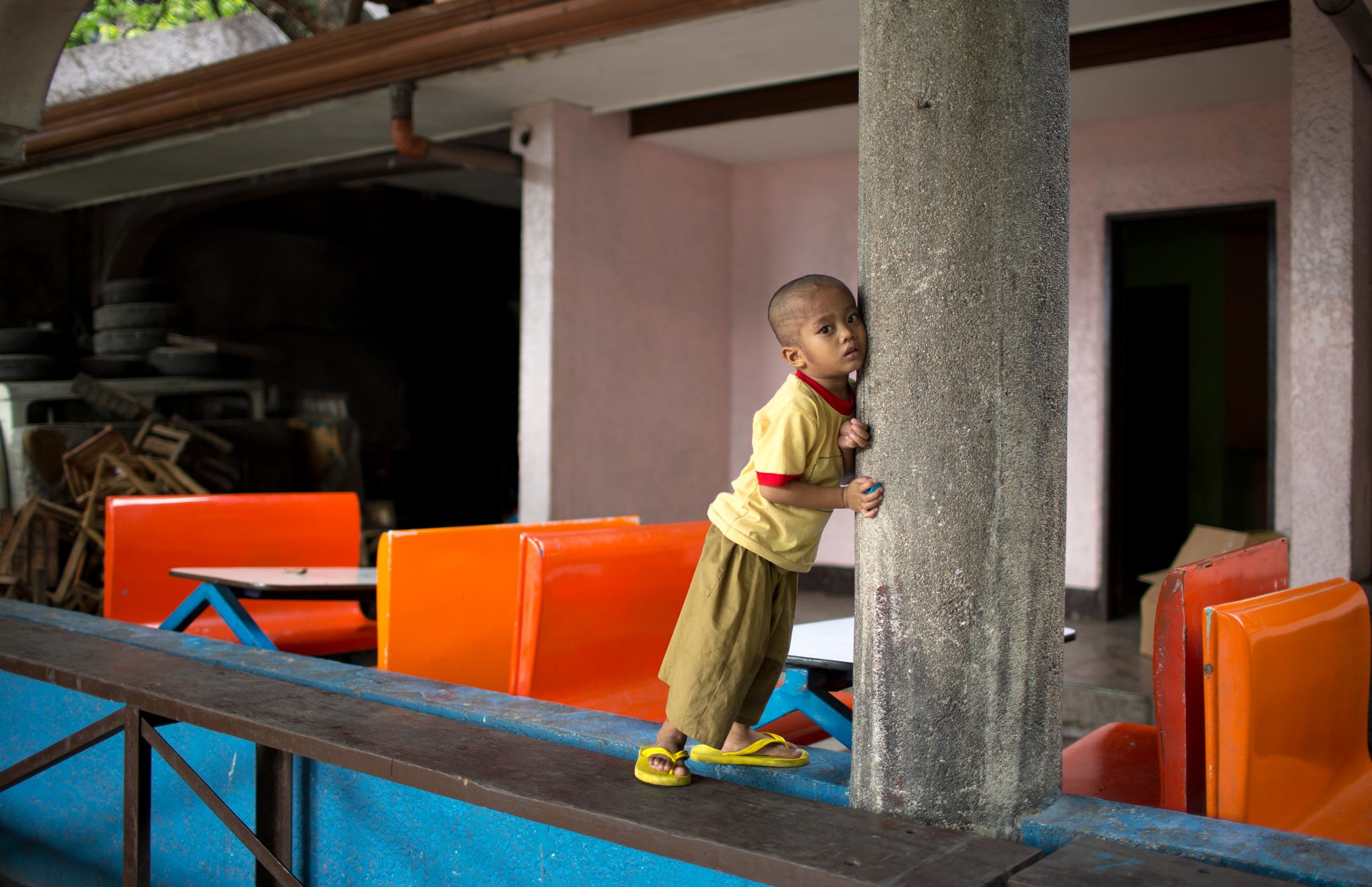
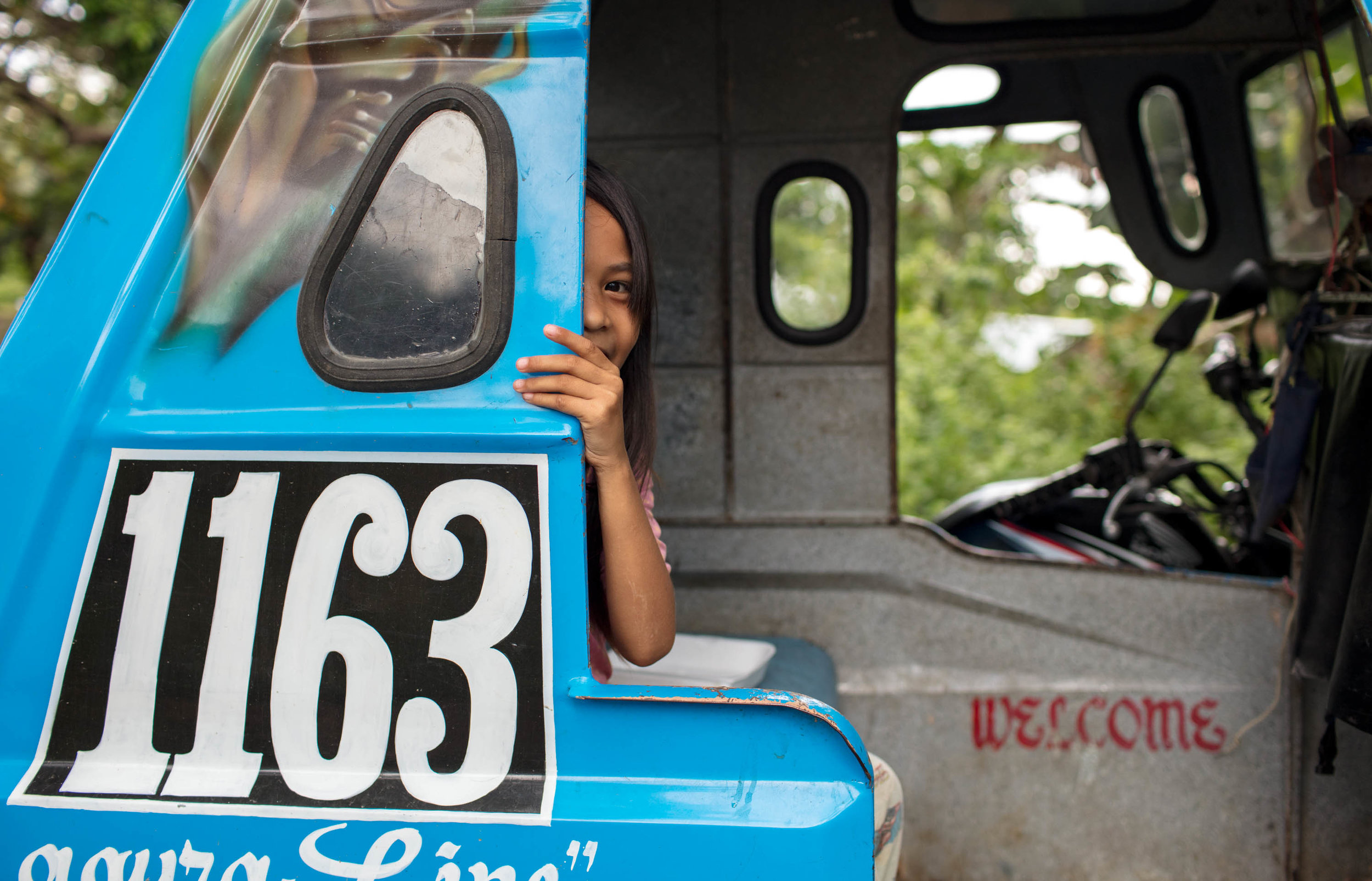
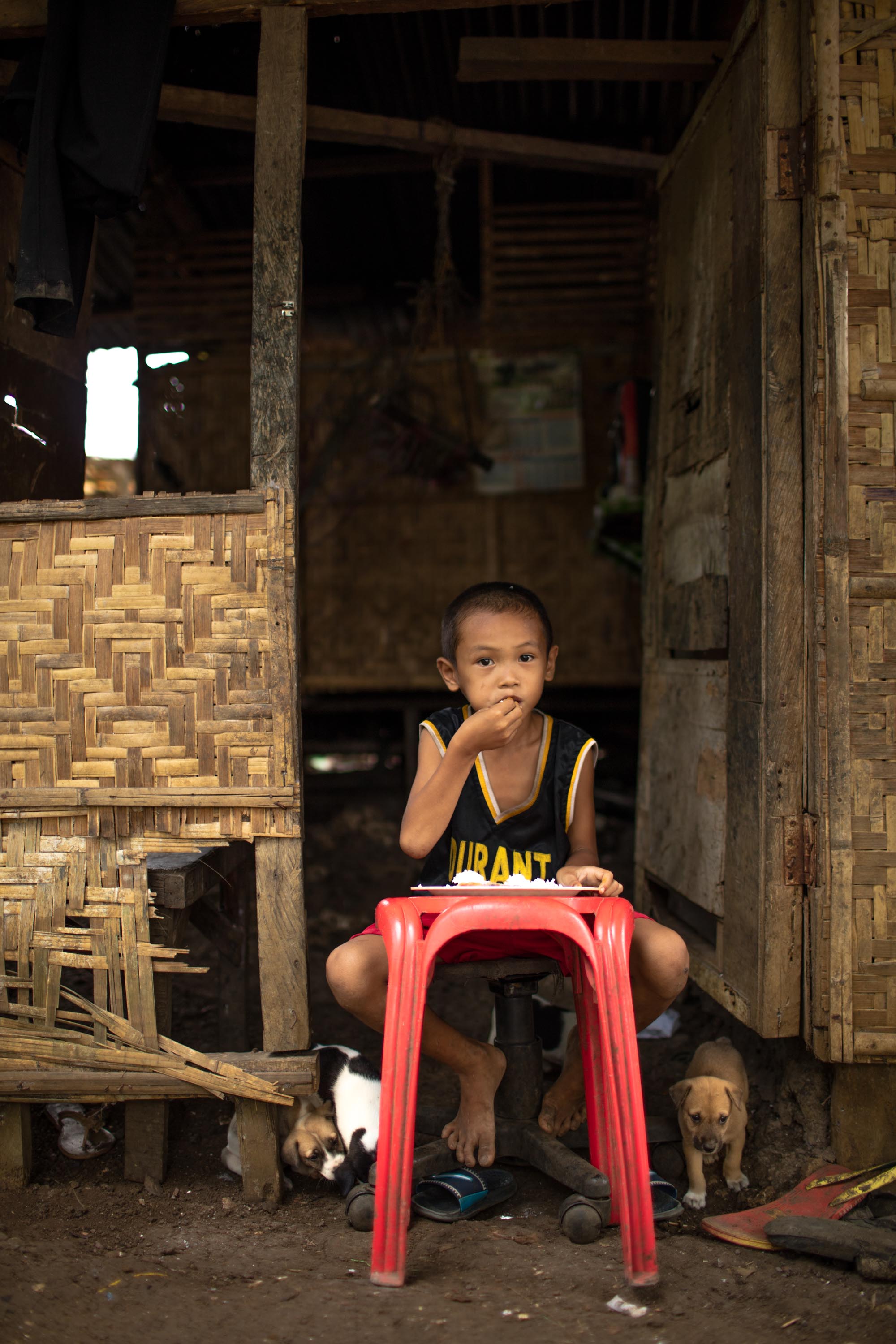
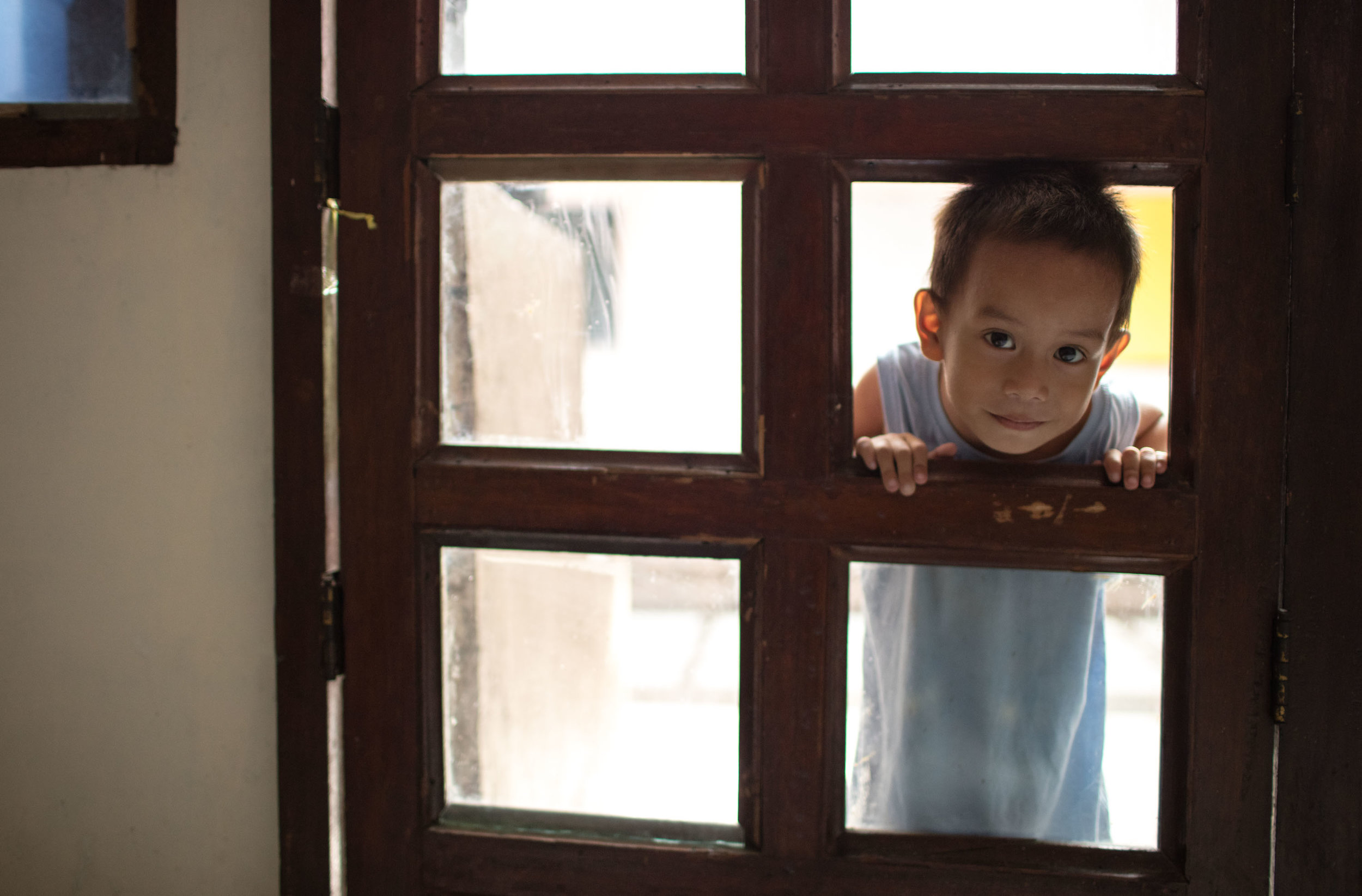
Energia Kids Project
Poverty and inequality in the Philippines remain a complex challenge. The country has lost its once great wealth due to unemployment issues and unchecked population growth and is now considered a third world country.
Approximately 21% of Filipinos live below the national poverty line, earning less than $1,982 per year. This equates to 26 million Filipinos who are poor, with 12 million lacking the means to feed themselves. Over four million families are living in unsafe, unsanitary and unsustainable conditions. 7.6% are living in extreme poverty and 10.5% are considered food poor. For every 1,000 babies born in the Philippines, 22 die before their first birthday. In comparison, the rate for Australia is 3 per 1000 babies born. Five of the nine basic sectors have higher poverty rates than the general population: farmers (34.3 percent), fishermen (34.0), children belonging to families with income below the official poverty threshold (31.4), self-employed and unpaid family workers (25.0) and women belonging to poor families (22.5).
The rich get richer and the poor get poorer due to the inequality in income distribution and a high rate of corruption amongst people in power. A lack of quality education and lack of jobs are also a large factor in poverty. Overpopulation also contributes hugely, with the majority Catholic country doing little family planning, meaning more mouths to feed on low incomes and less jobs. Child labour instead of attending school being another one of the effects. Another flow on effect is poor health due to sub standard living conditions and not being able to fulfil dietary requirements.
This series is a documentation of some of the residents of the Philippines. I spent time with the Energia Kids Program; a great group of friends with no funding that are based in Australia and travel regularly to the Philippines and have been feeding and helping Filipinos for the past 3 years. I made these photographs at a local school, a squatters community and an orphanage, to help tell the story of the people that they help.
The scary part is that the people involved in this project were randomly selected. I didn’t chose people based on prior knowledge of their situation. Which leaves you to think what other stories are left untold if these are just 16 out of the few hundred people I saw.
I gave minimal direction when photographing all the subjects and I feel that these are true and honest depictions of the people I met.
